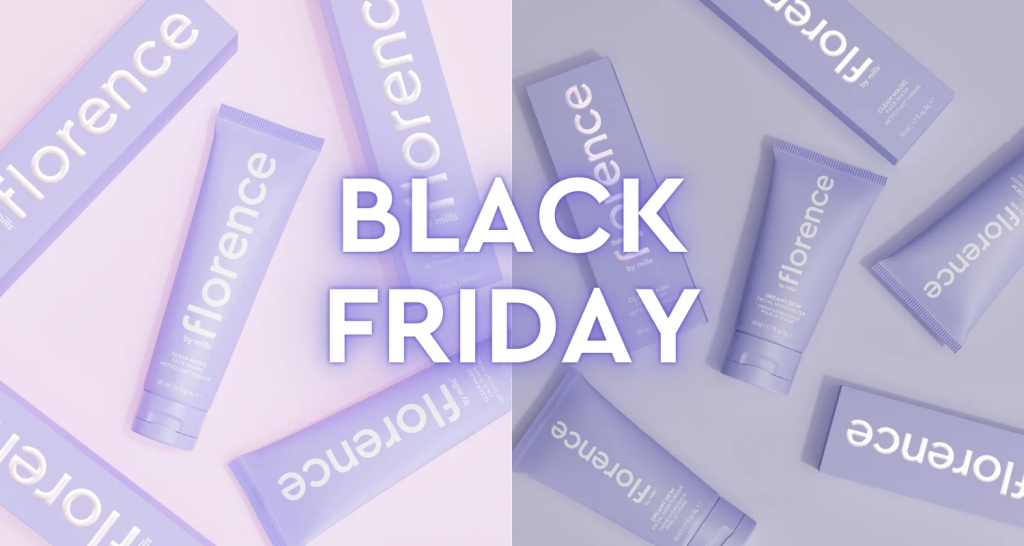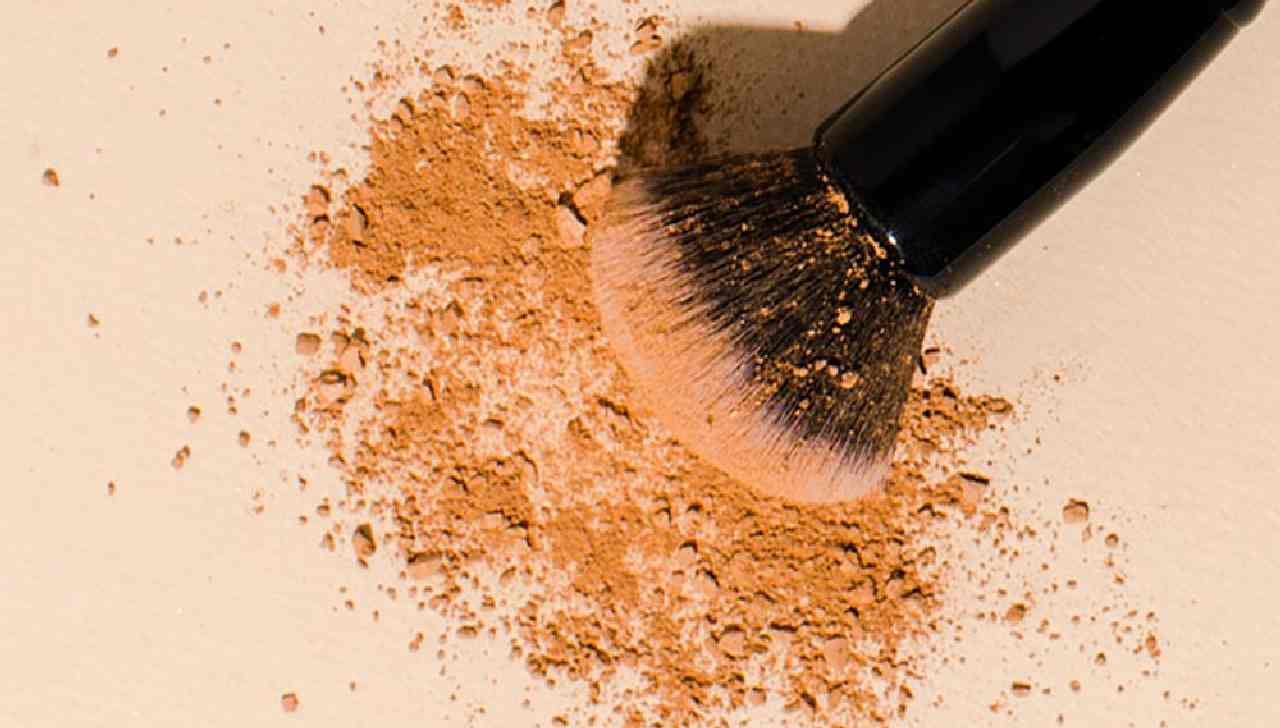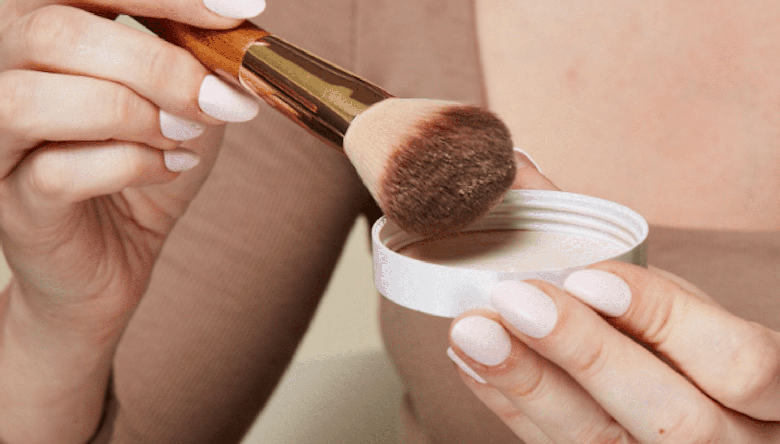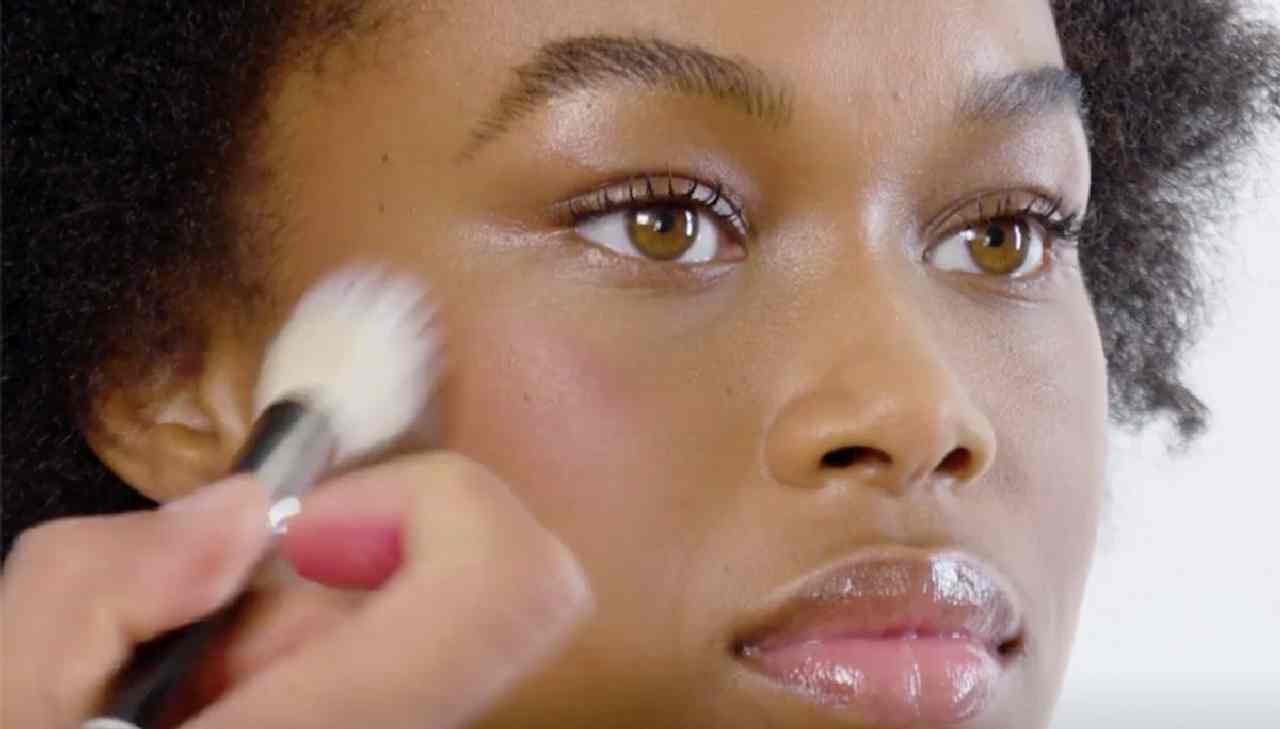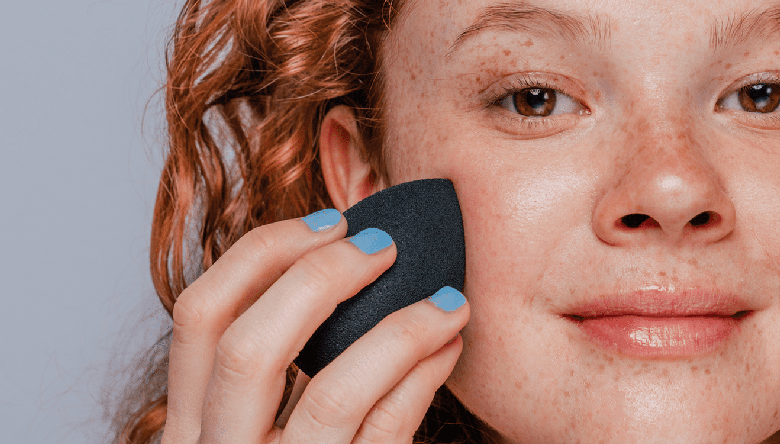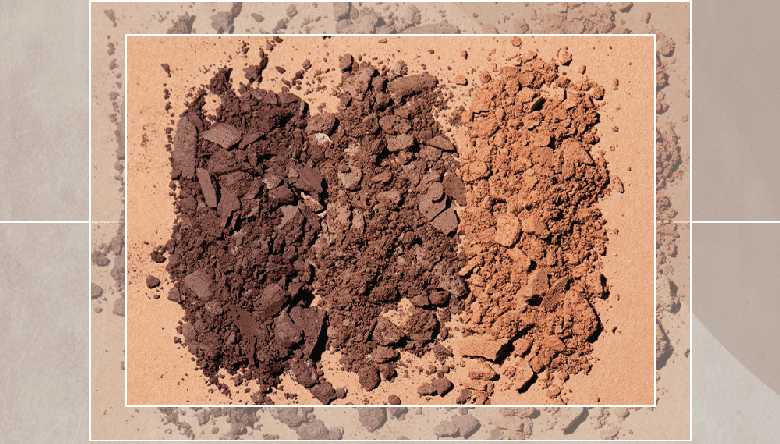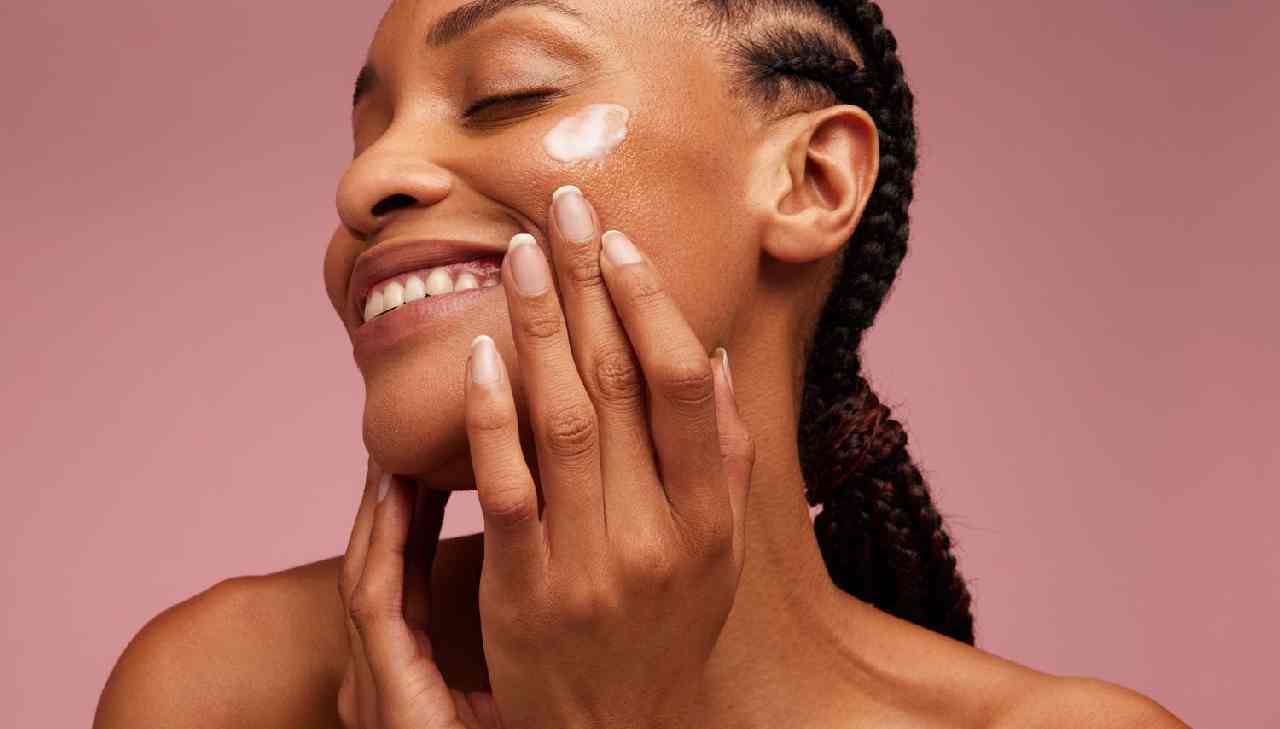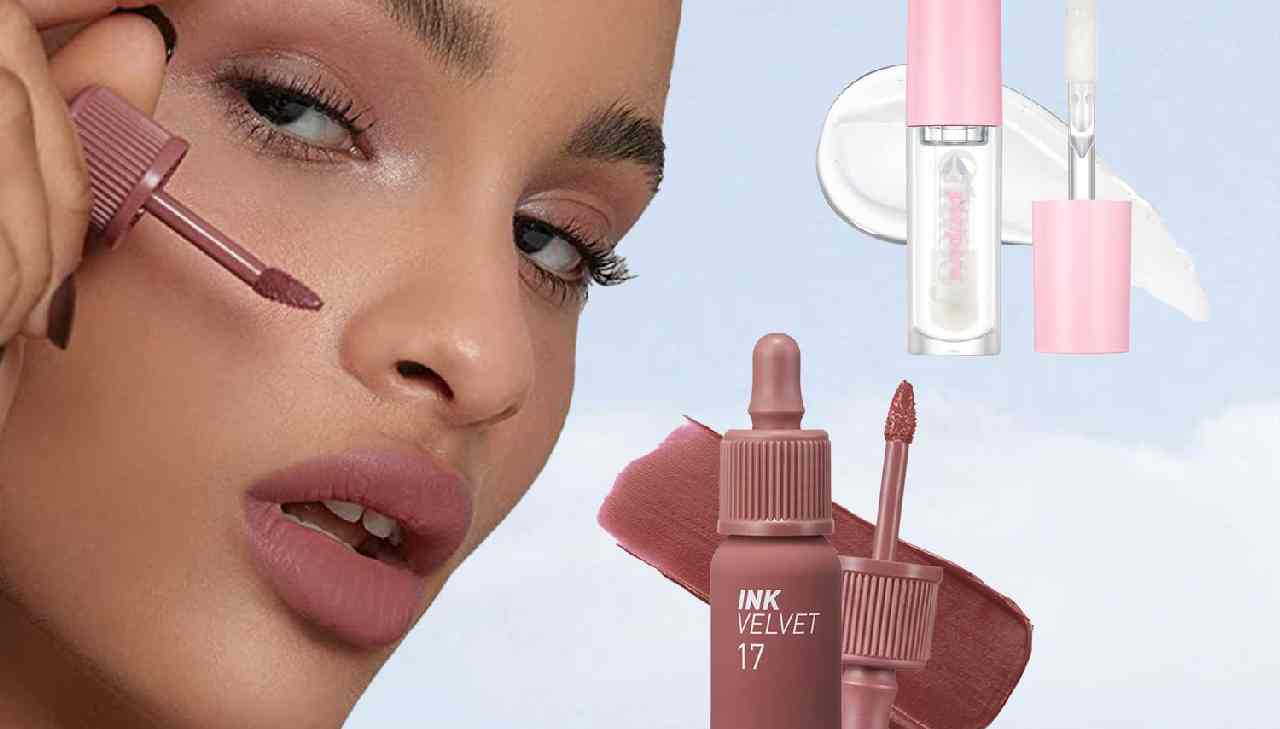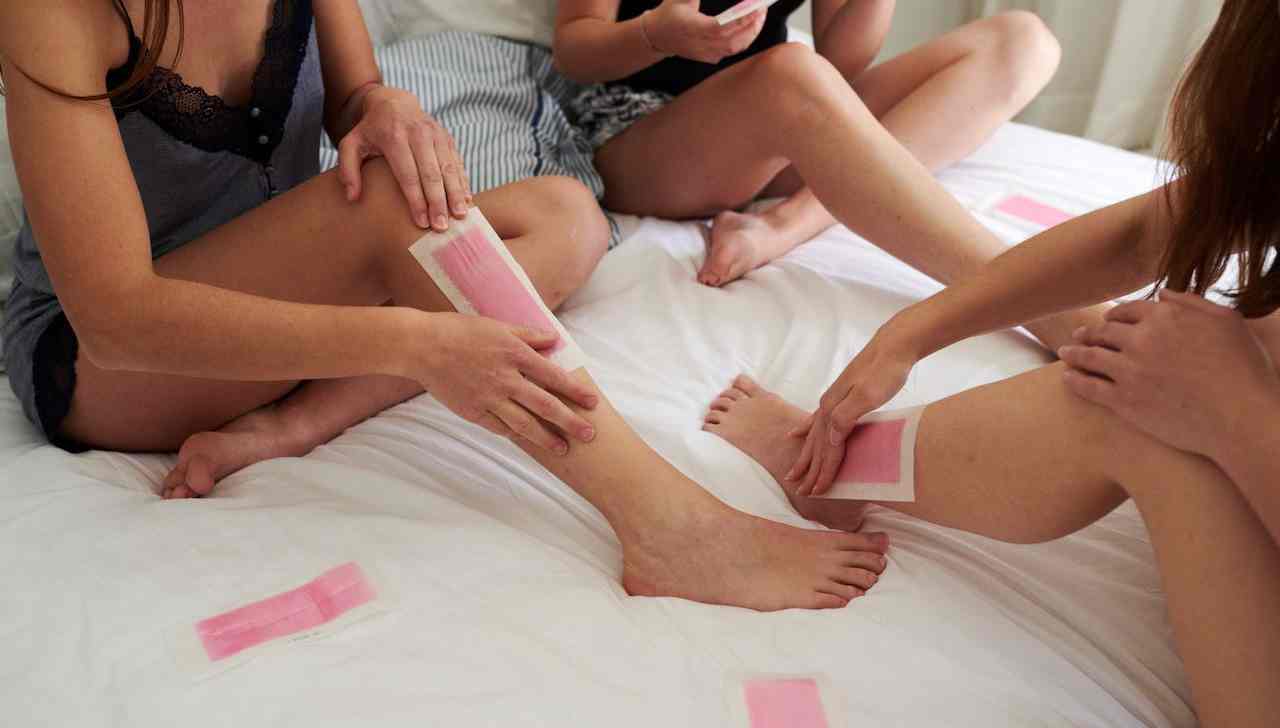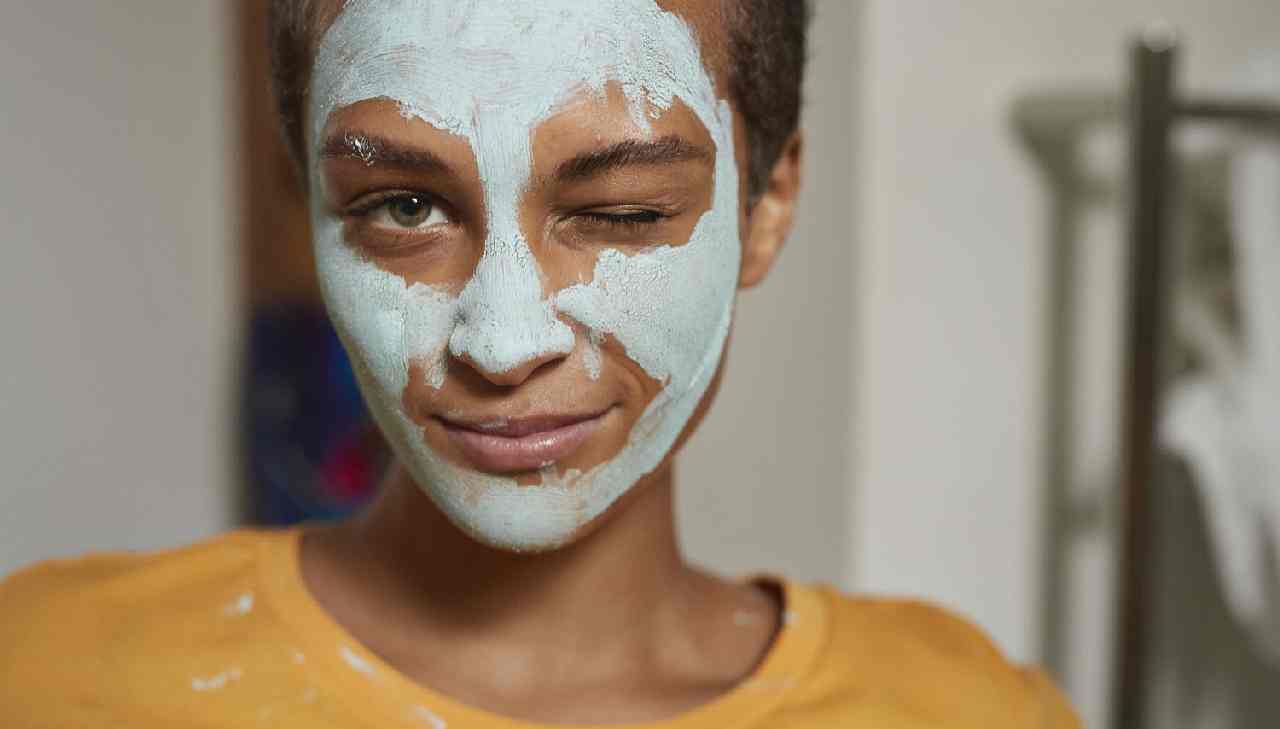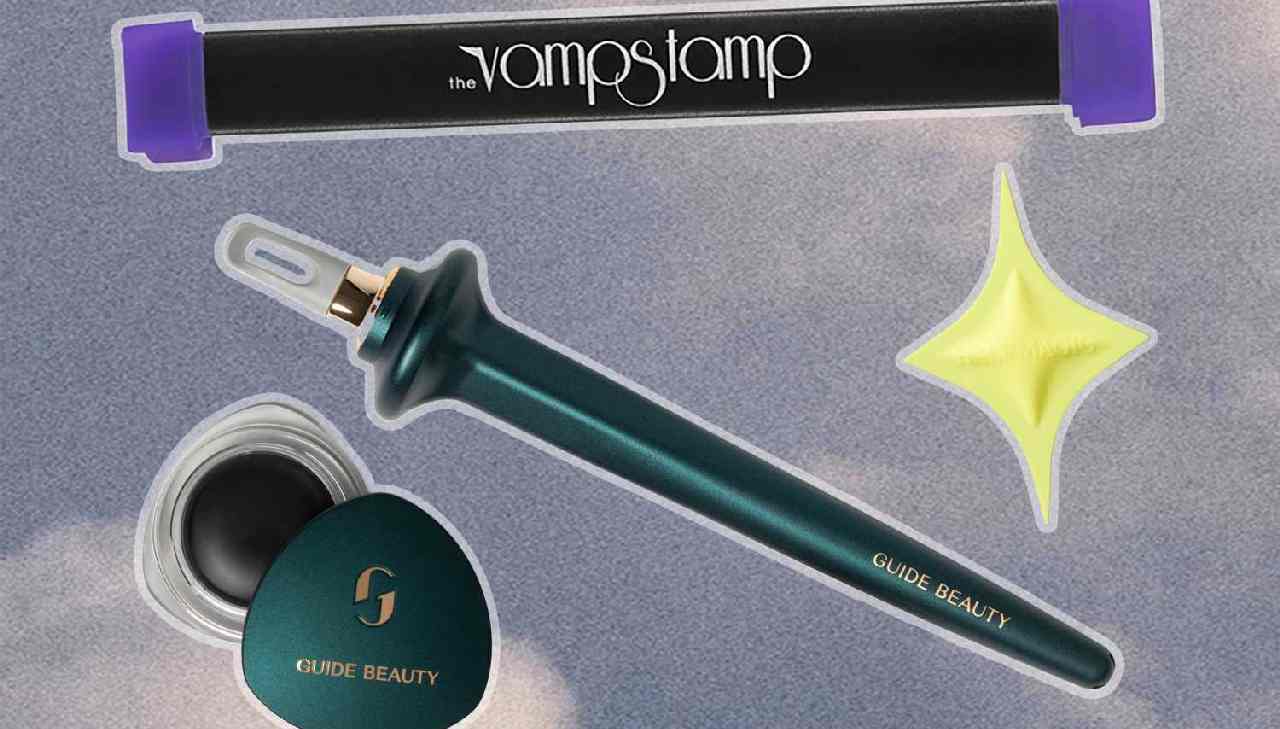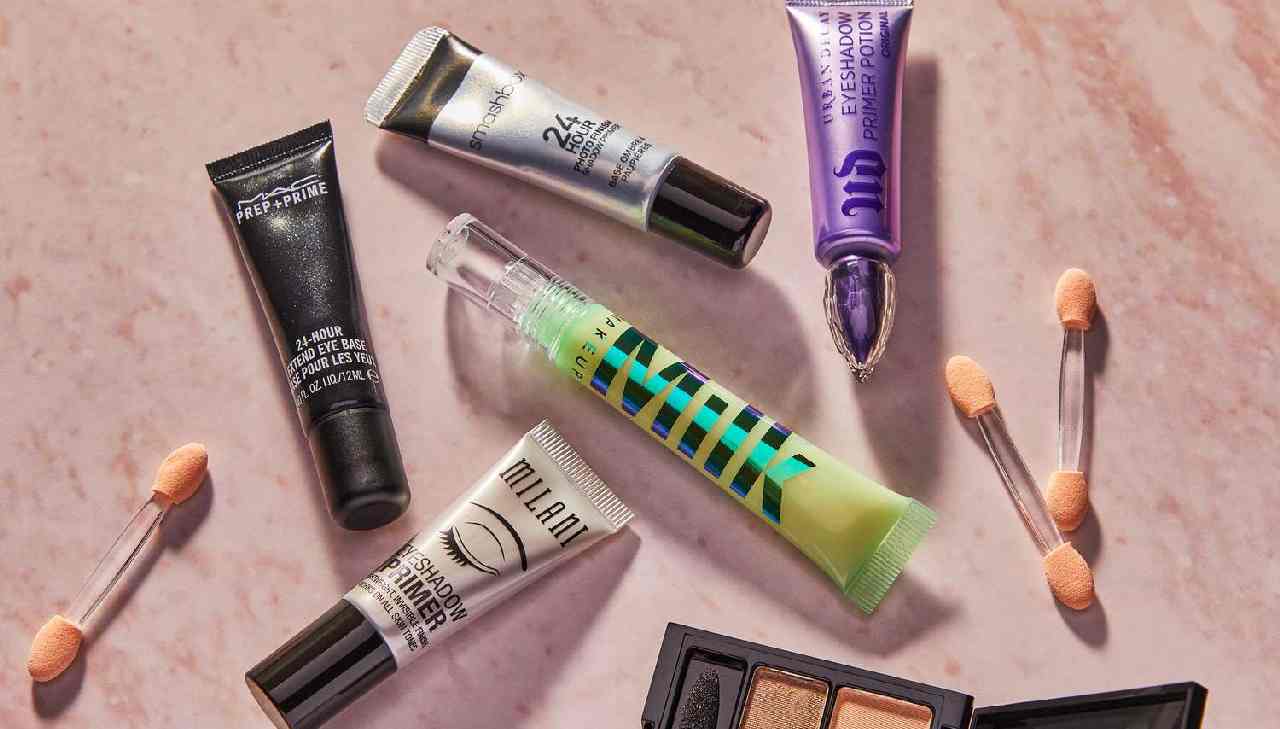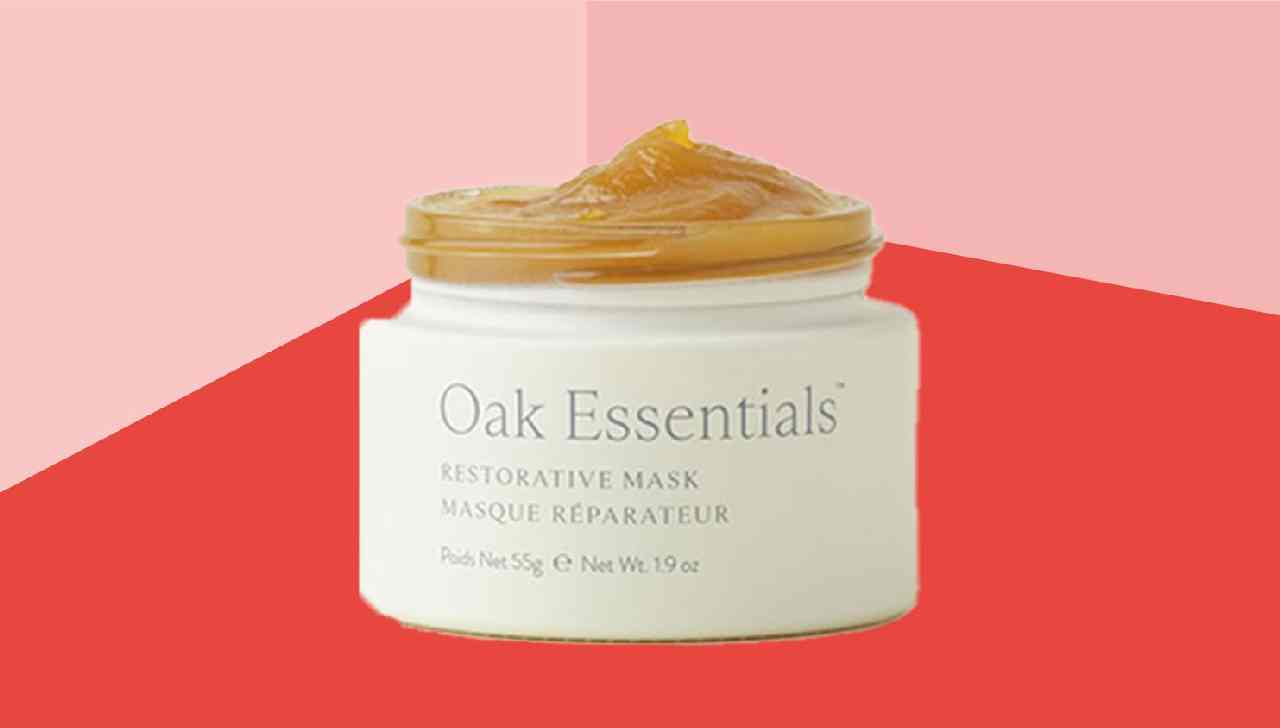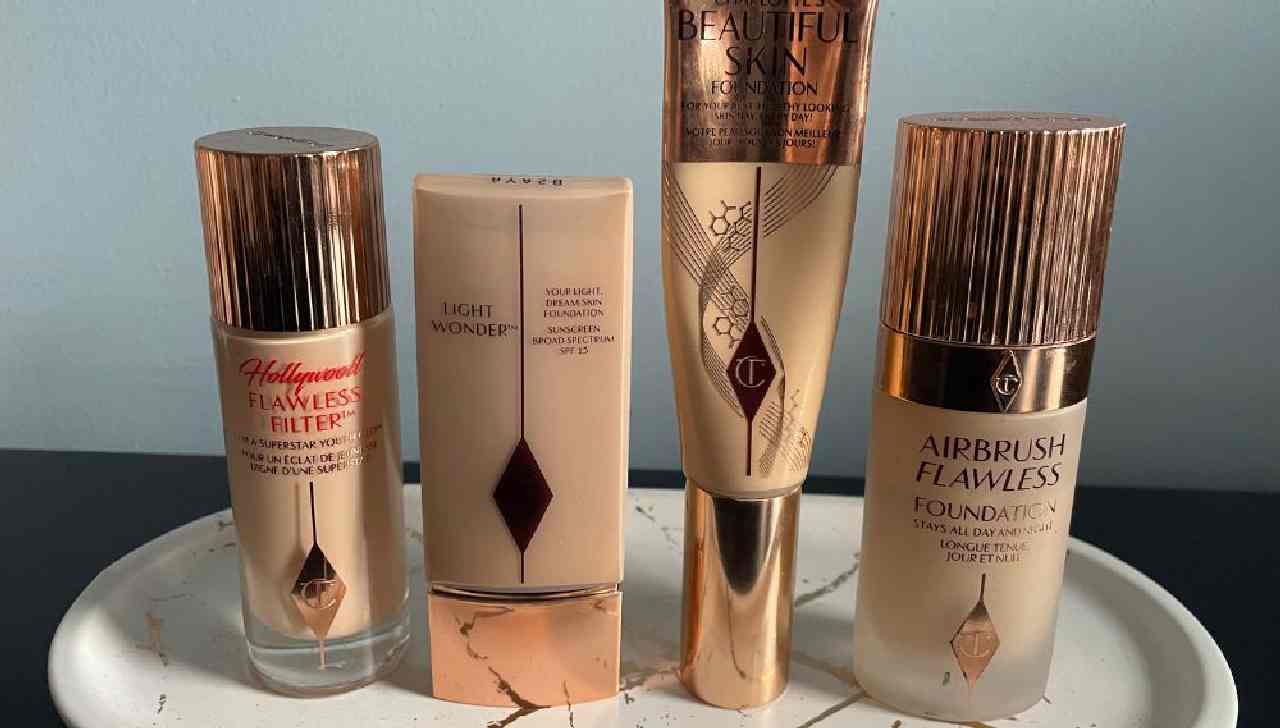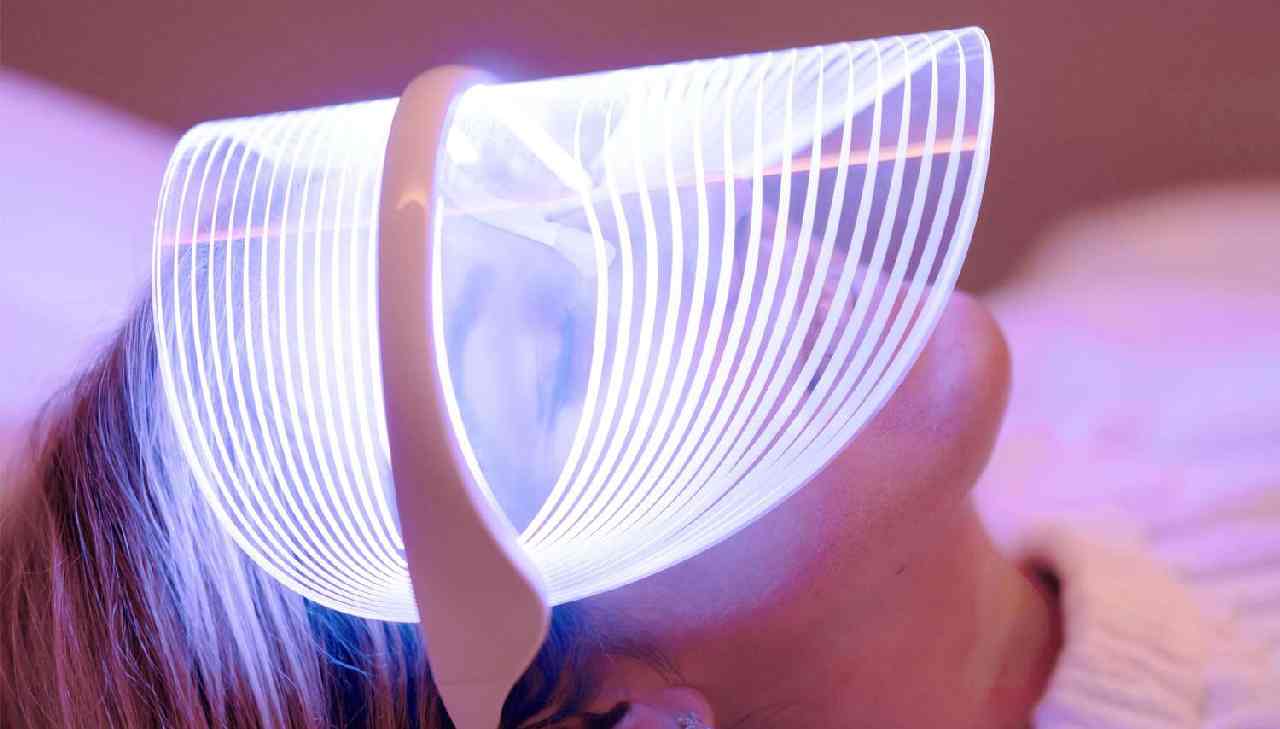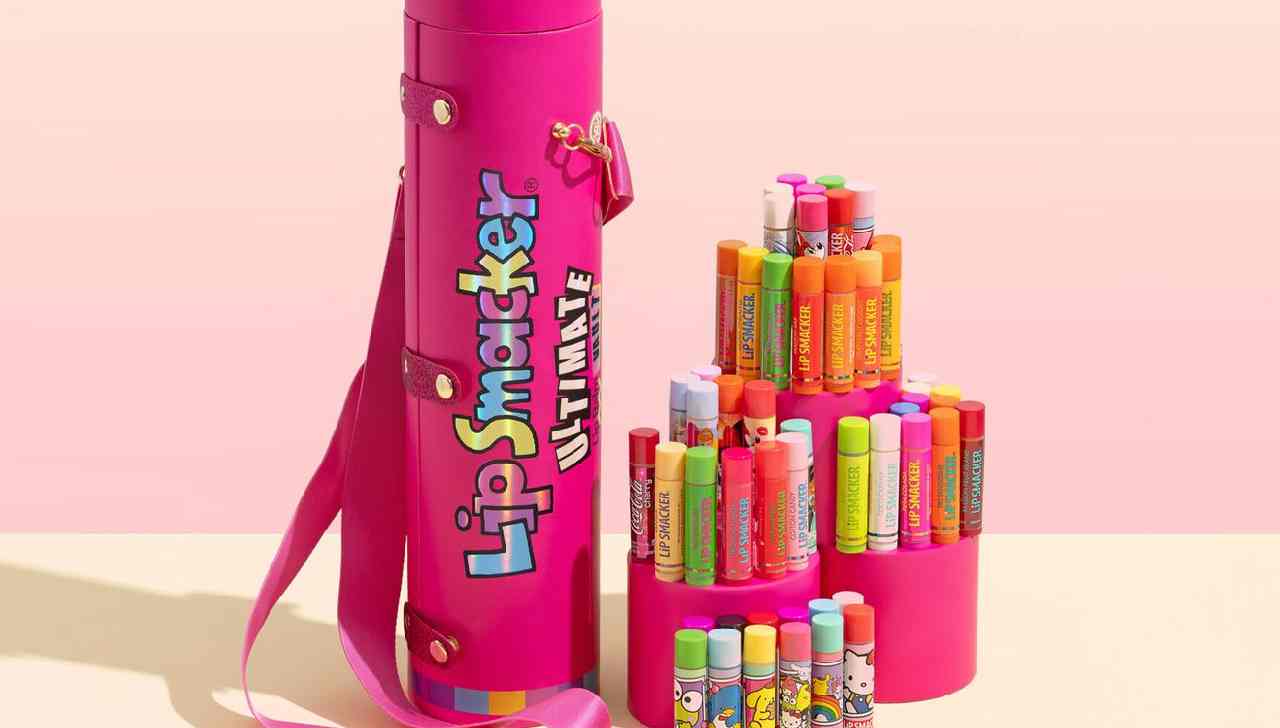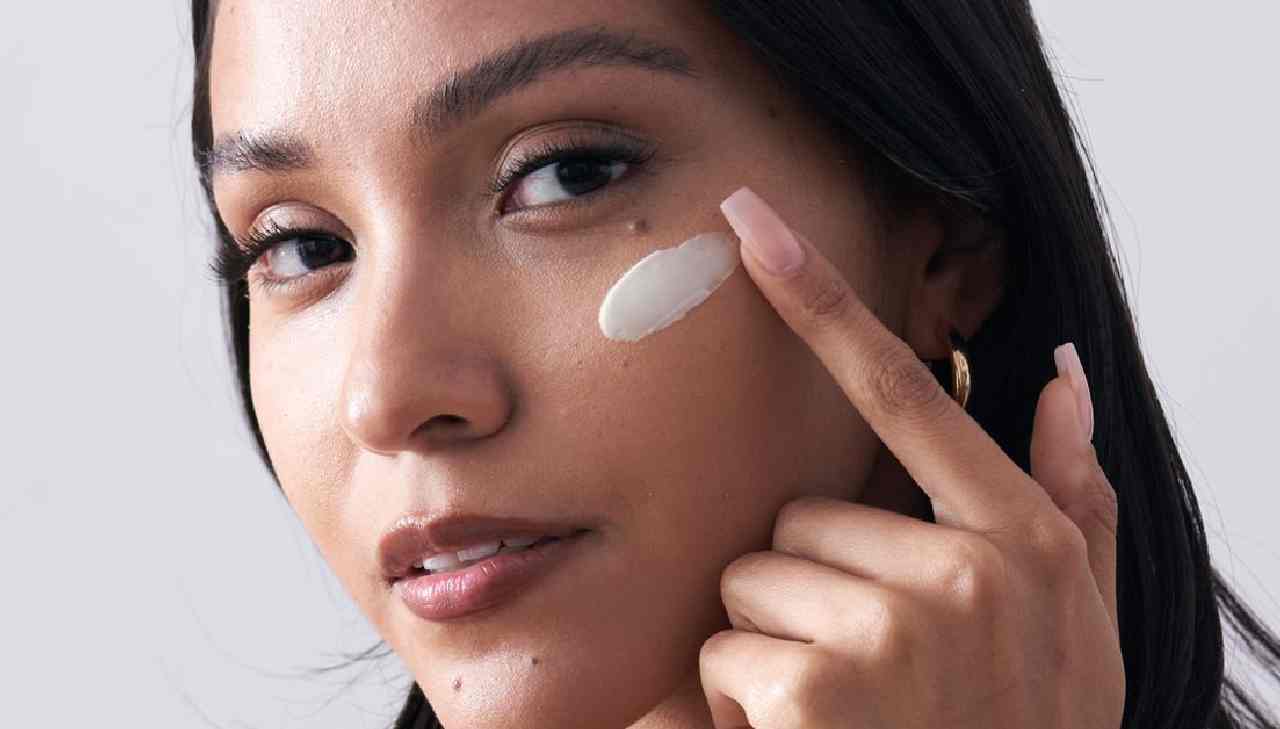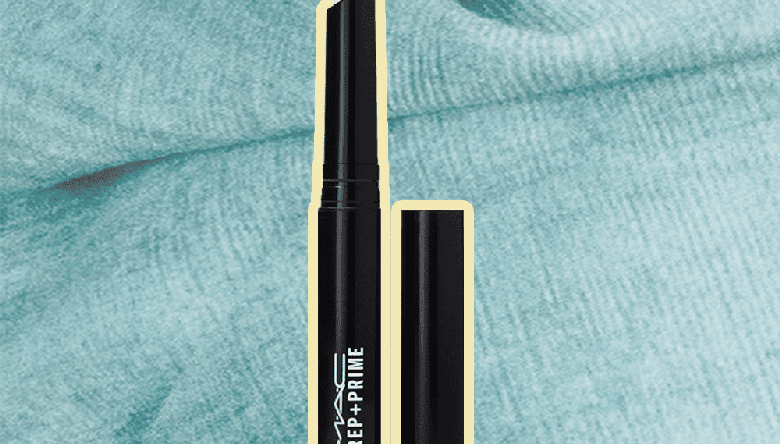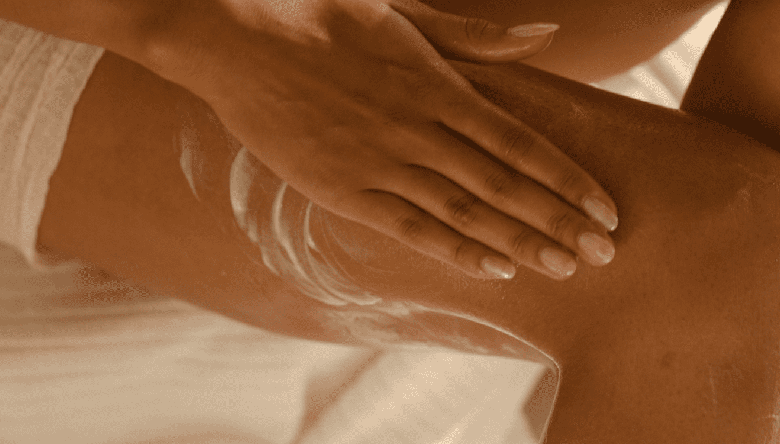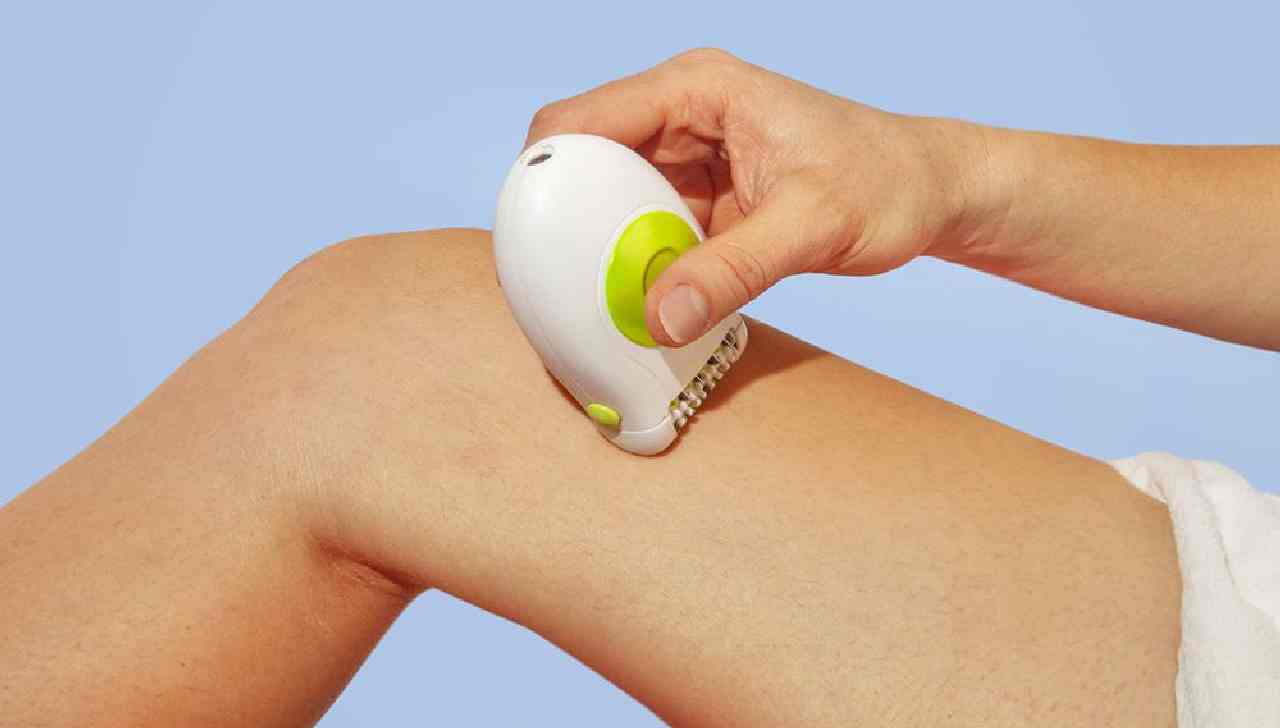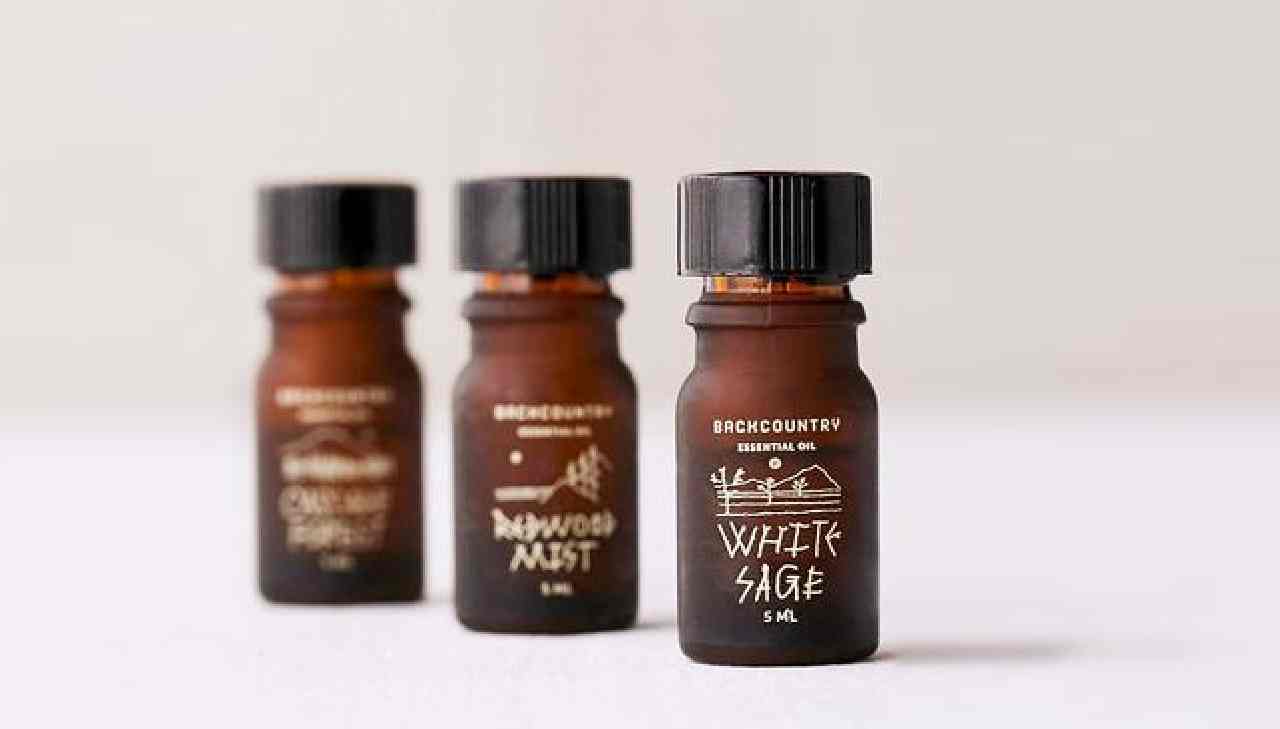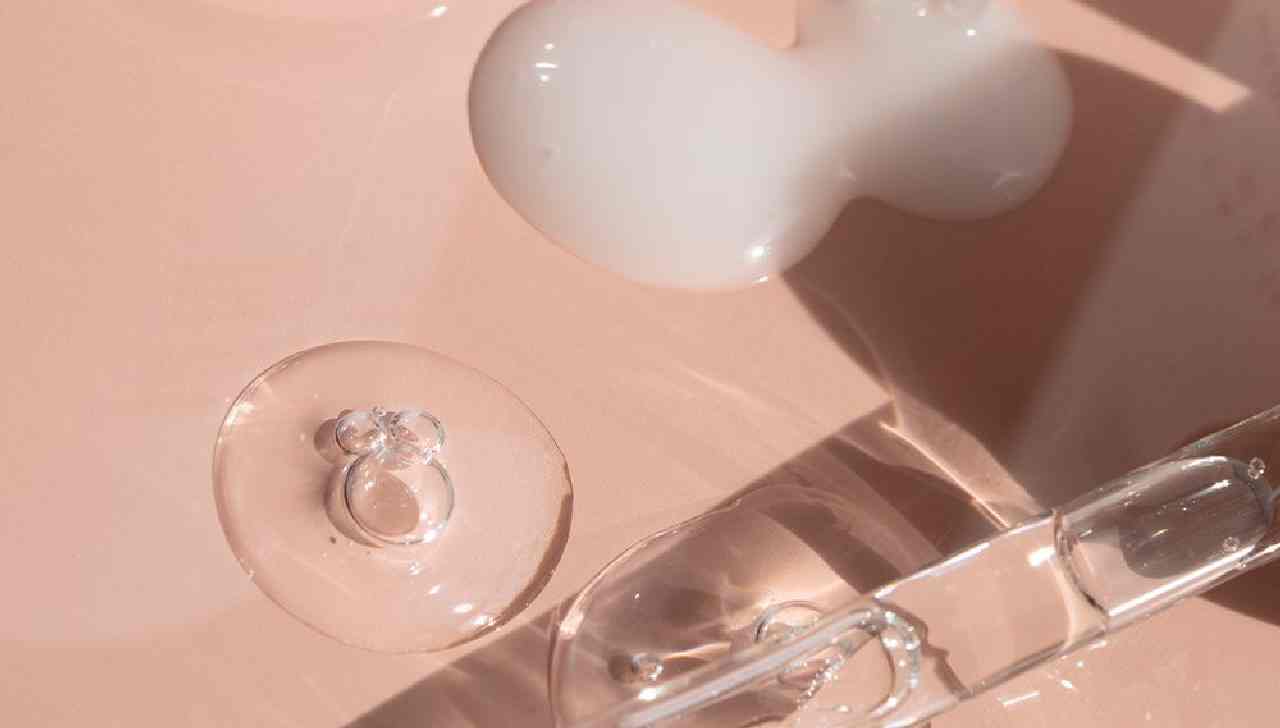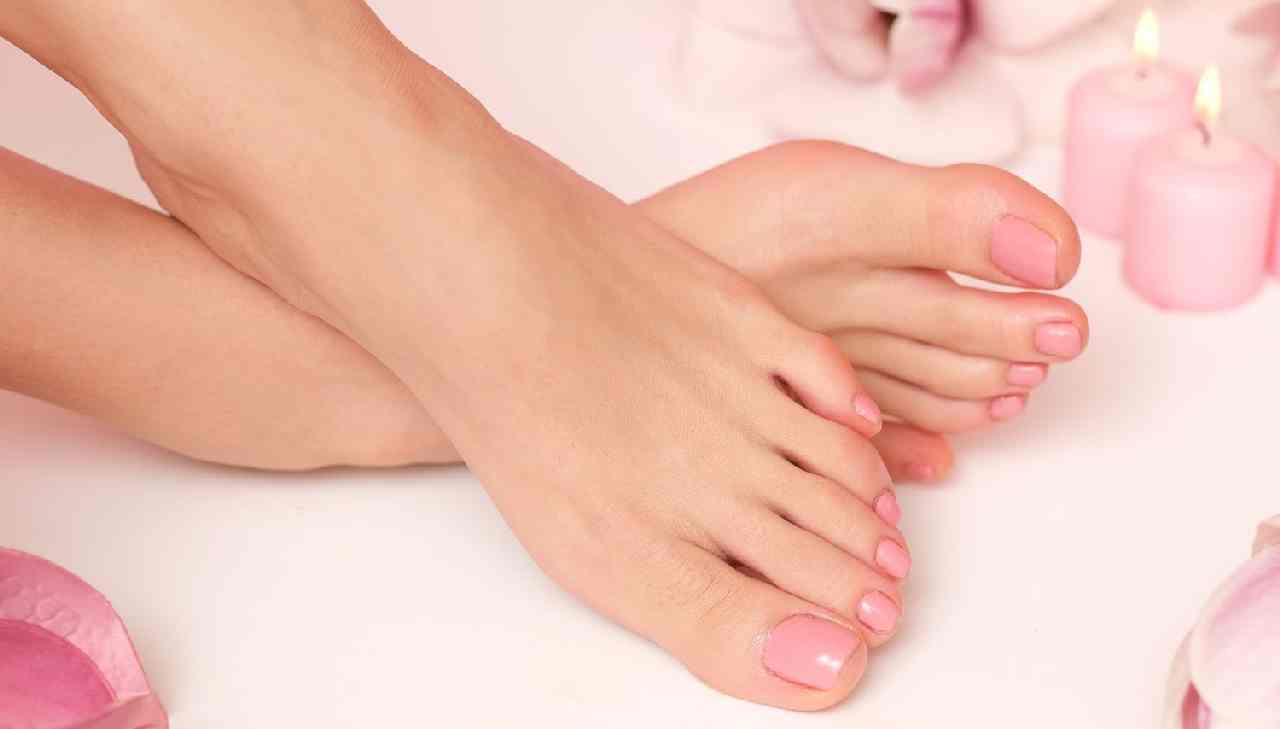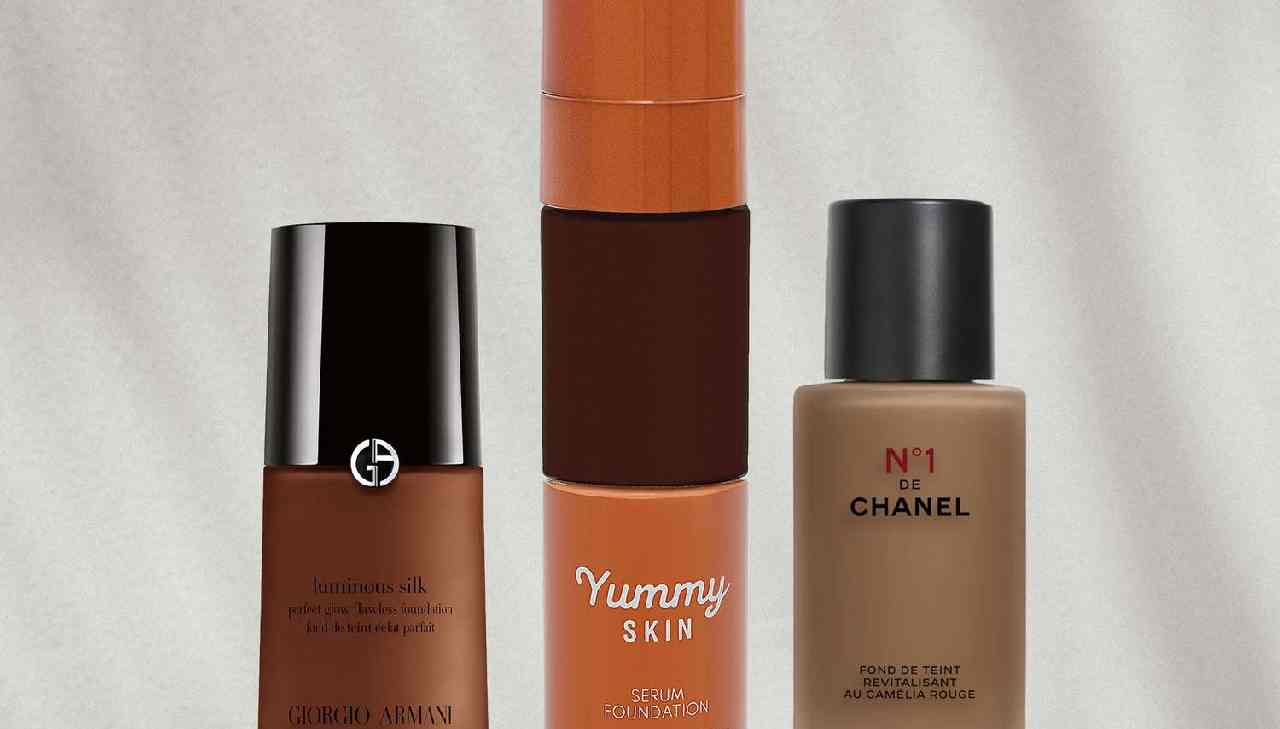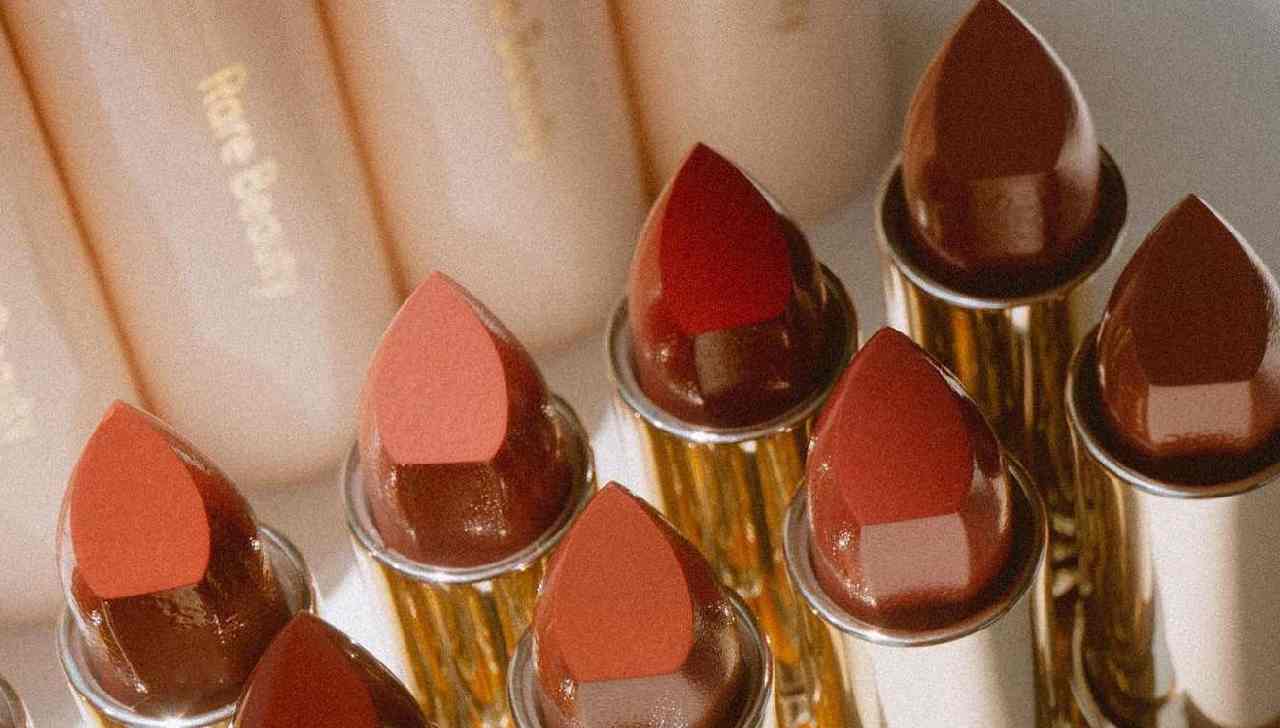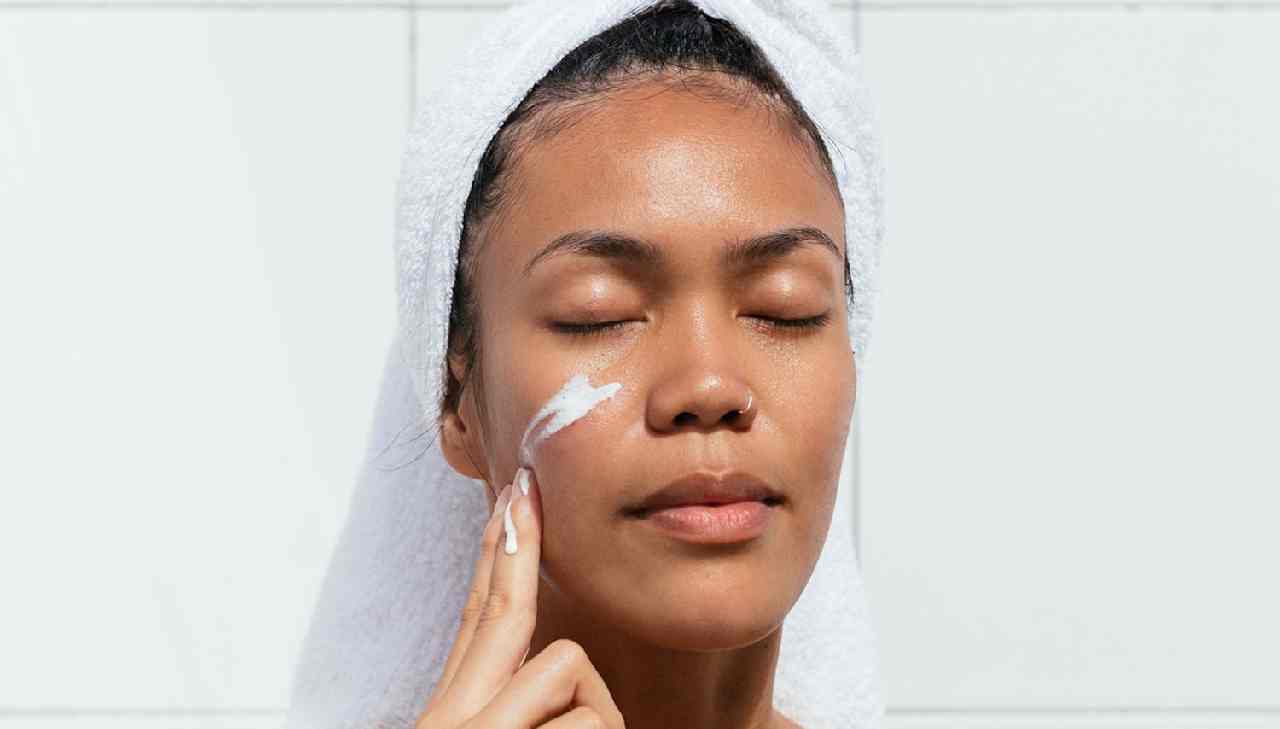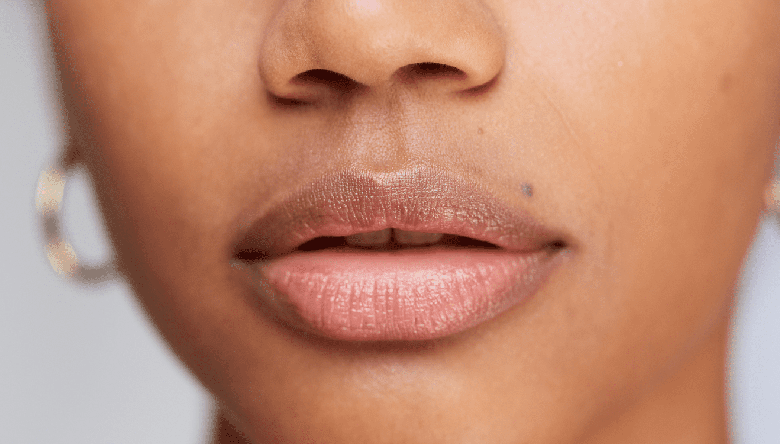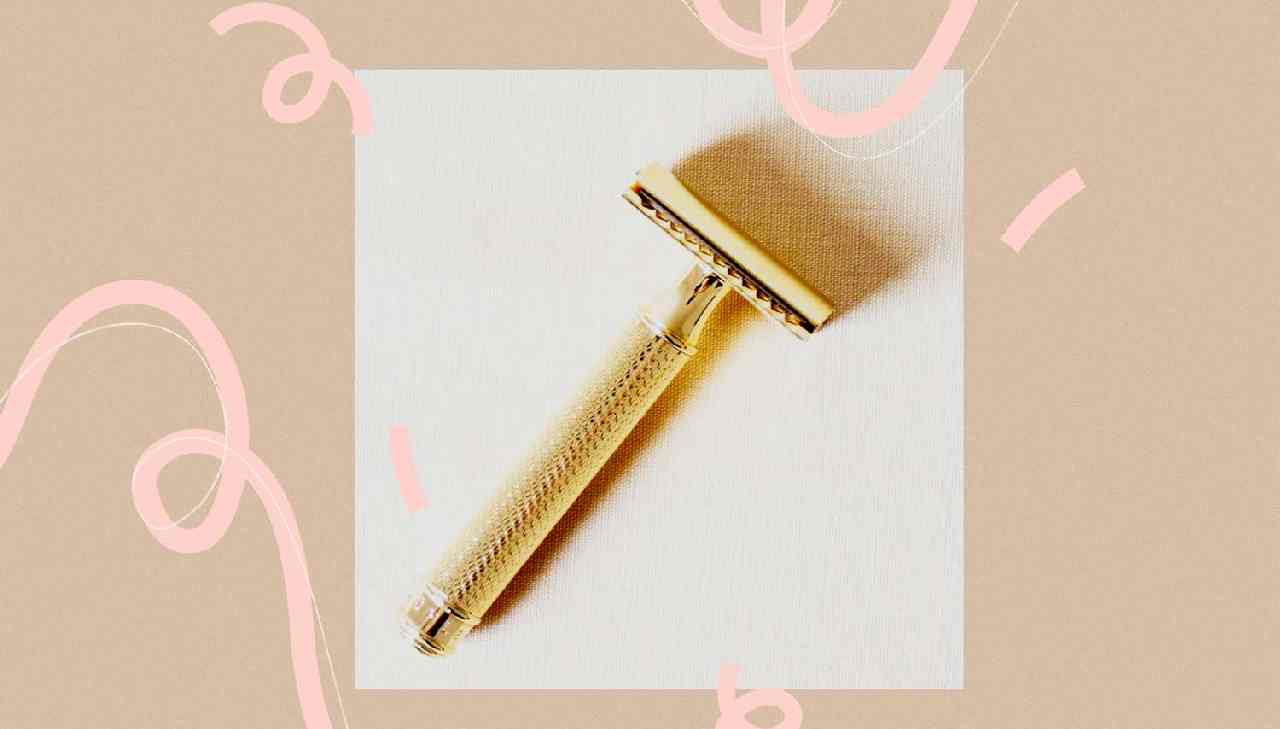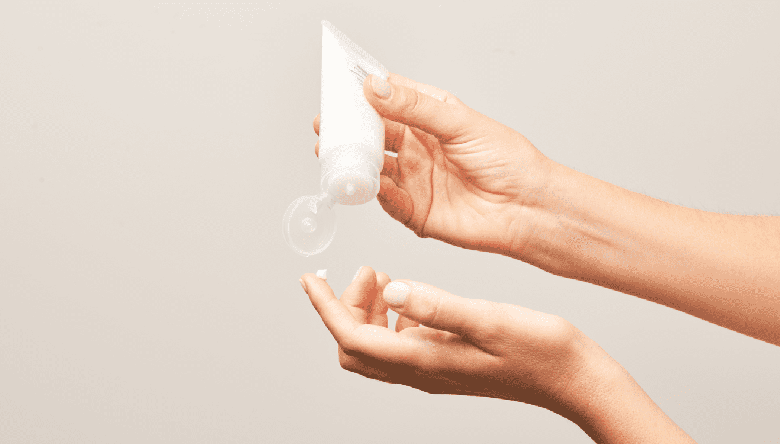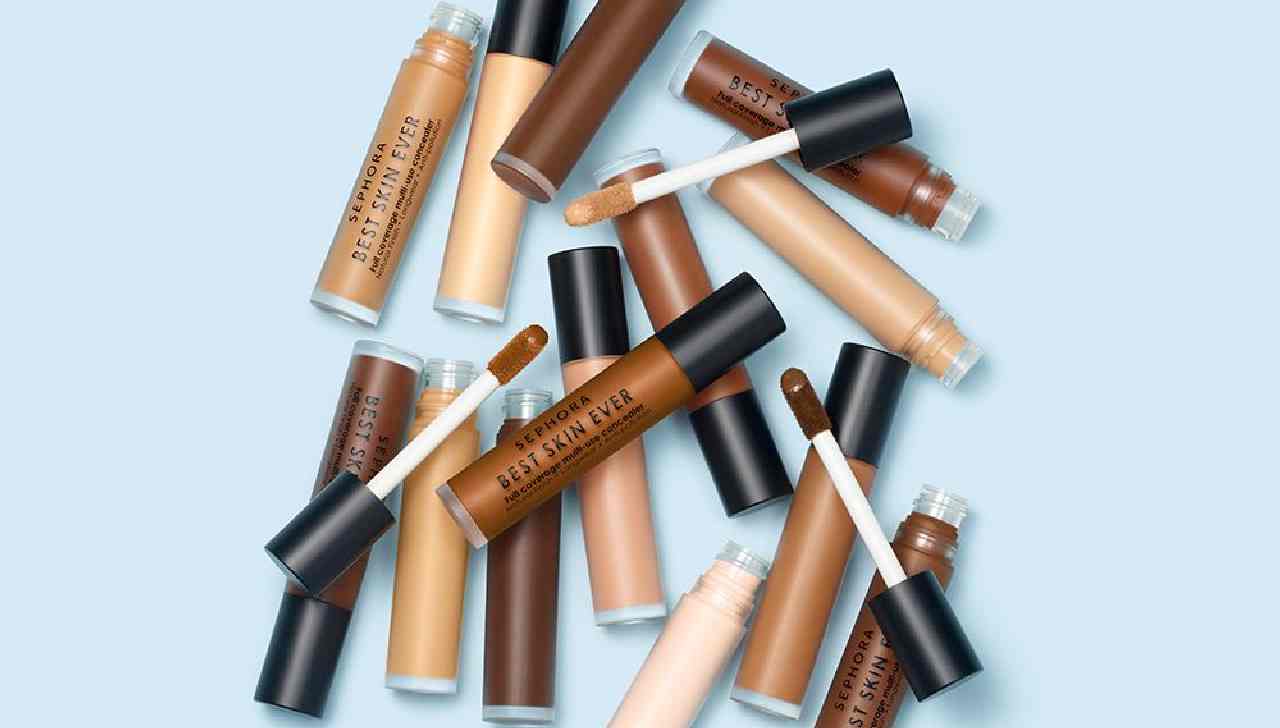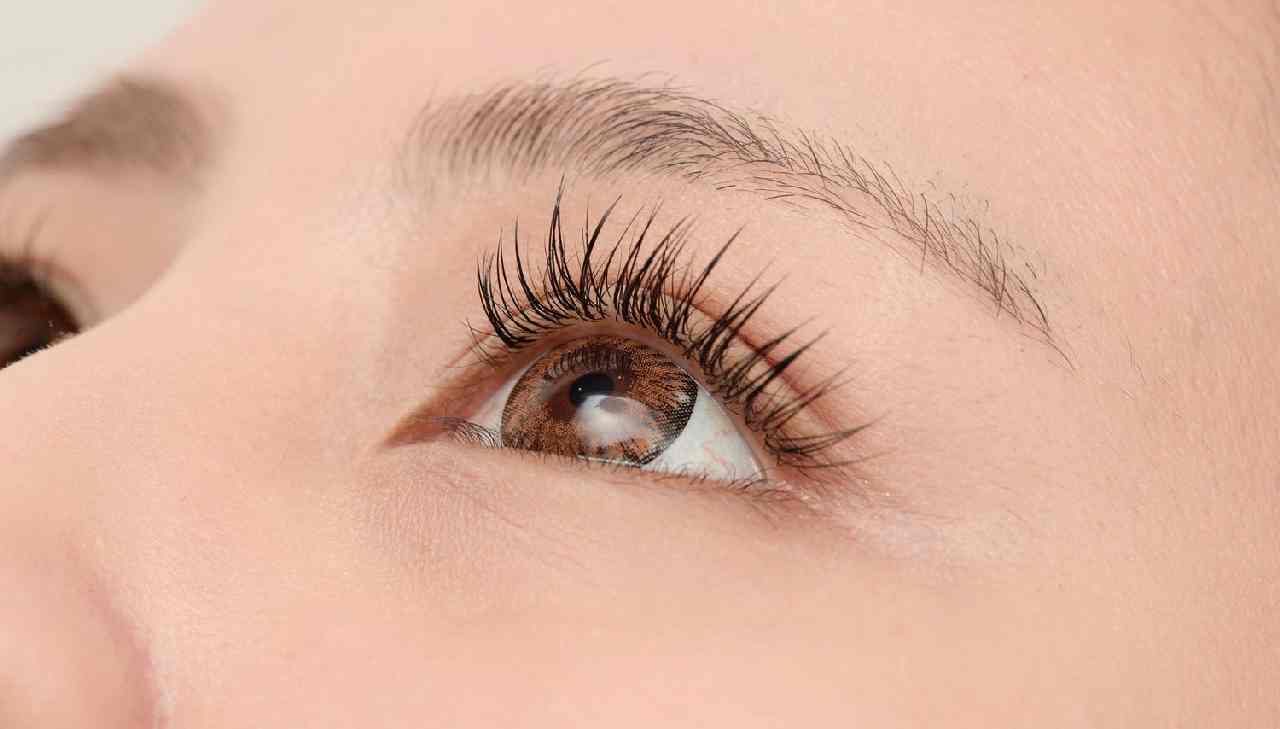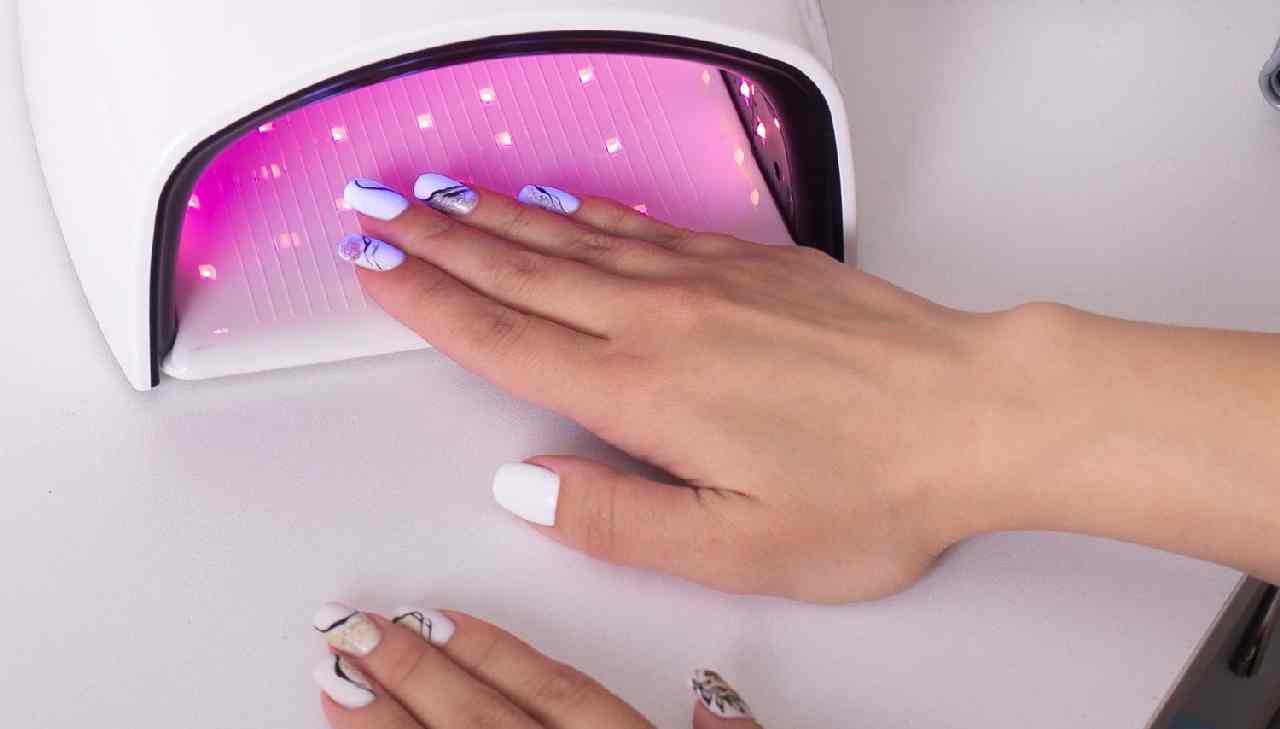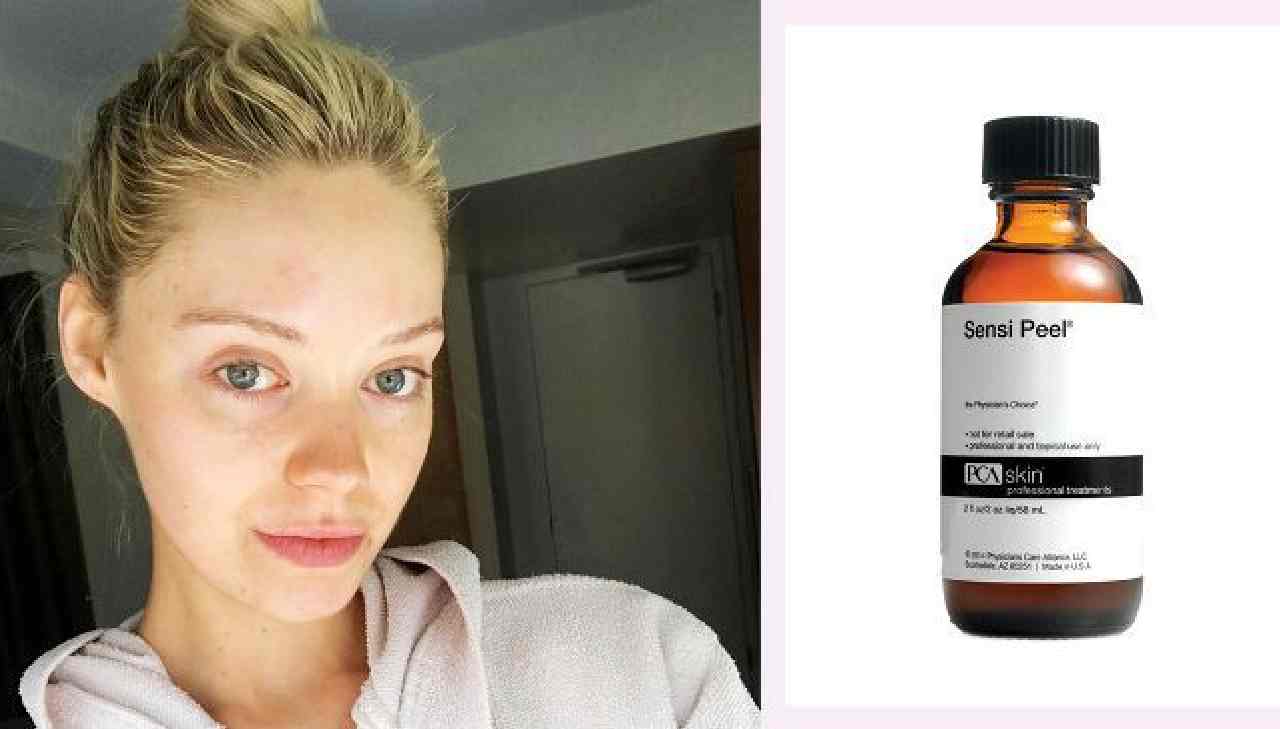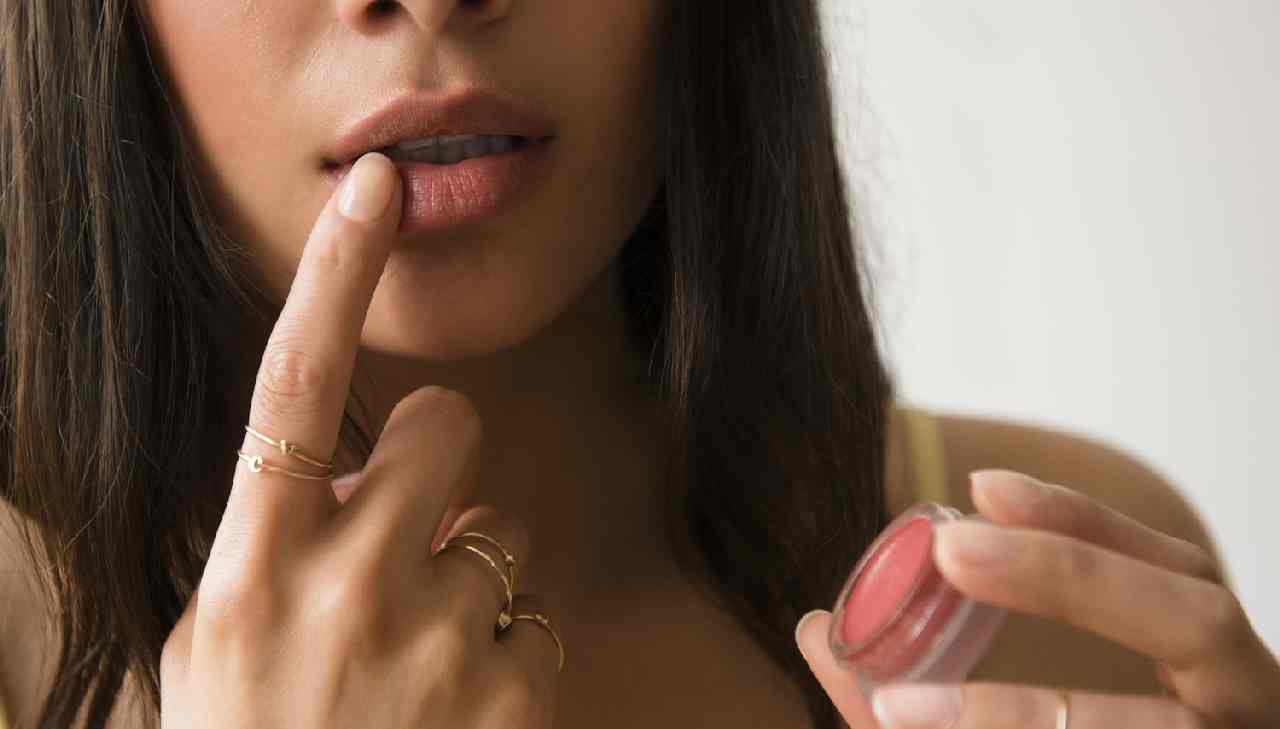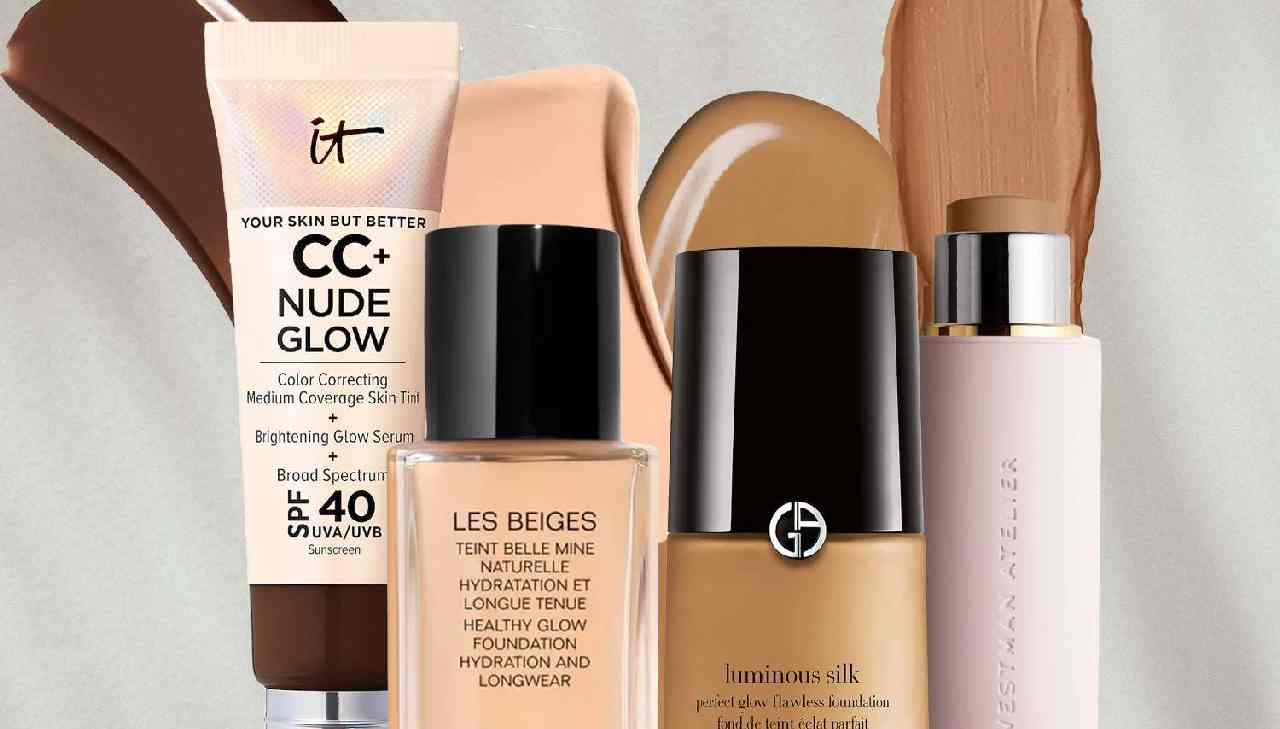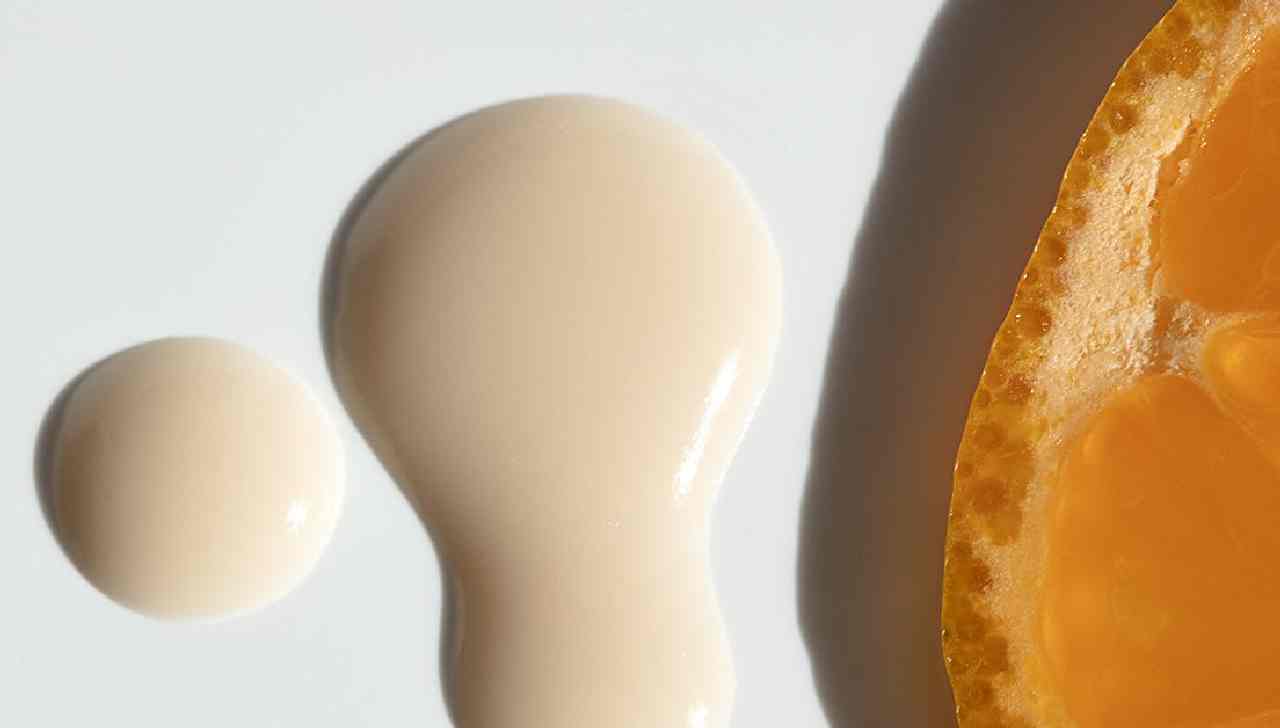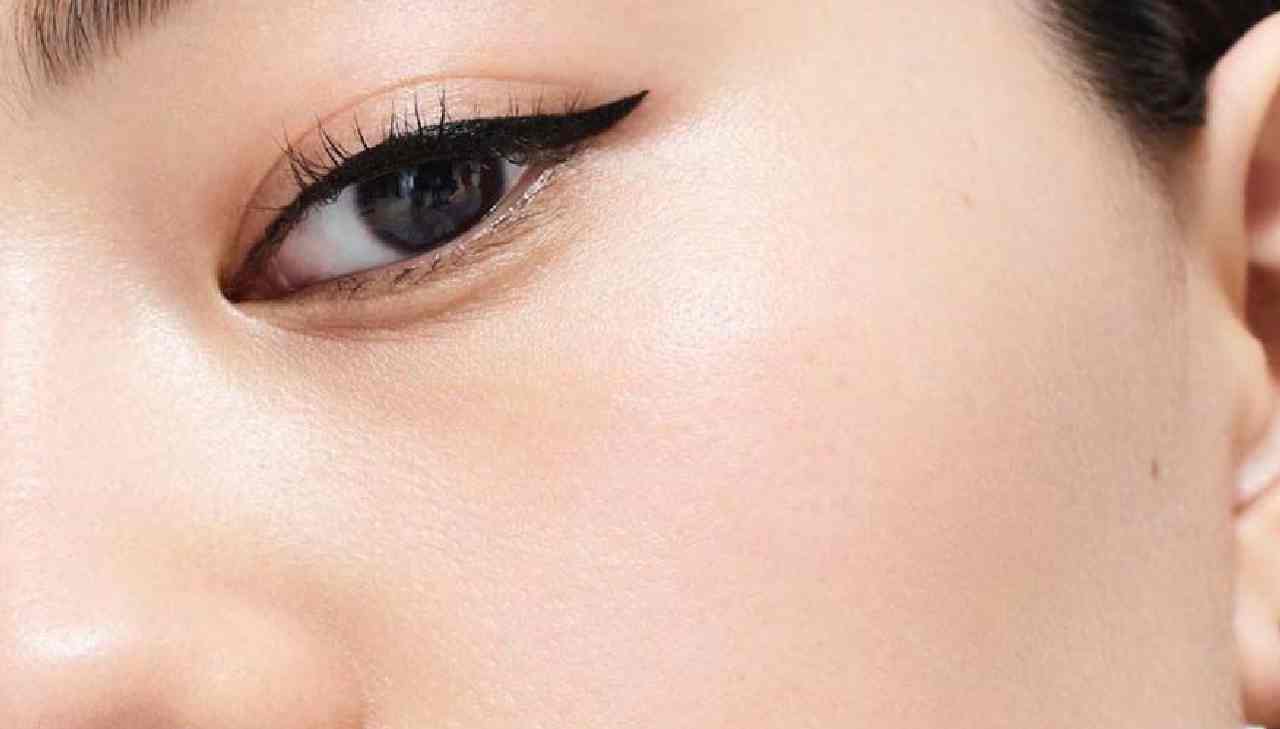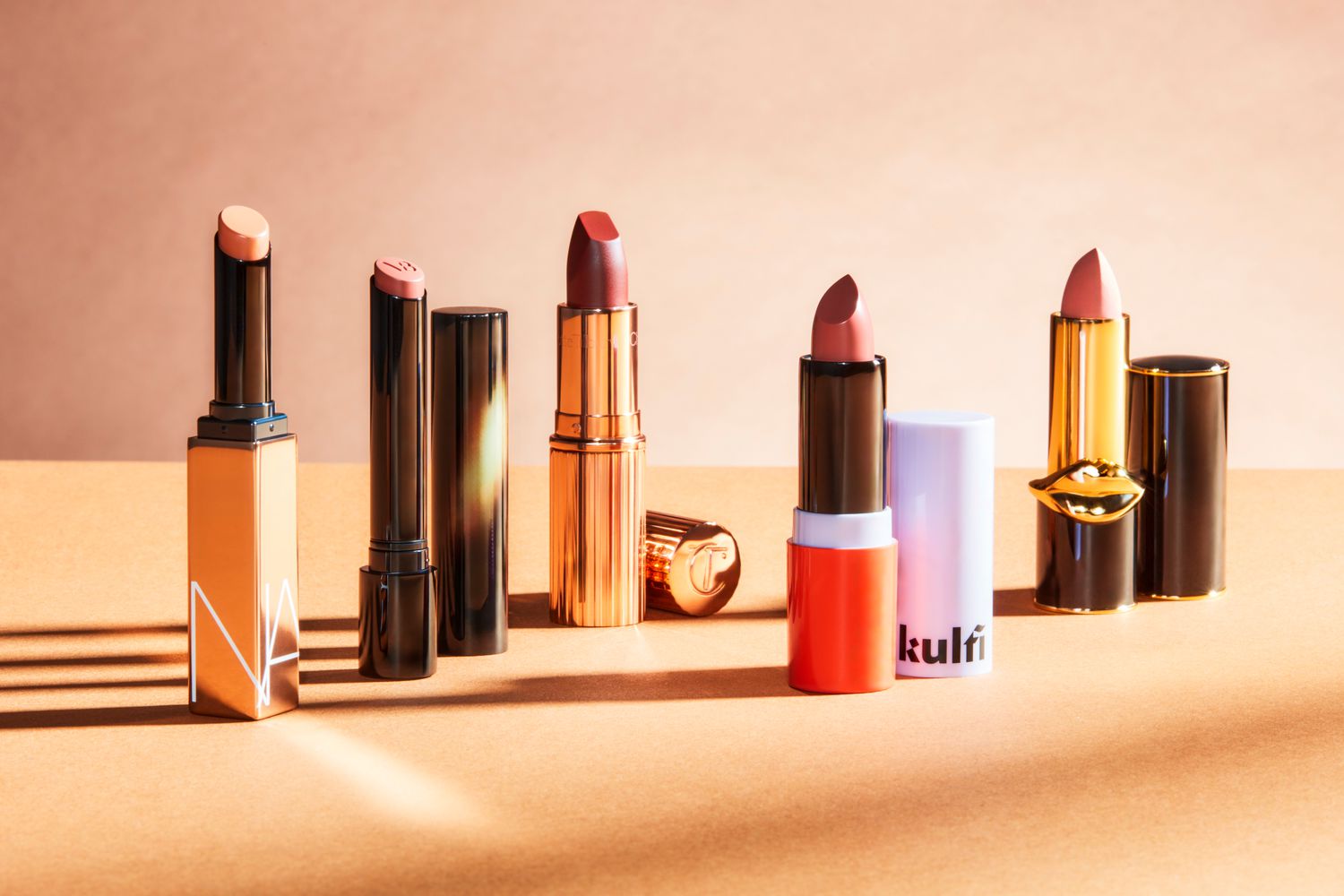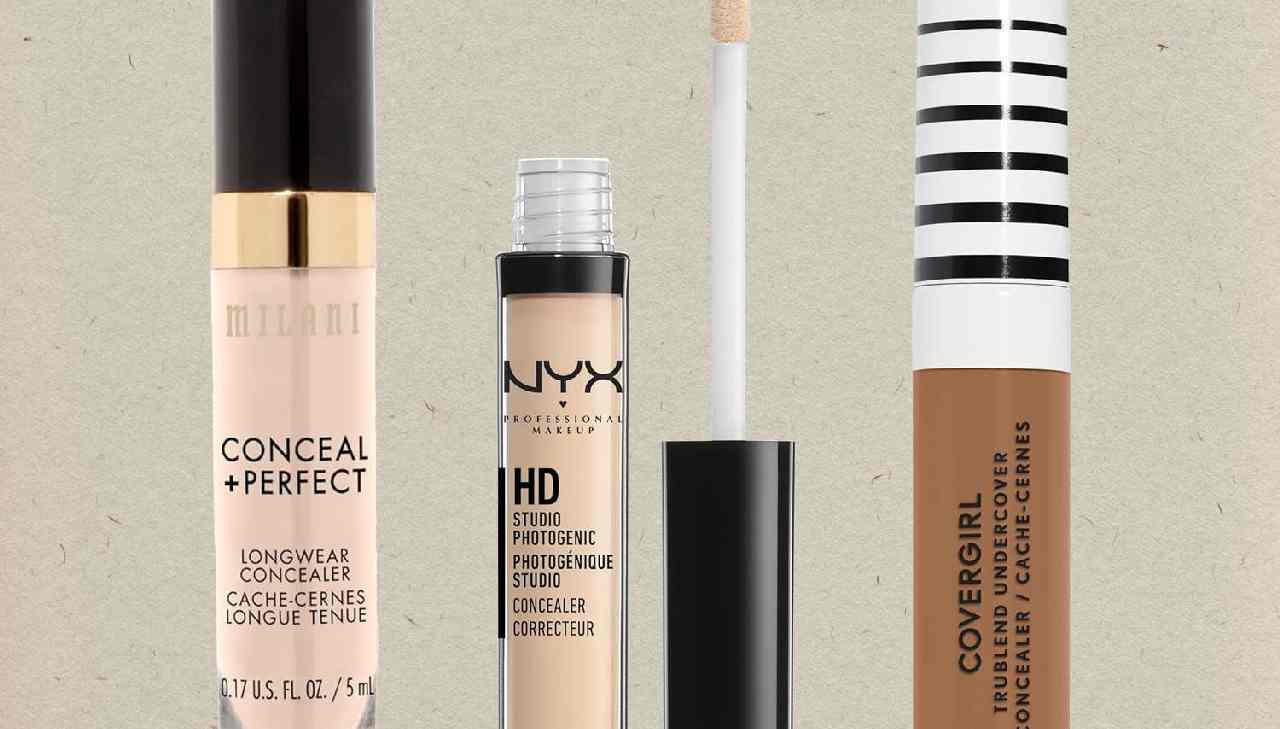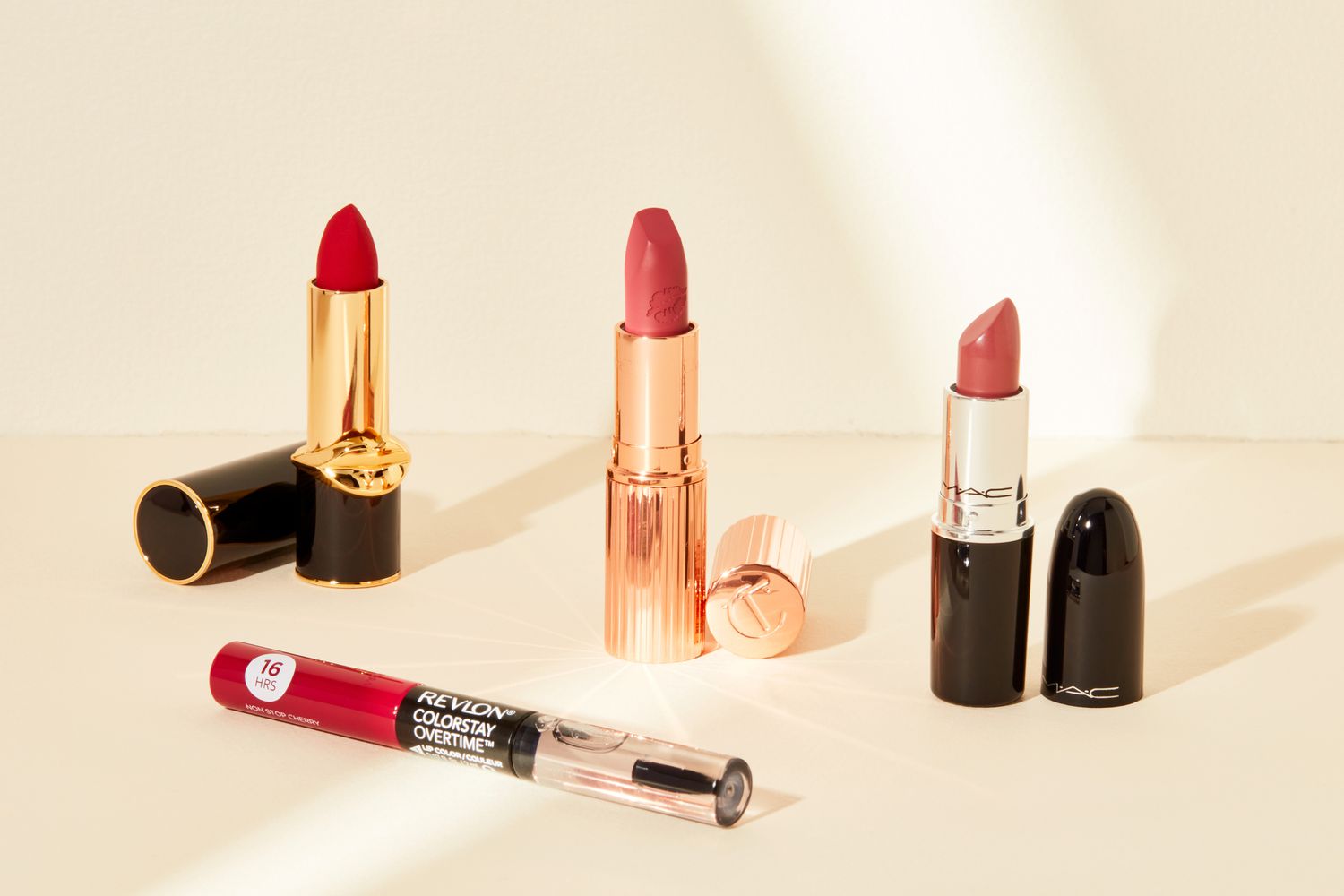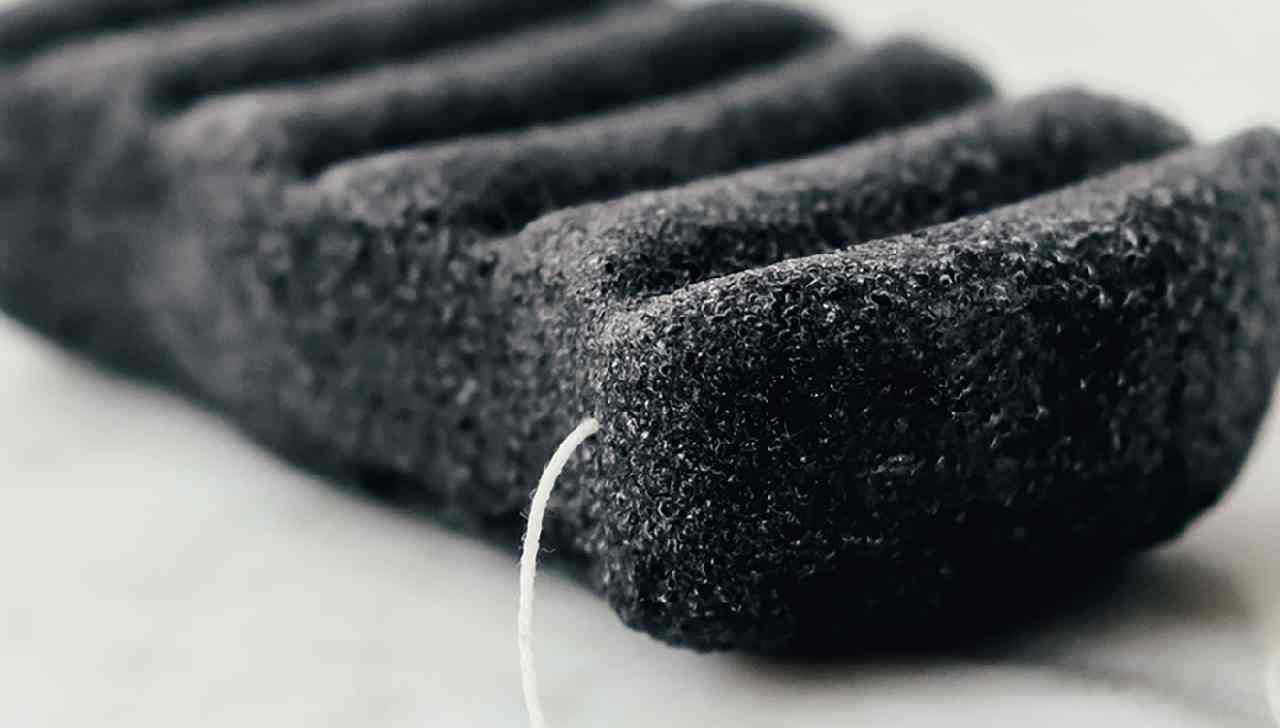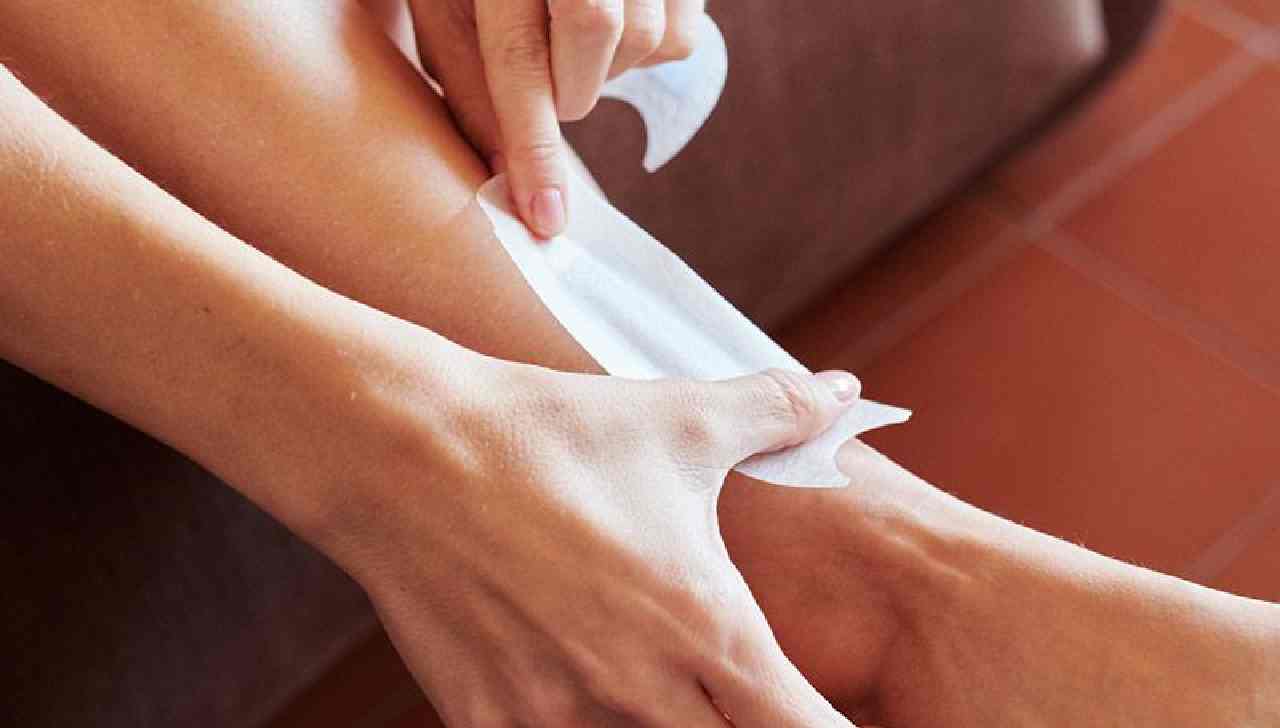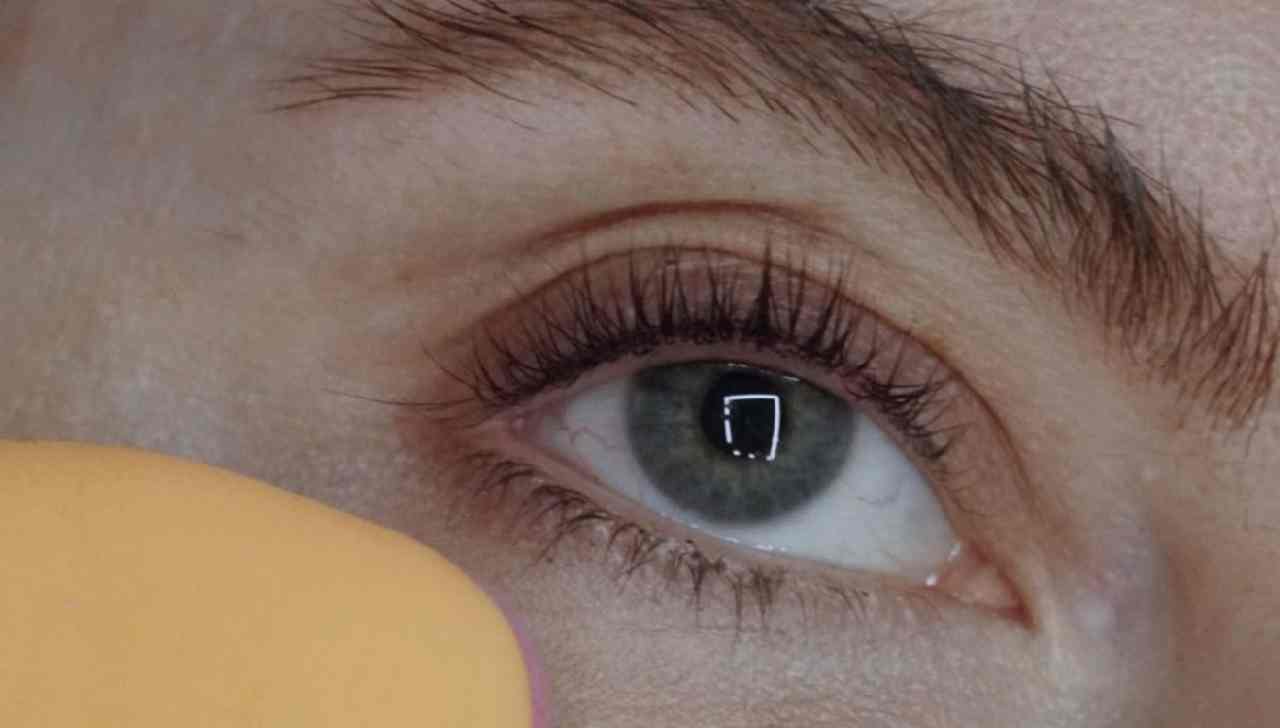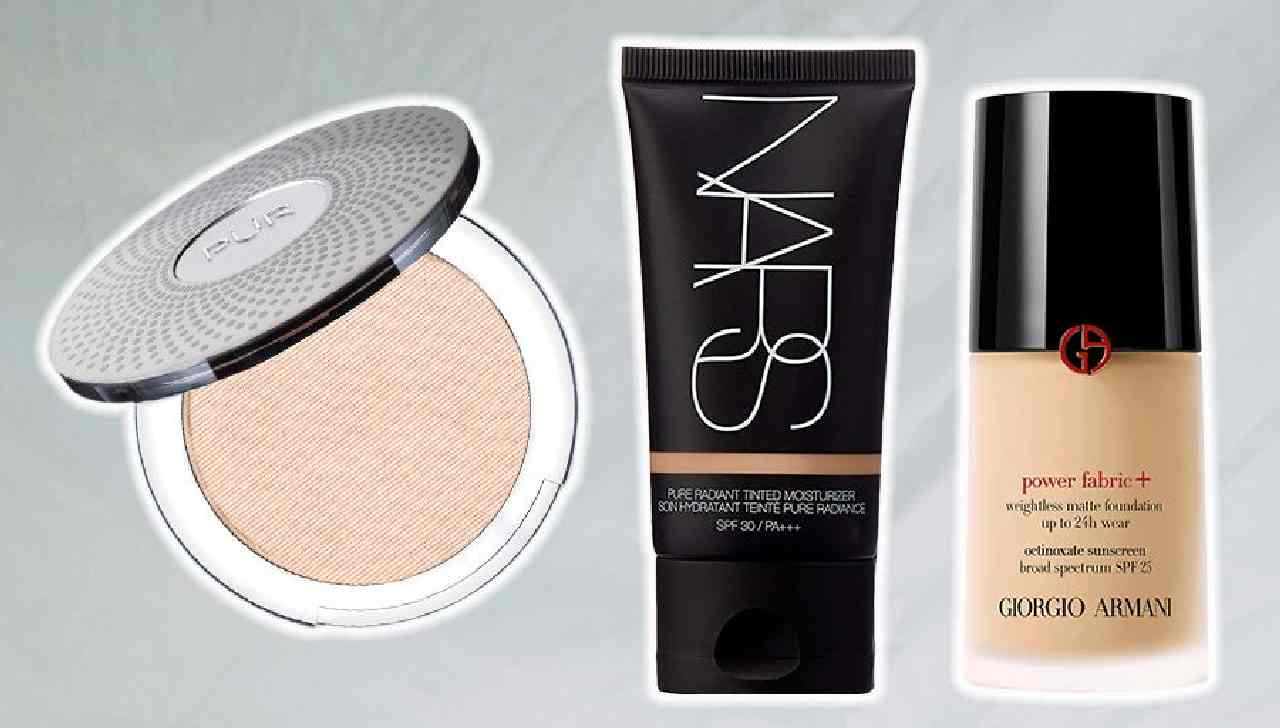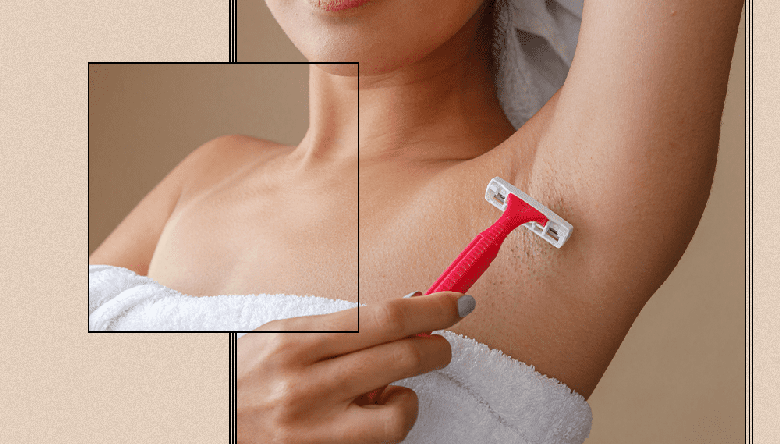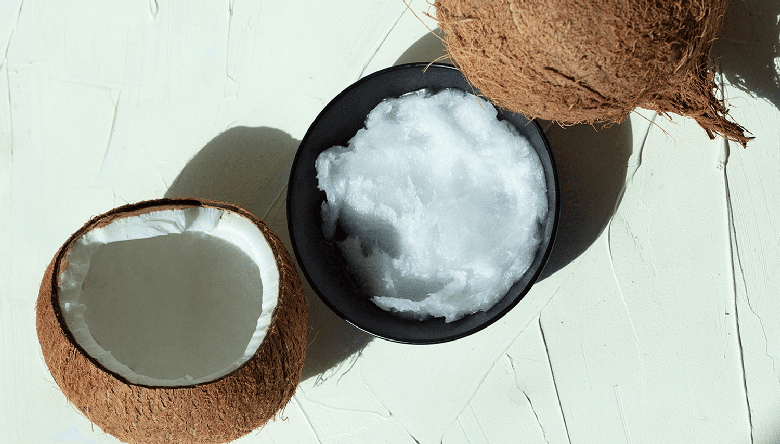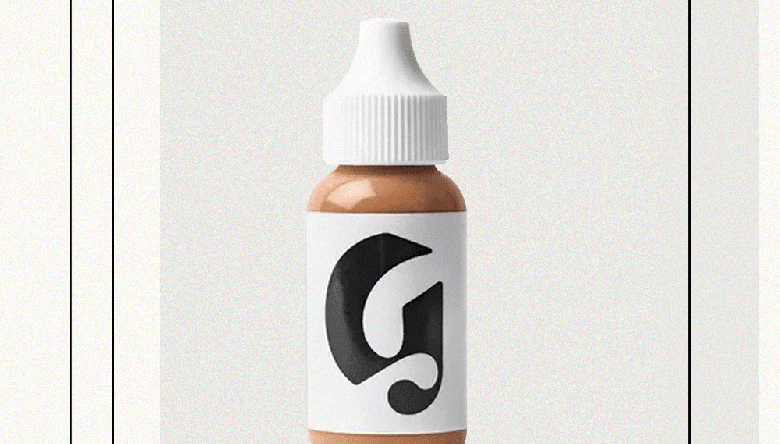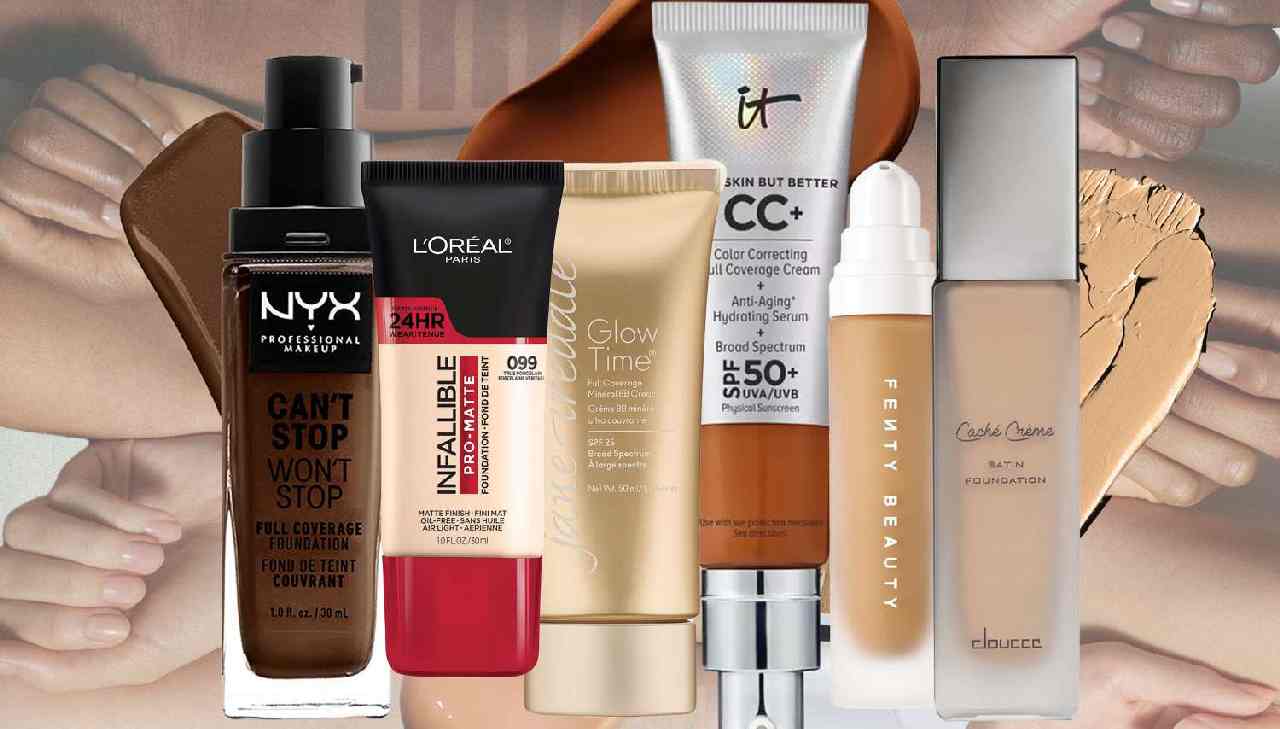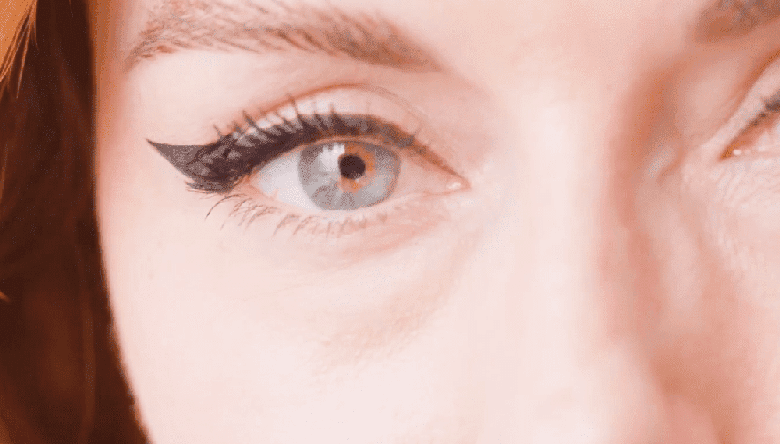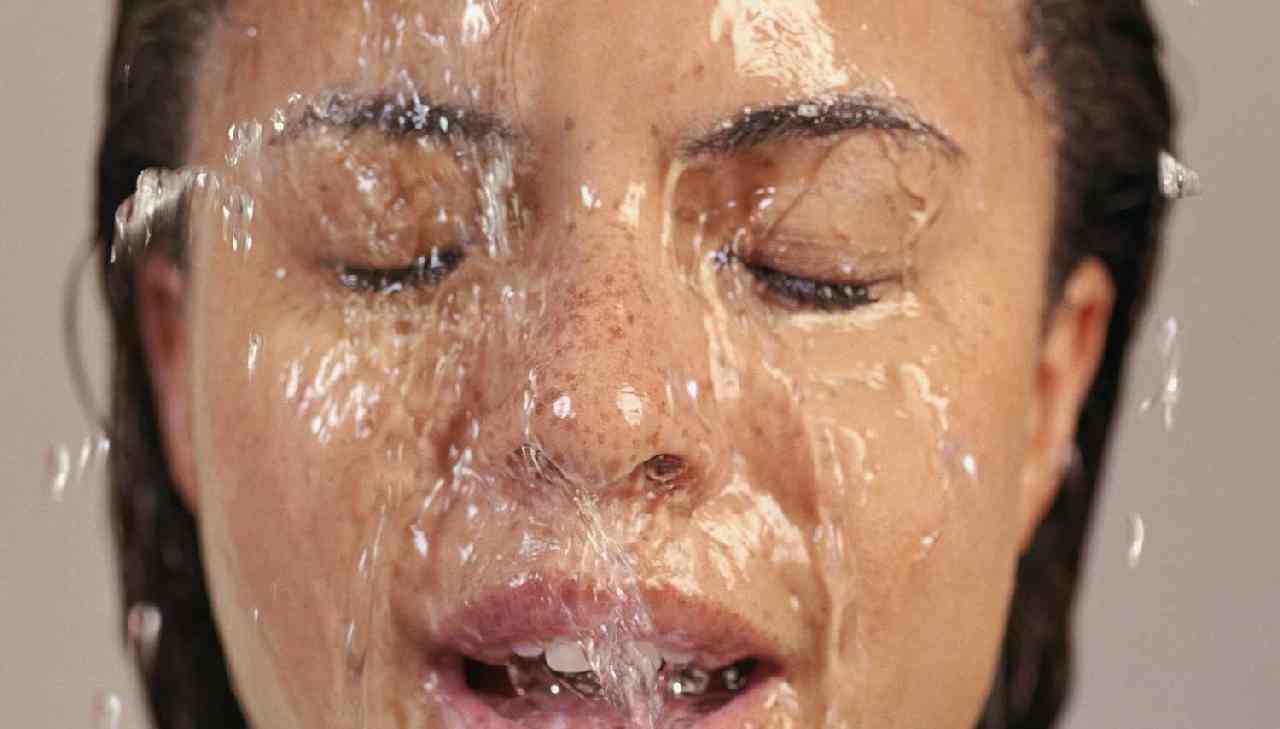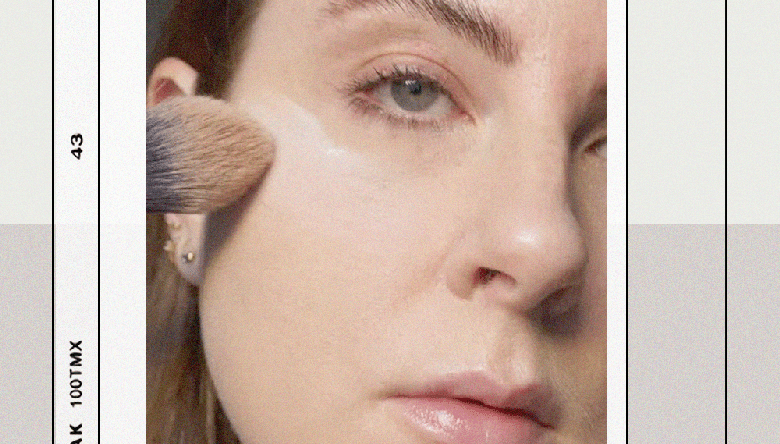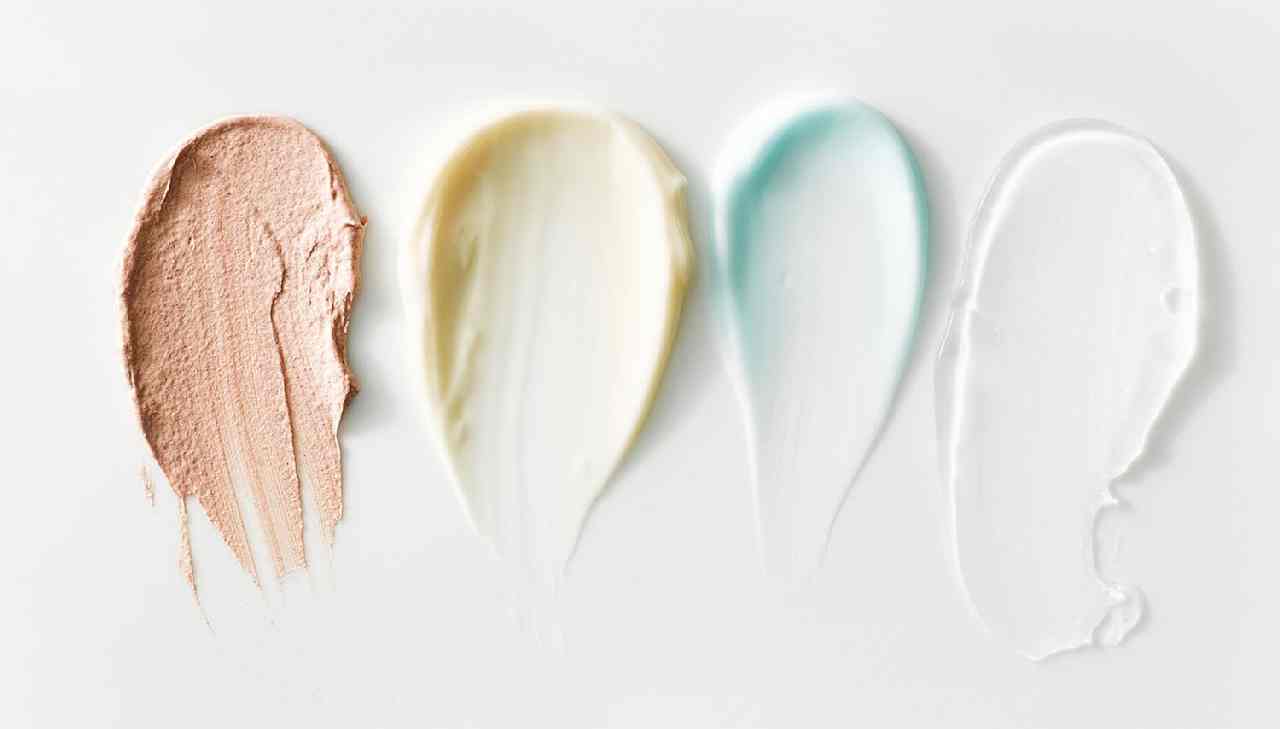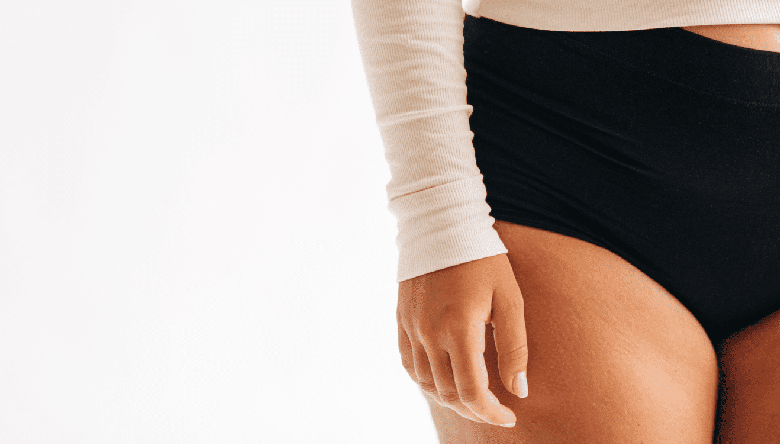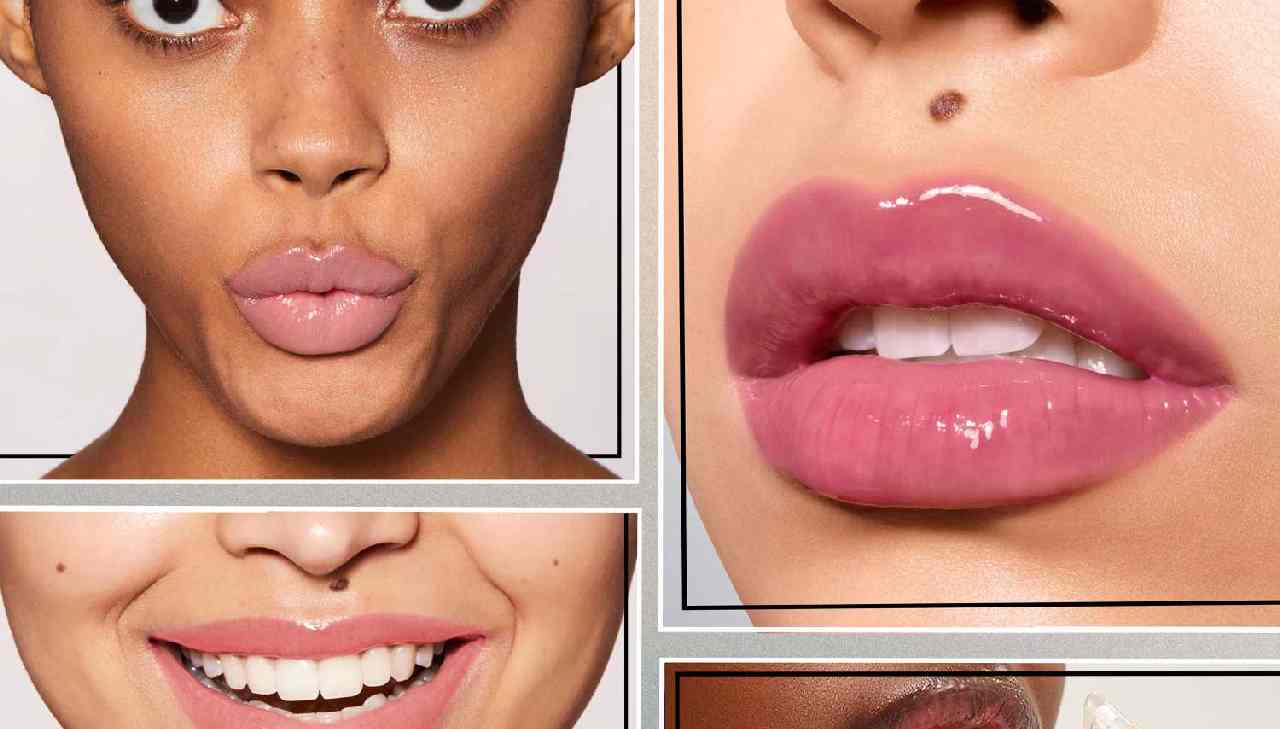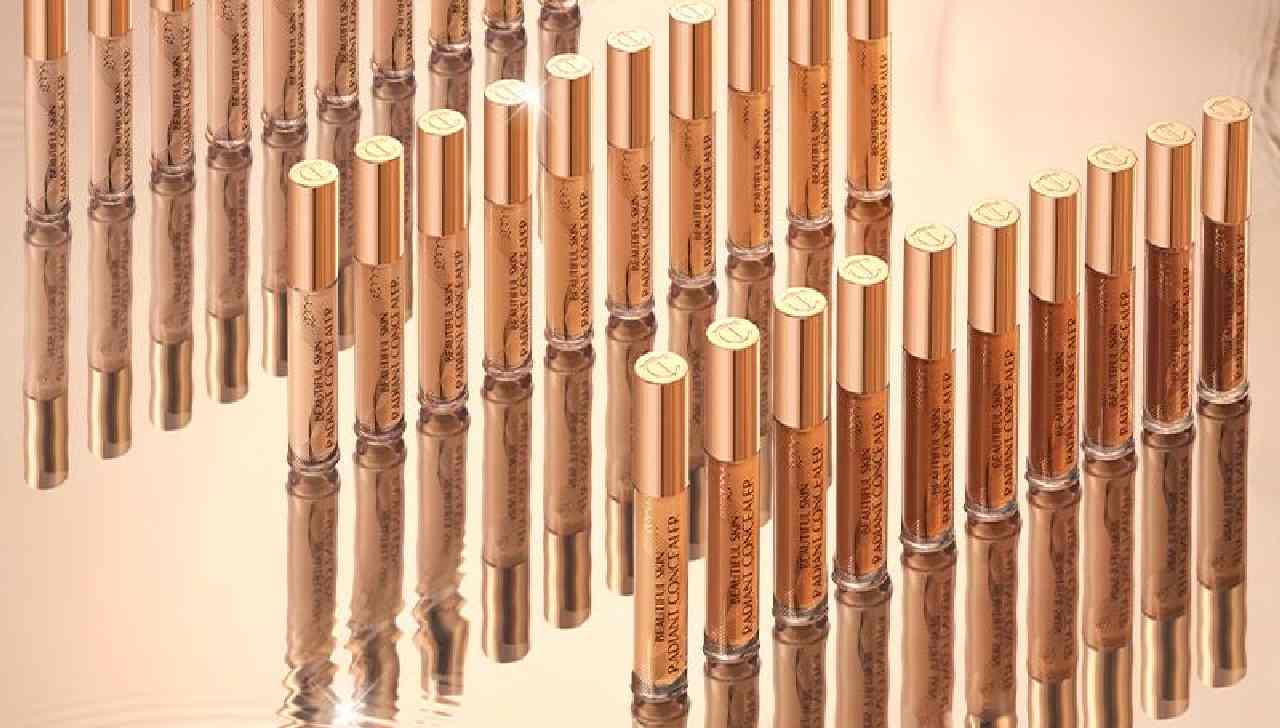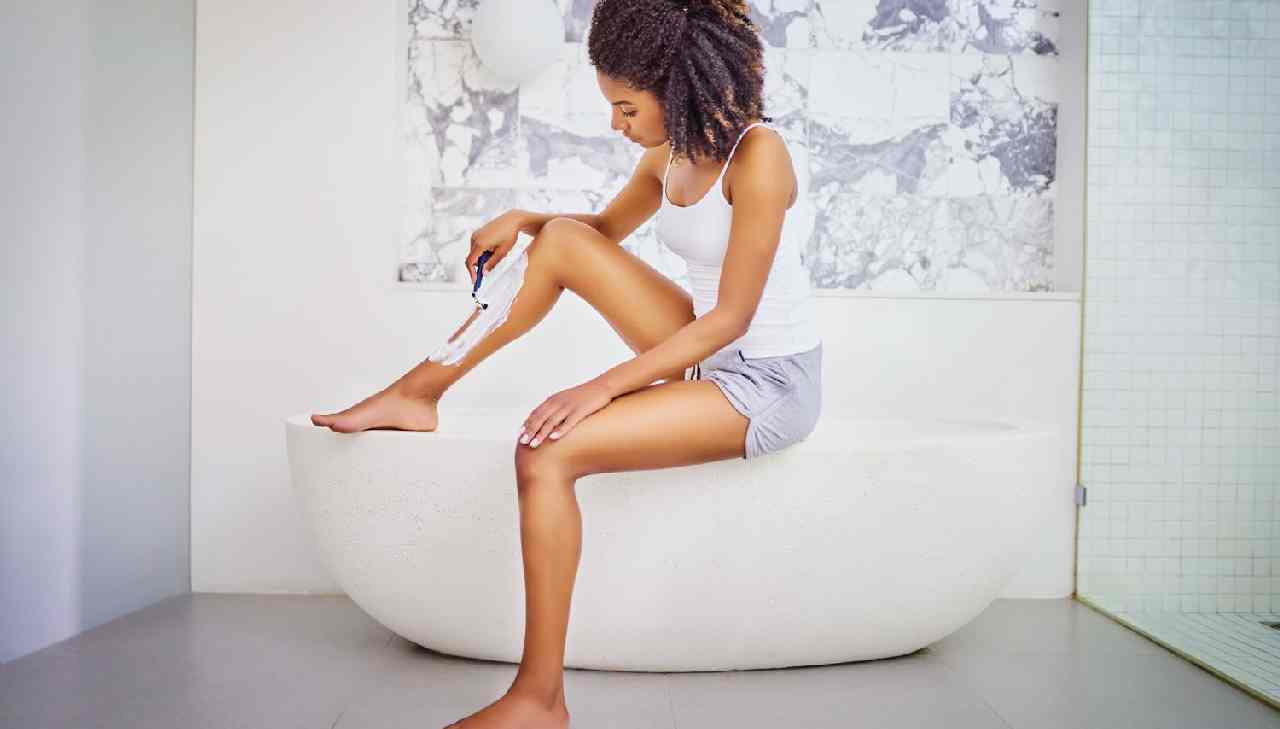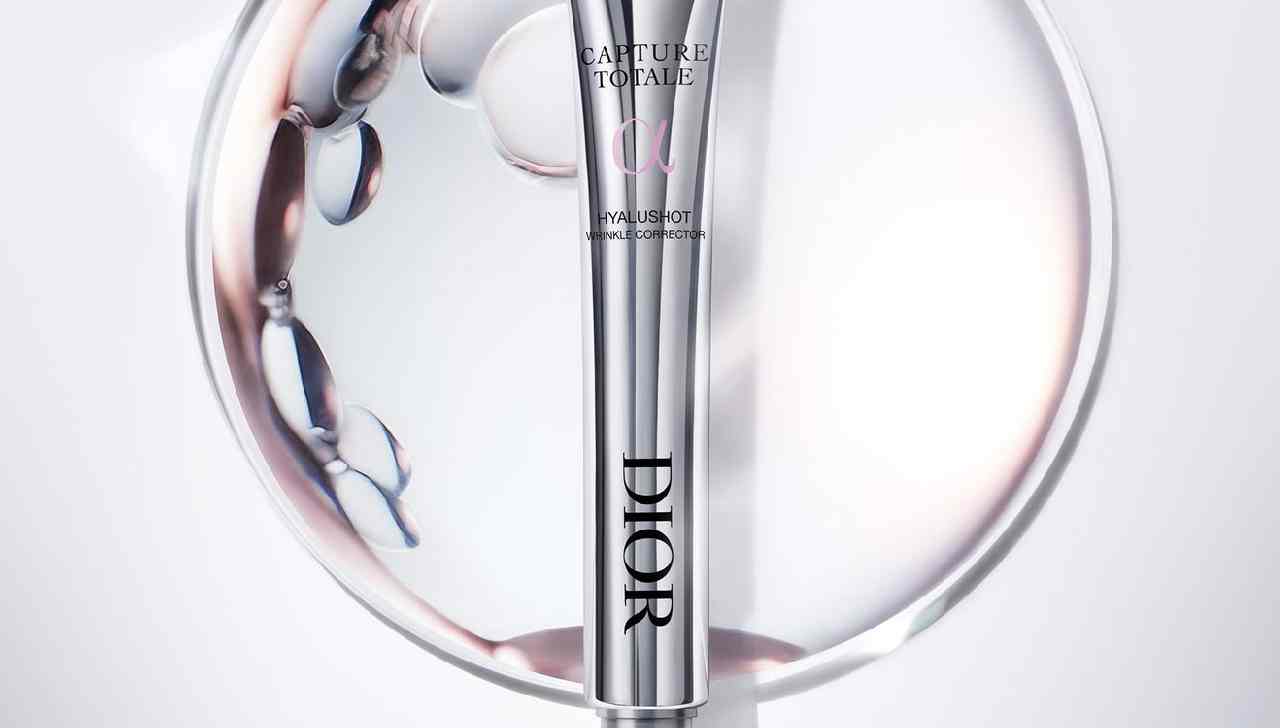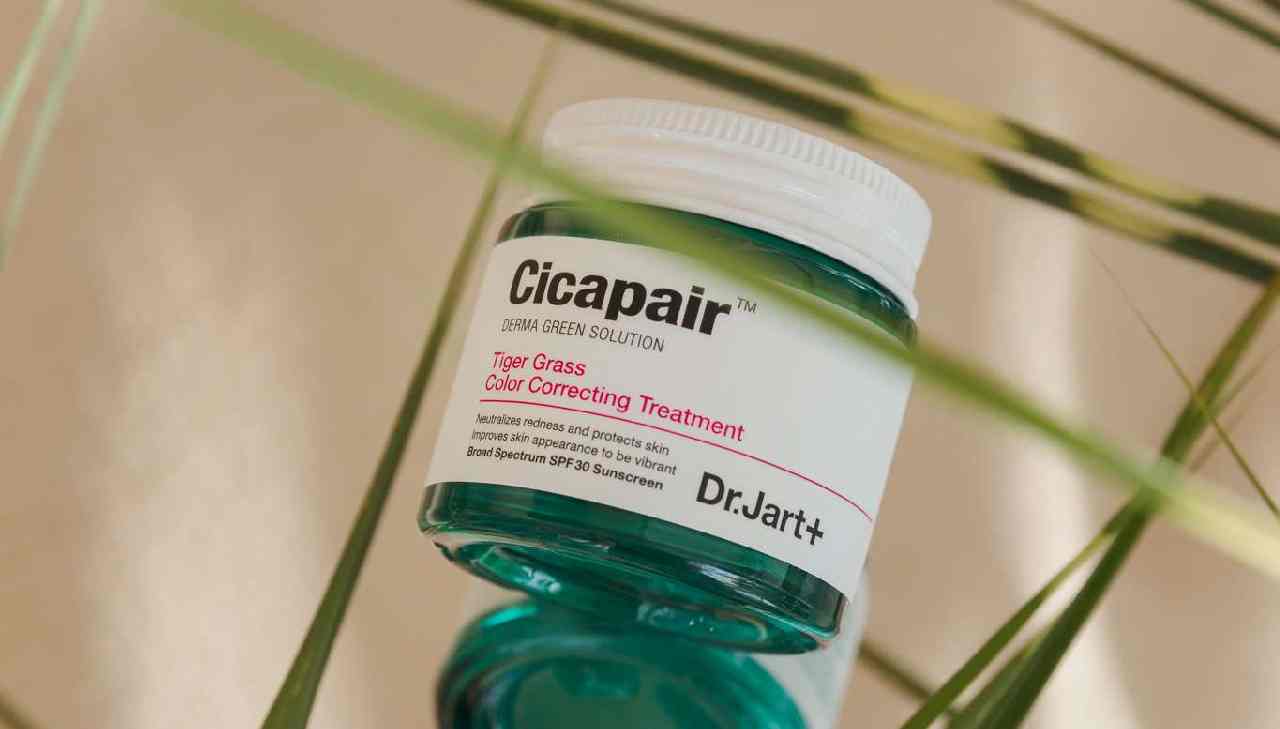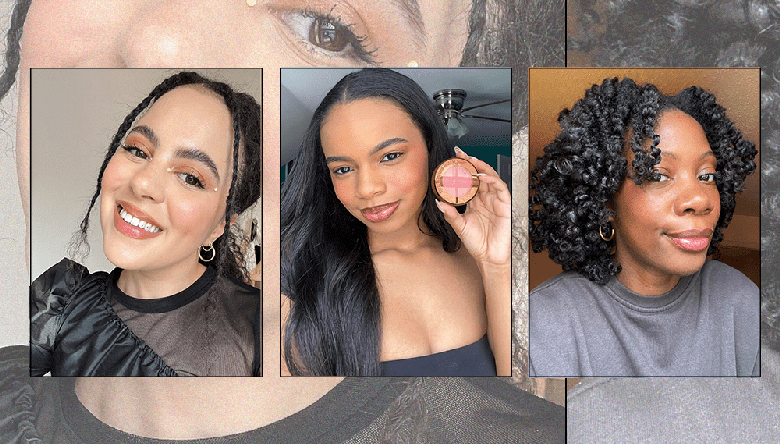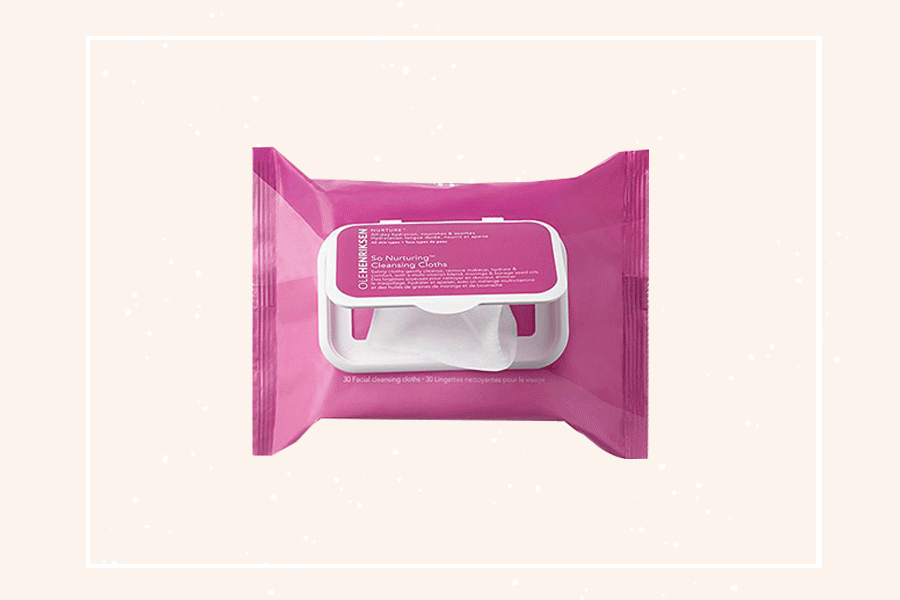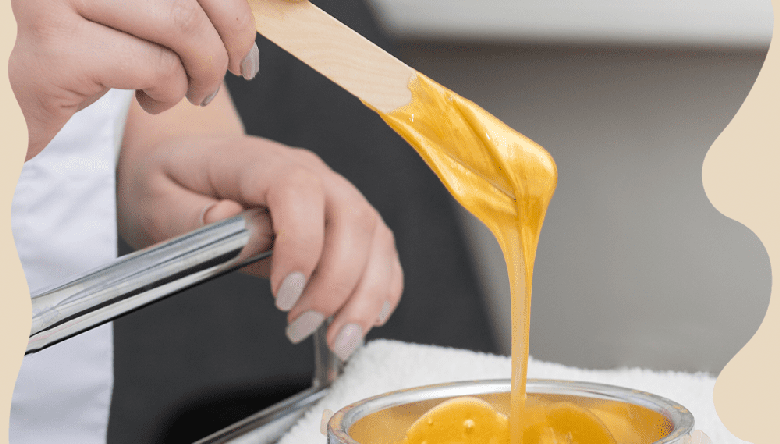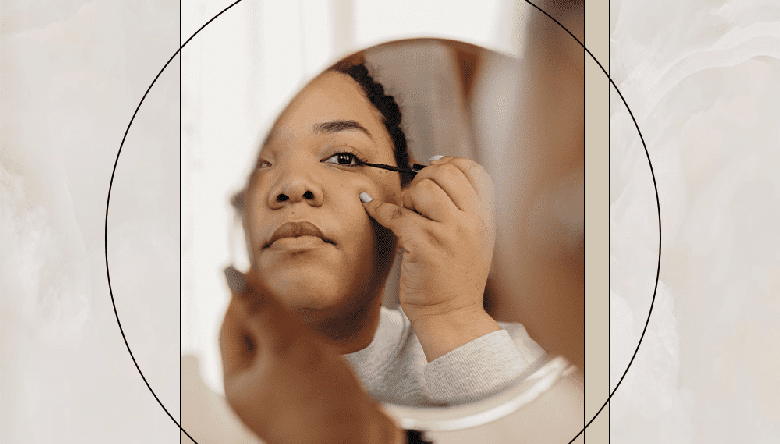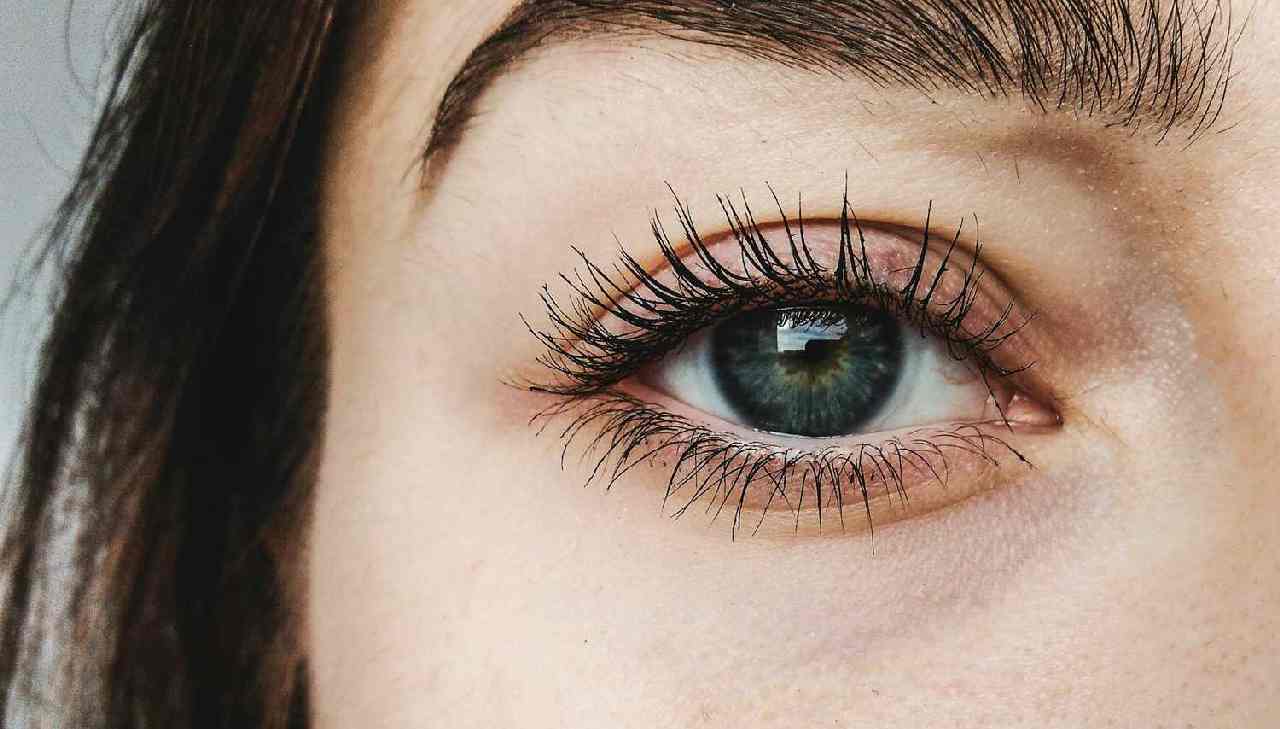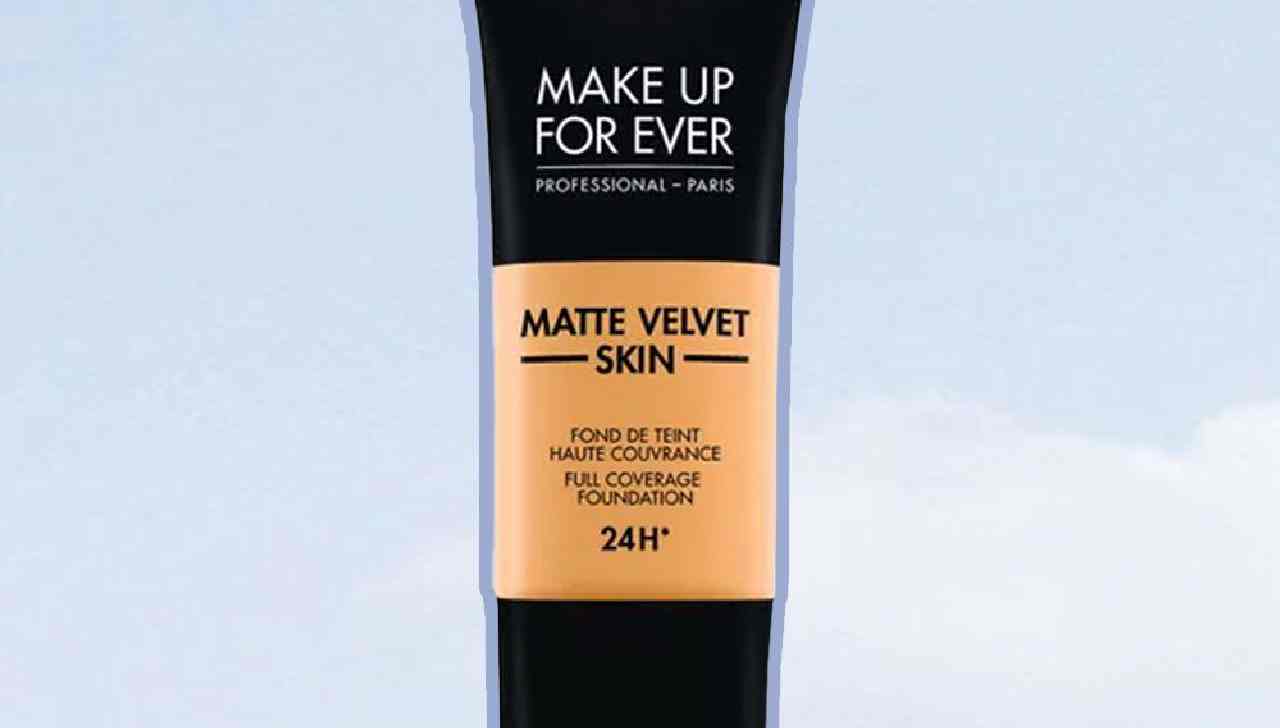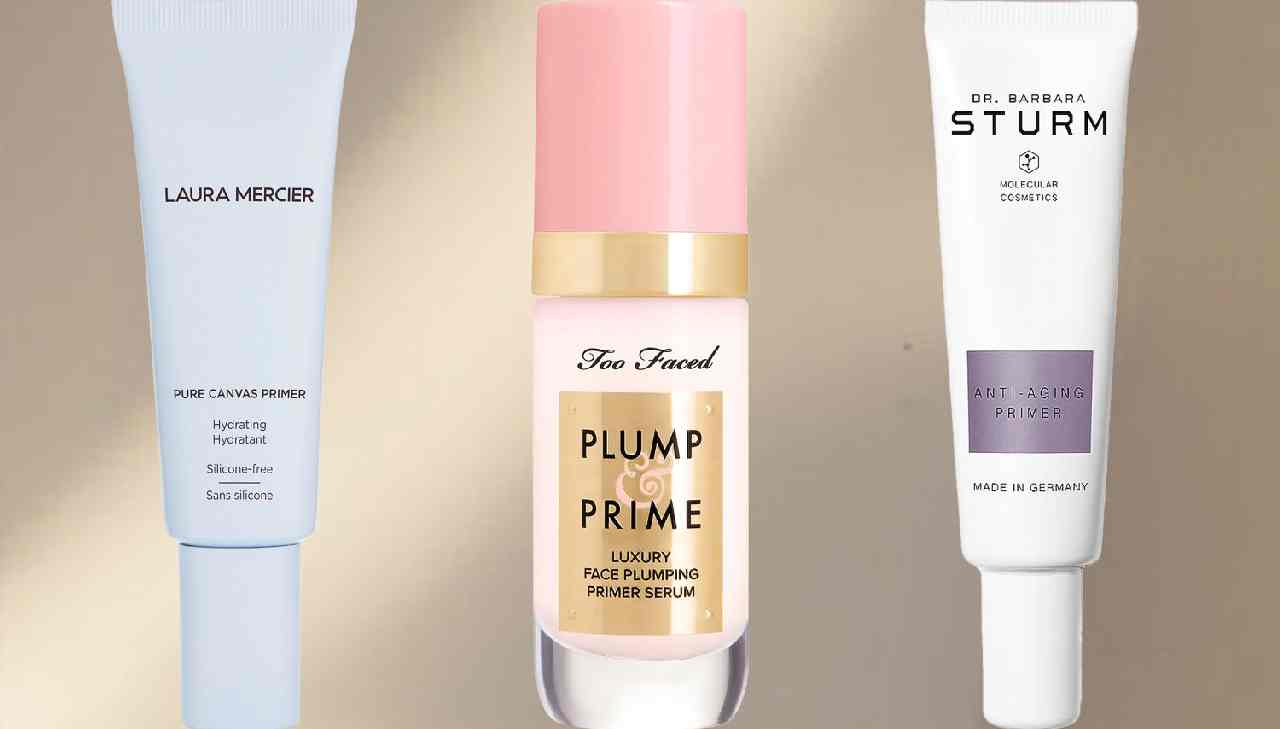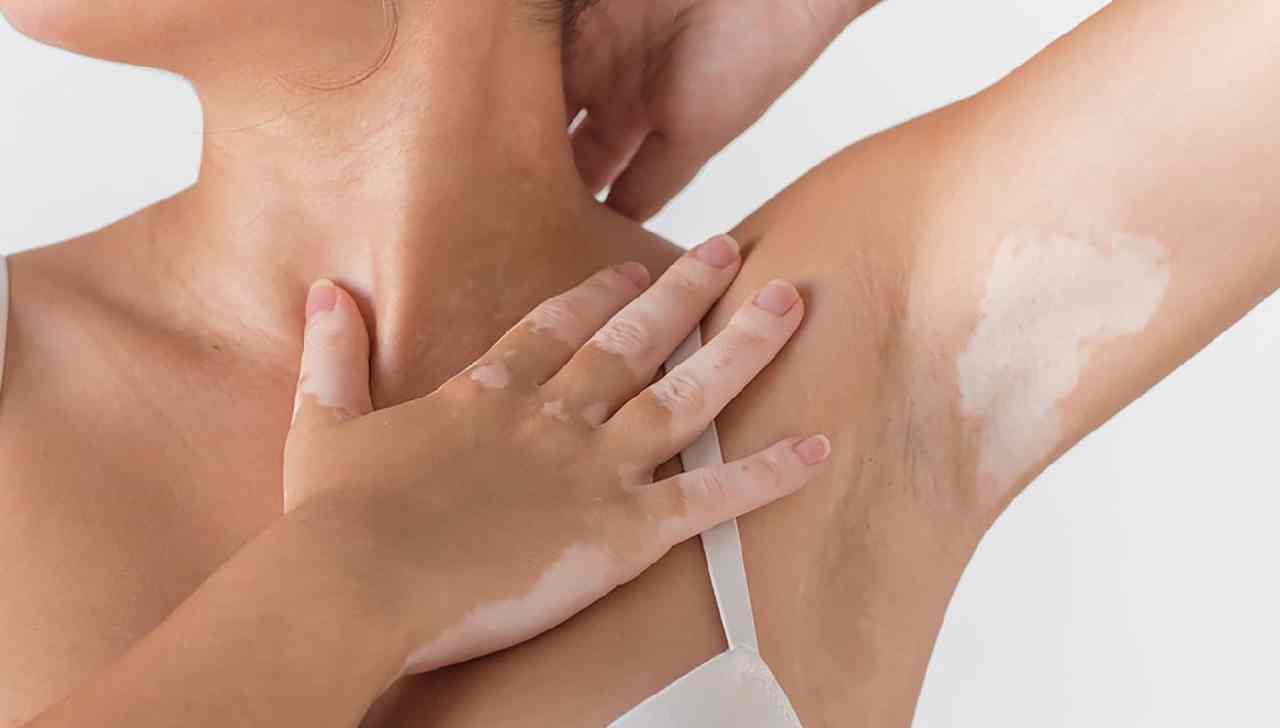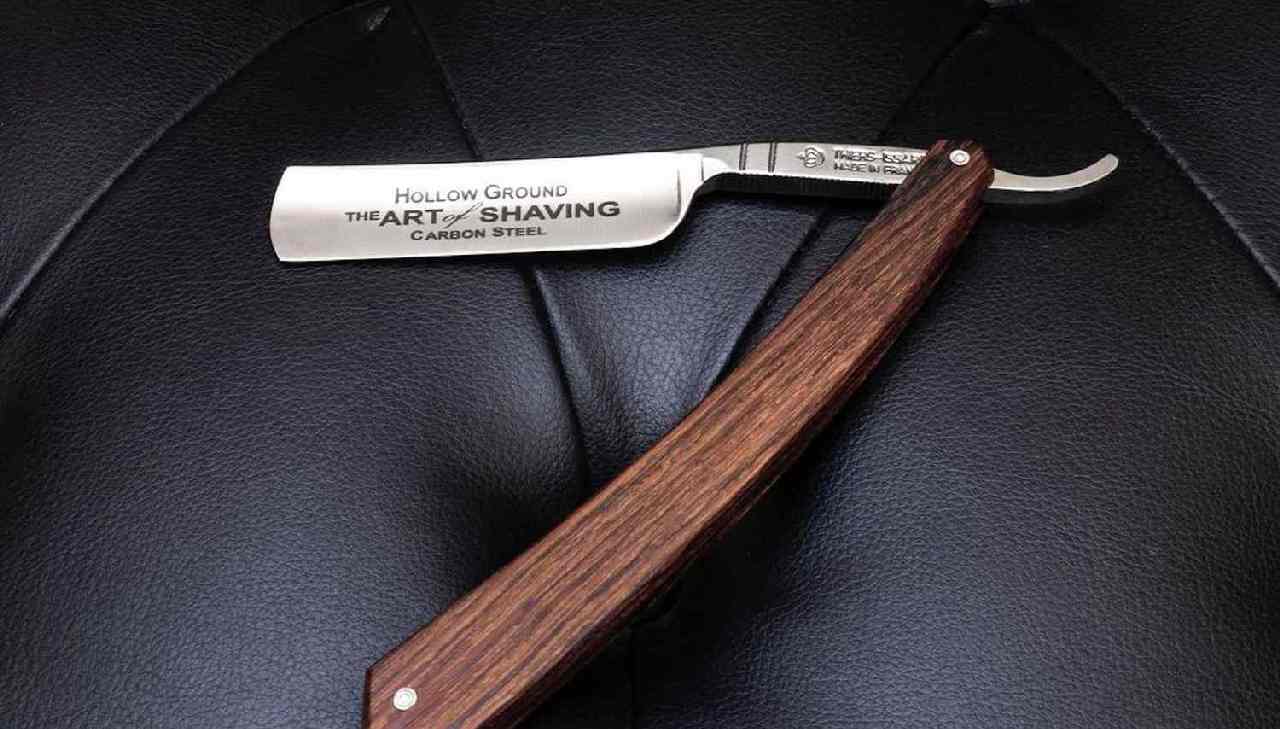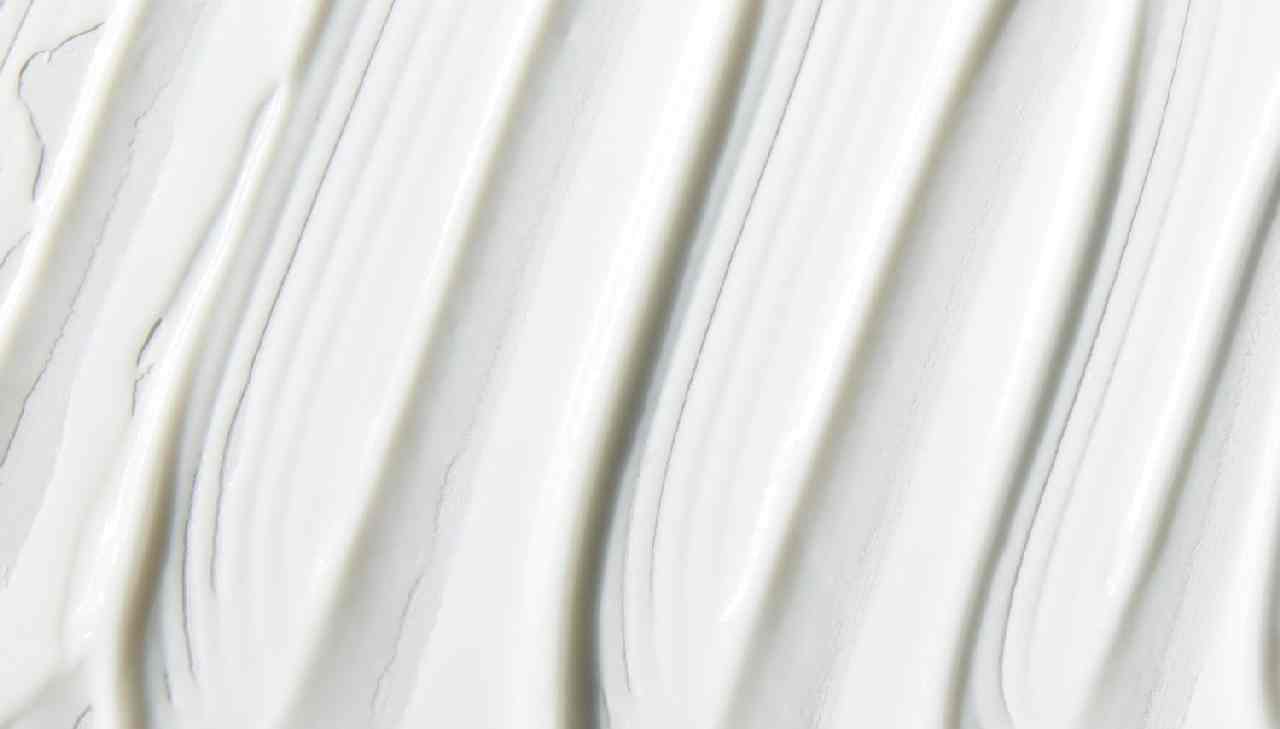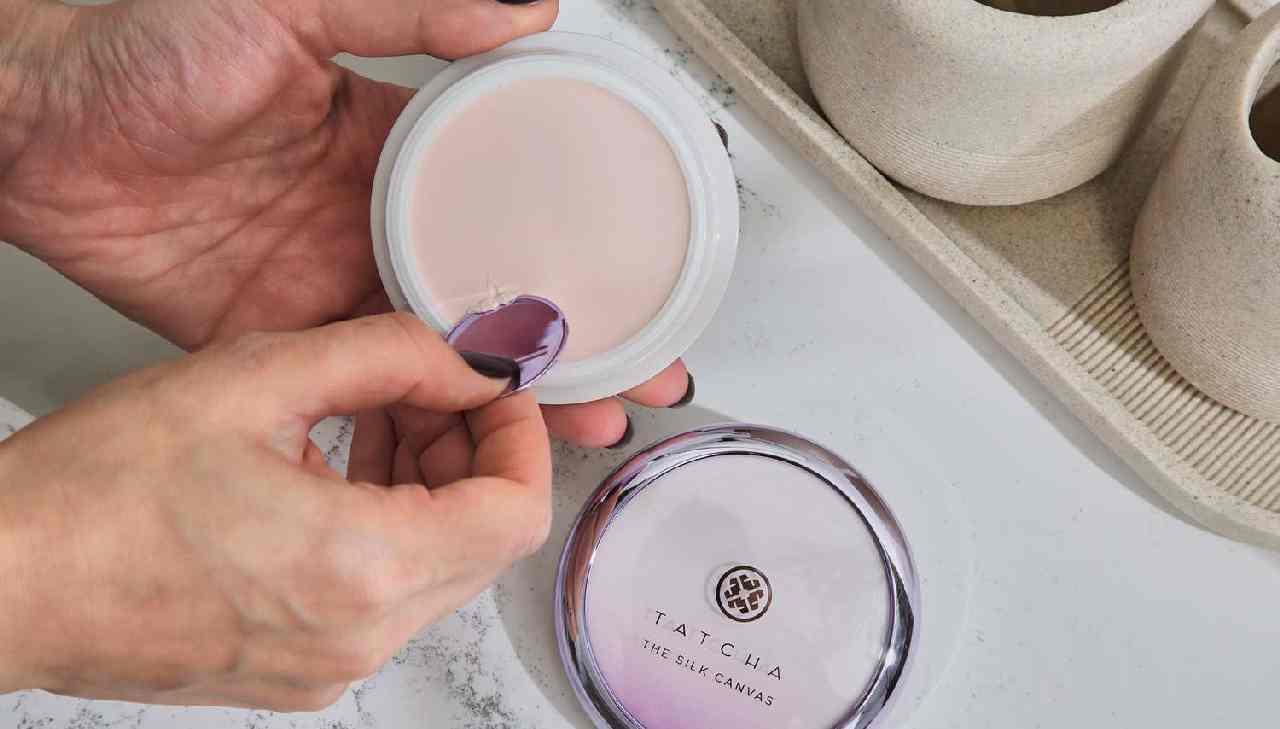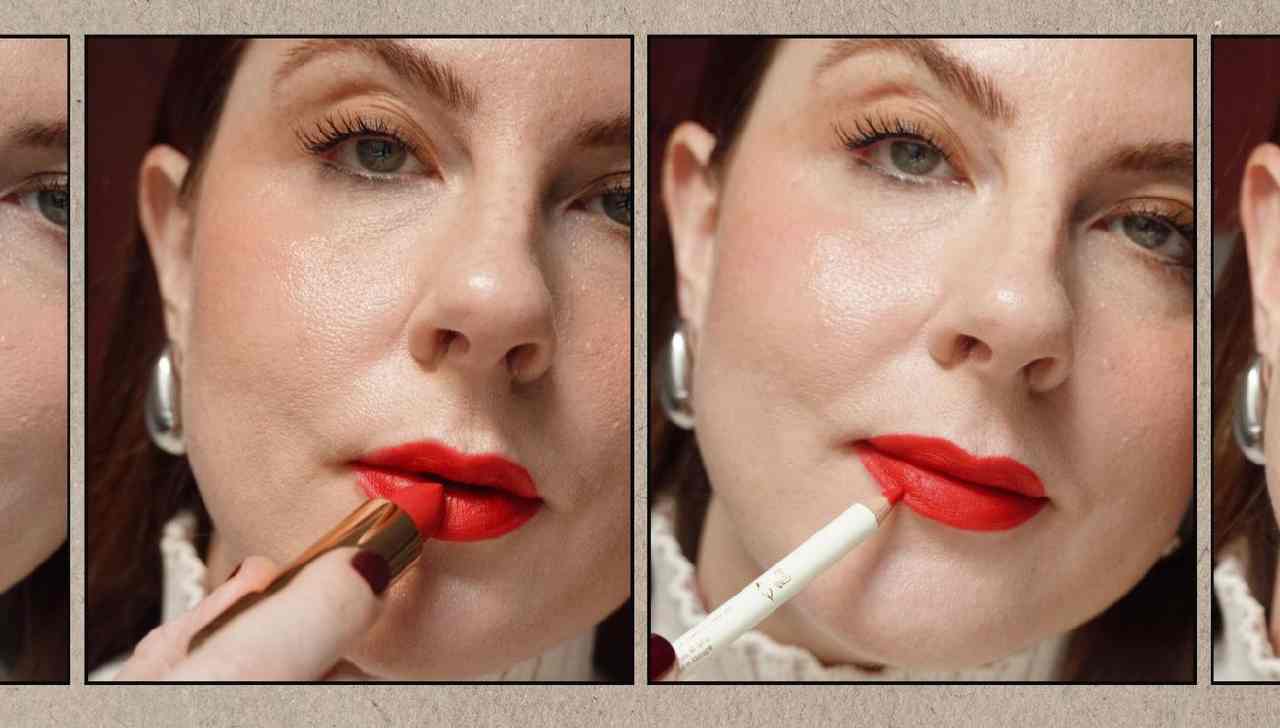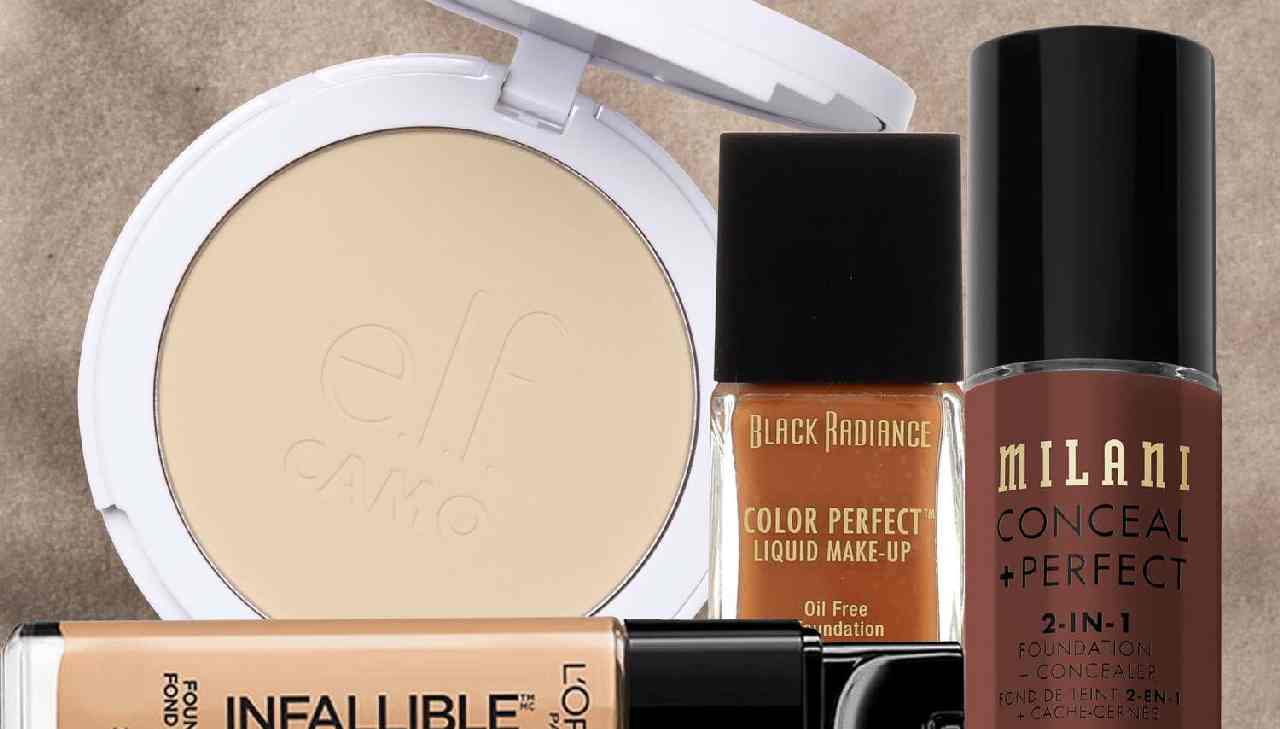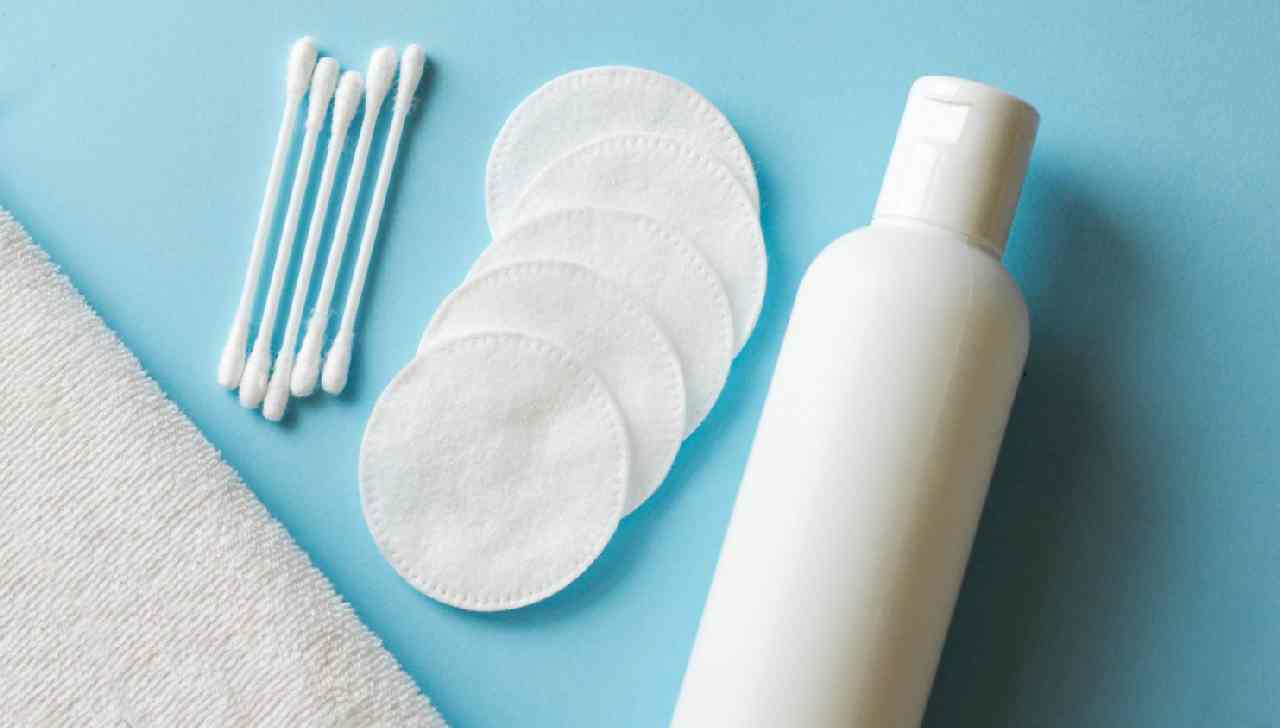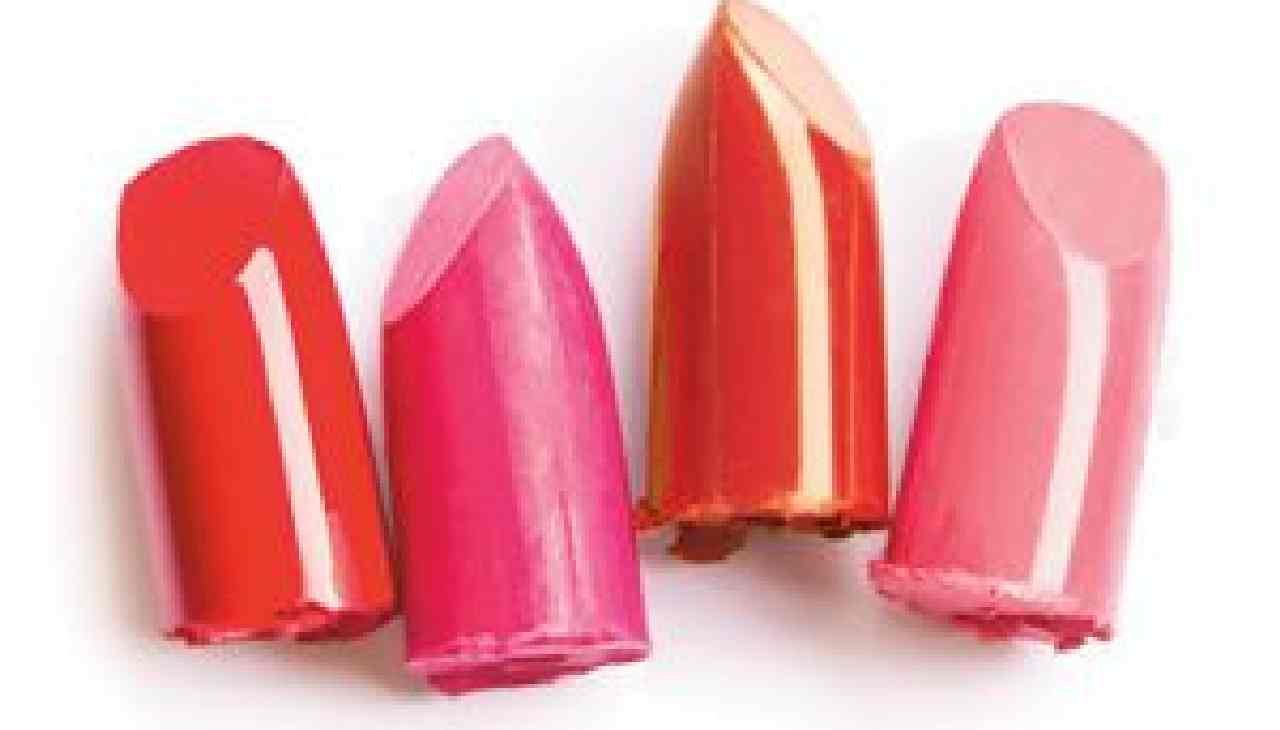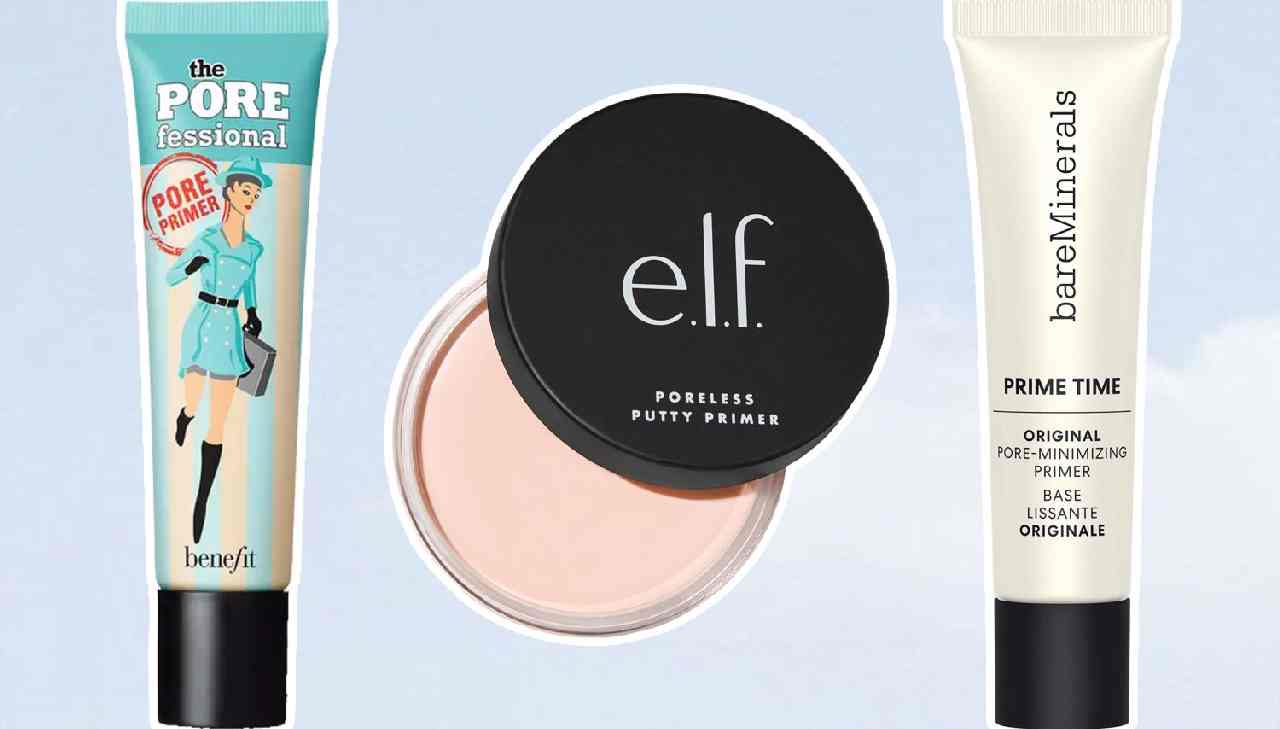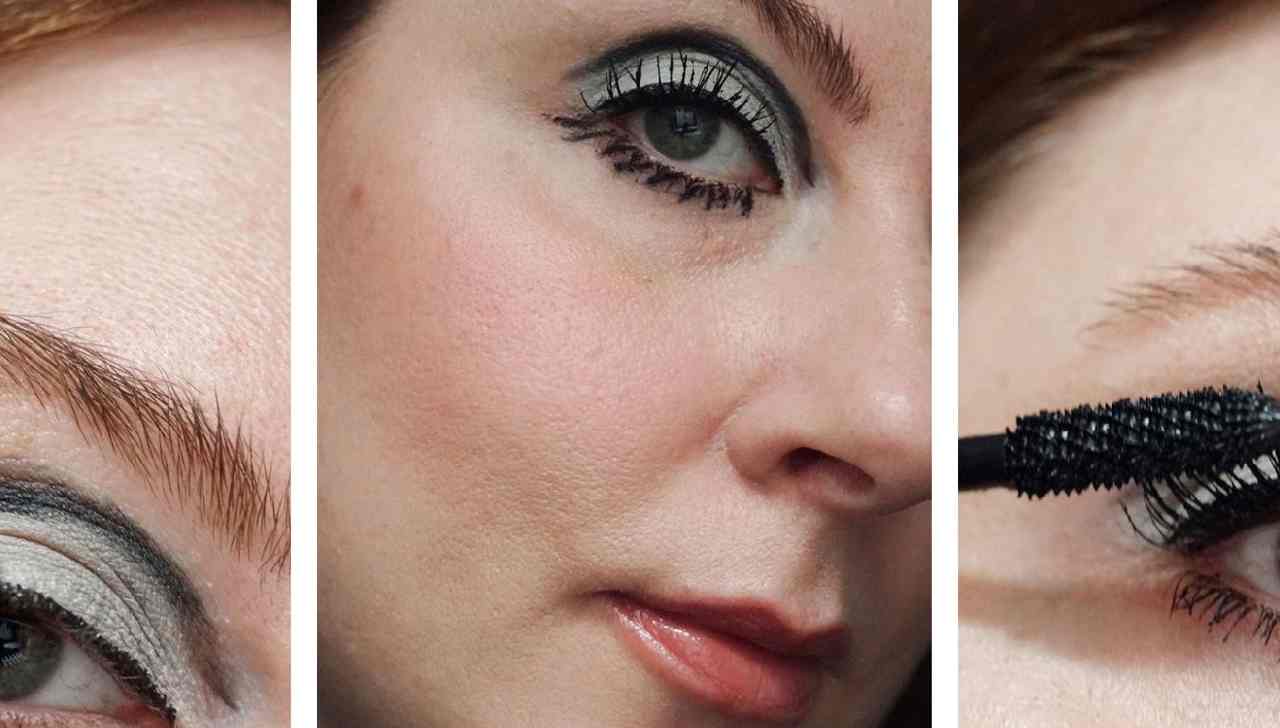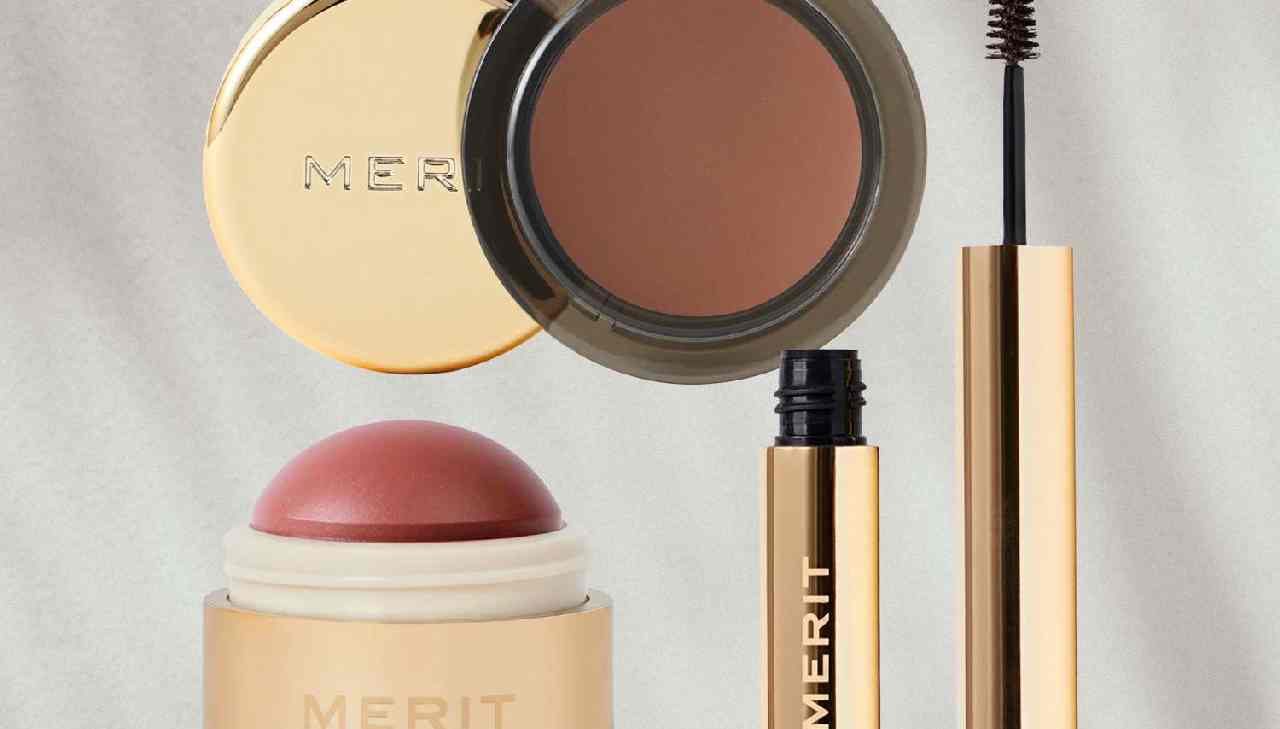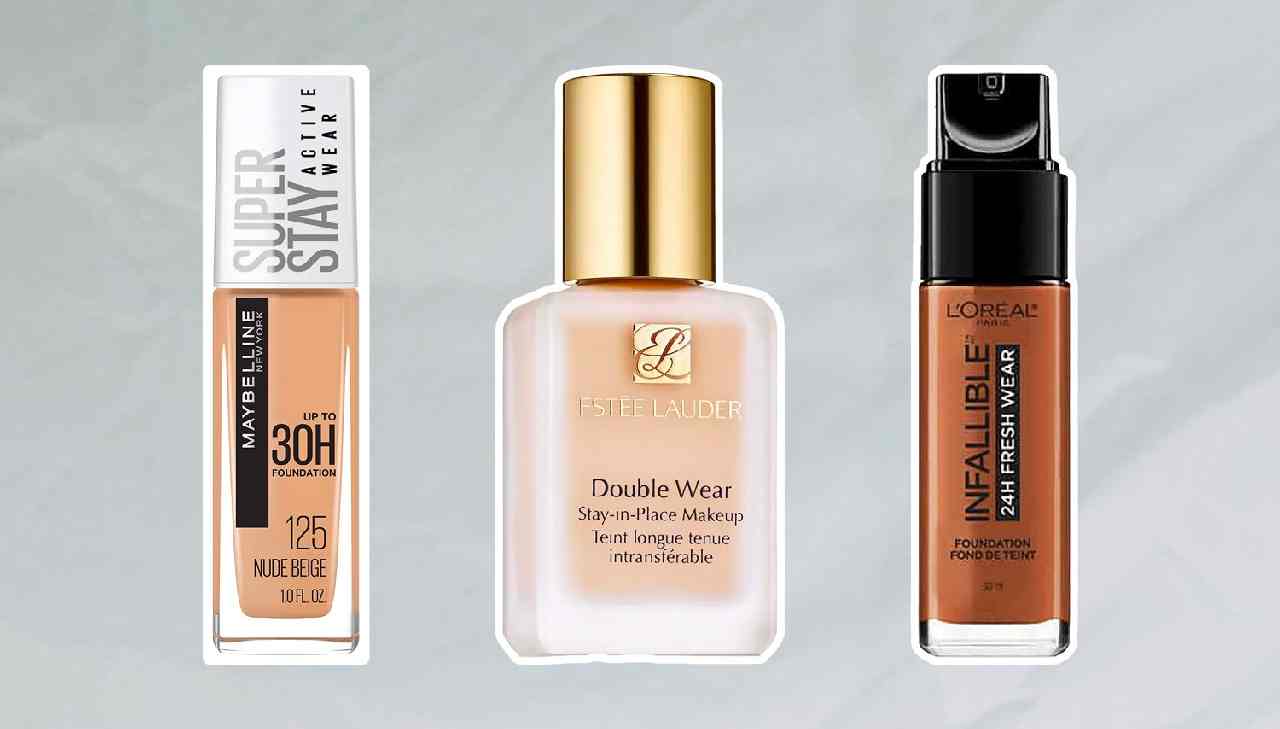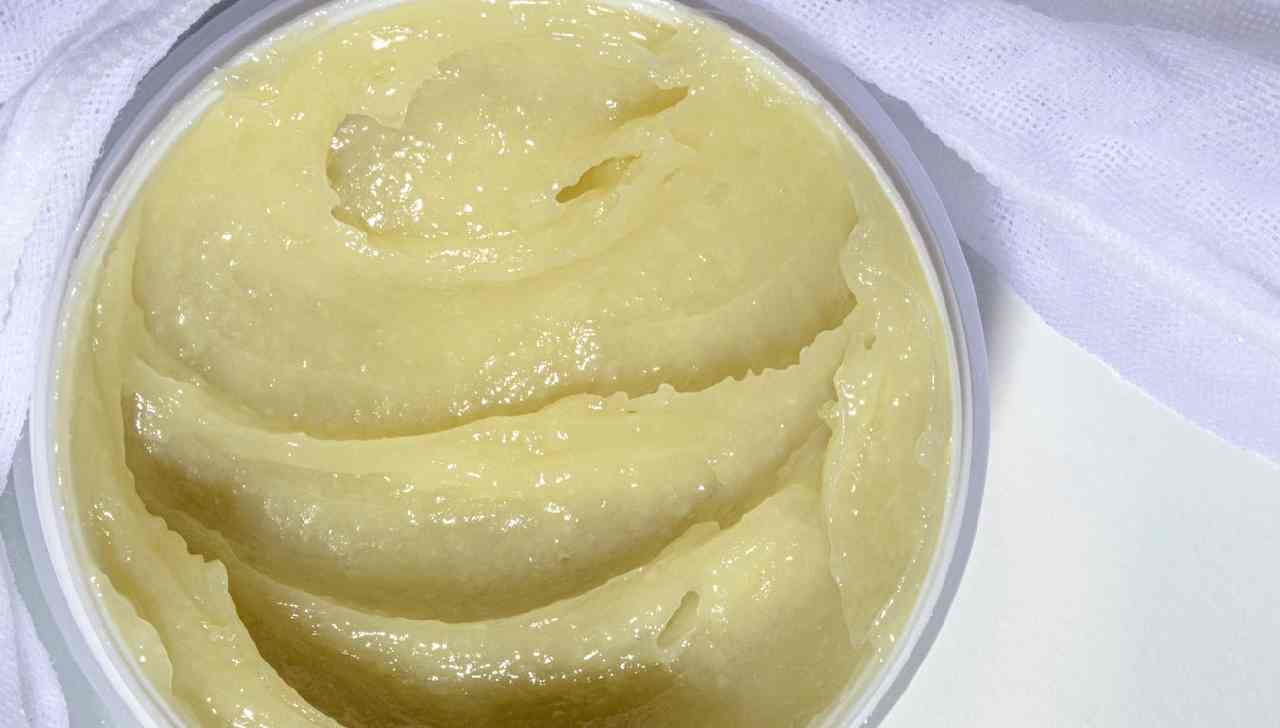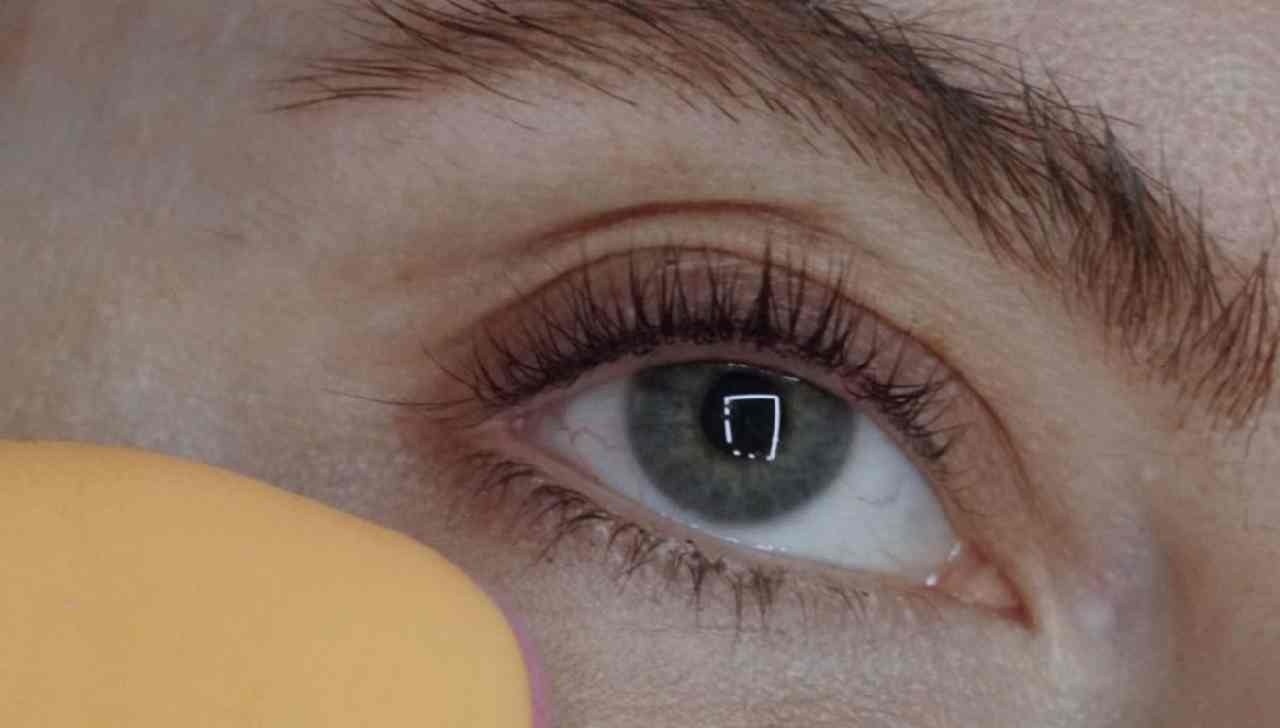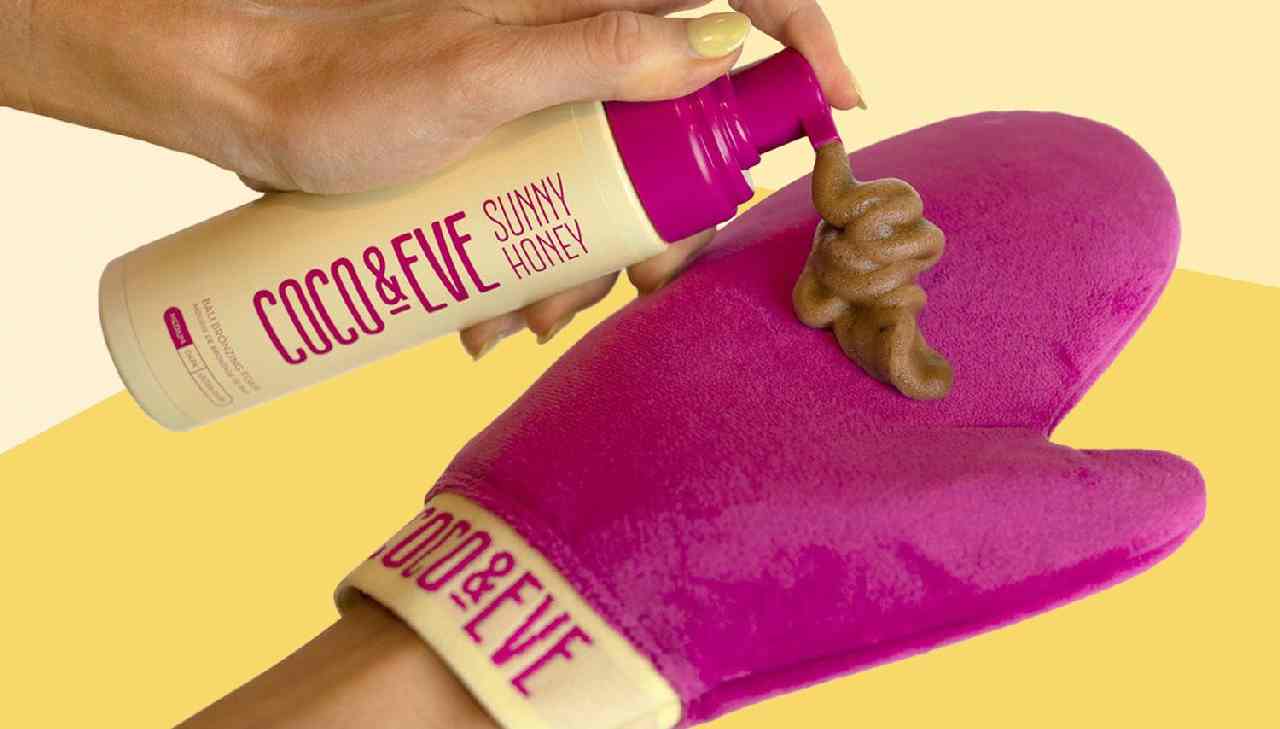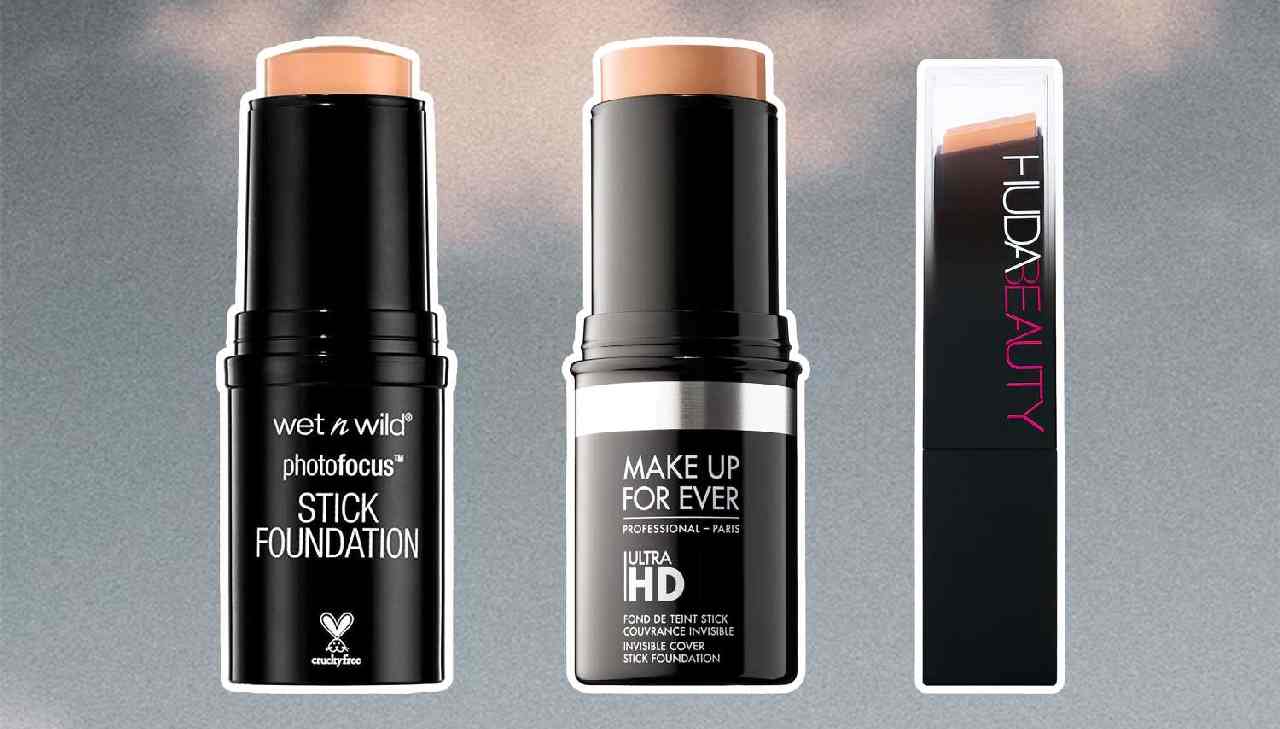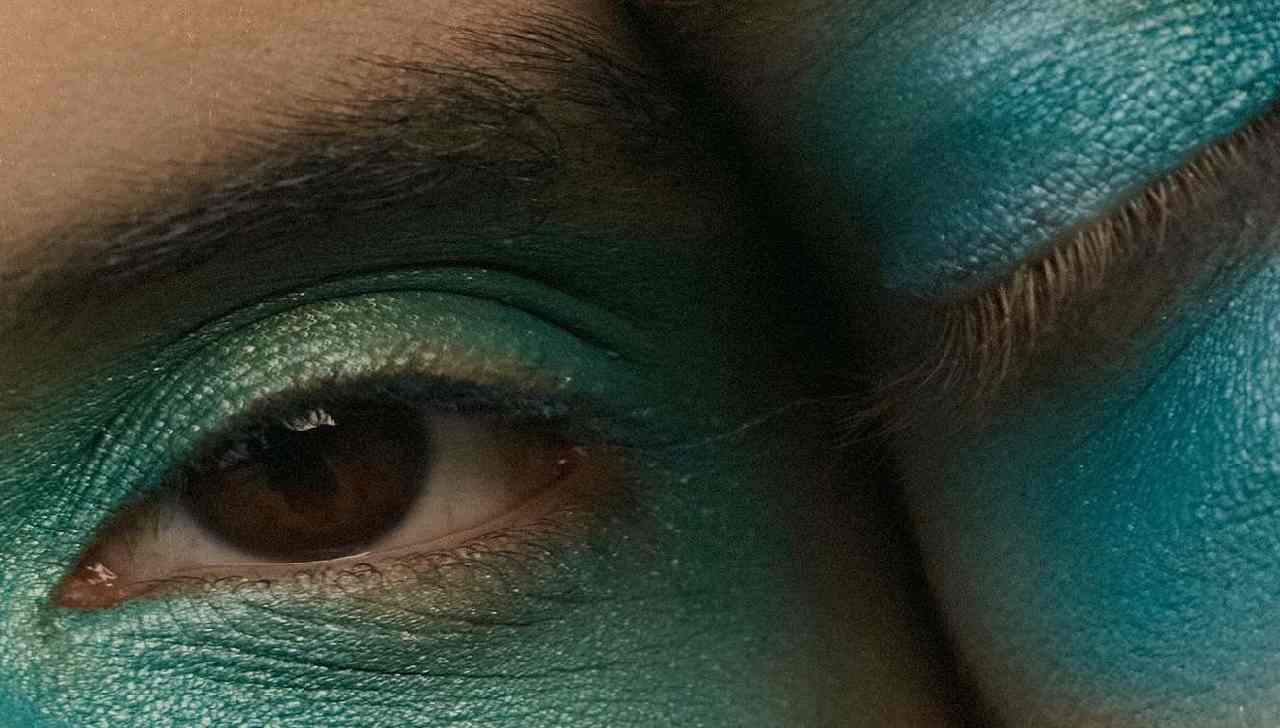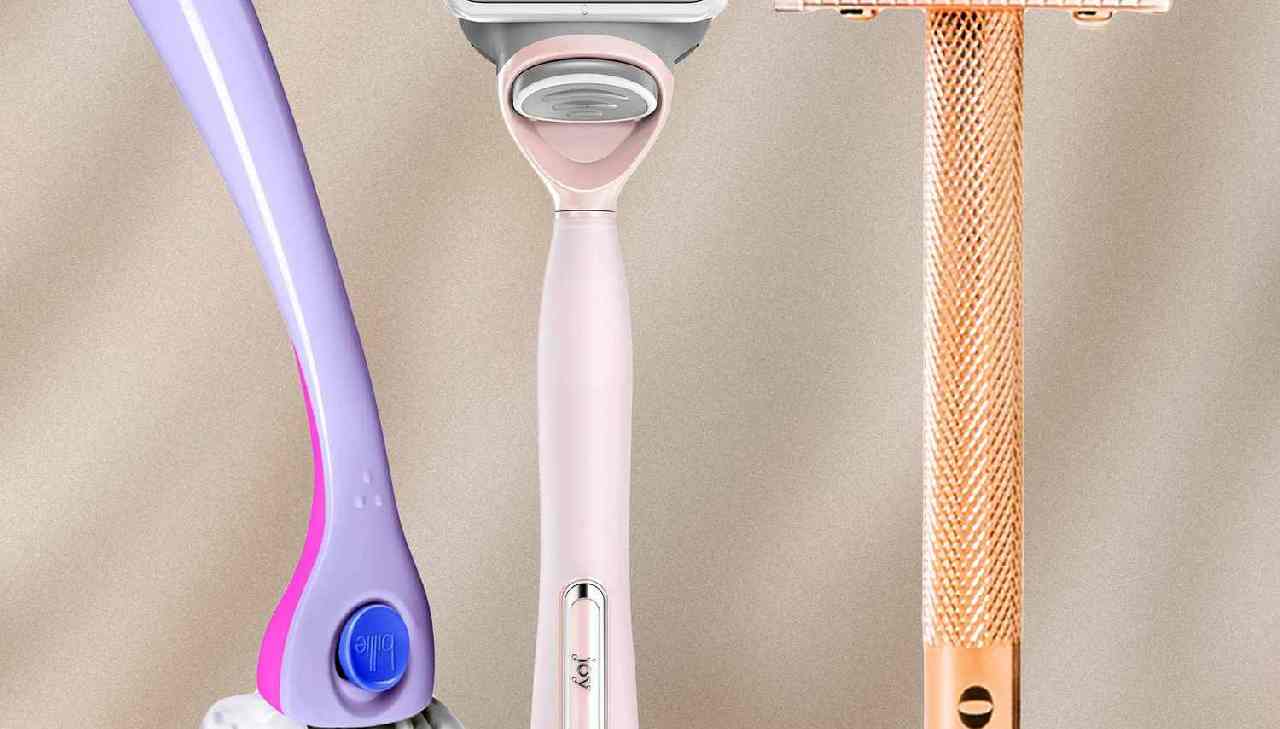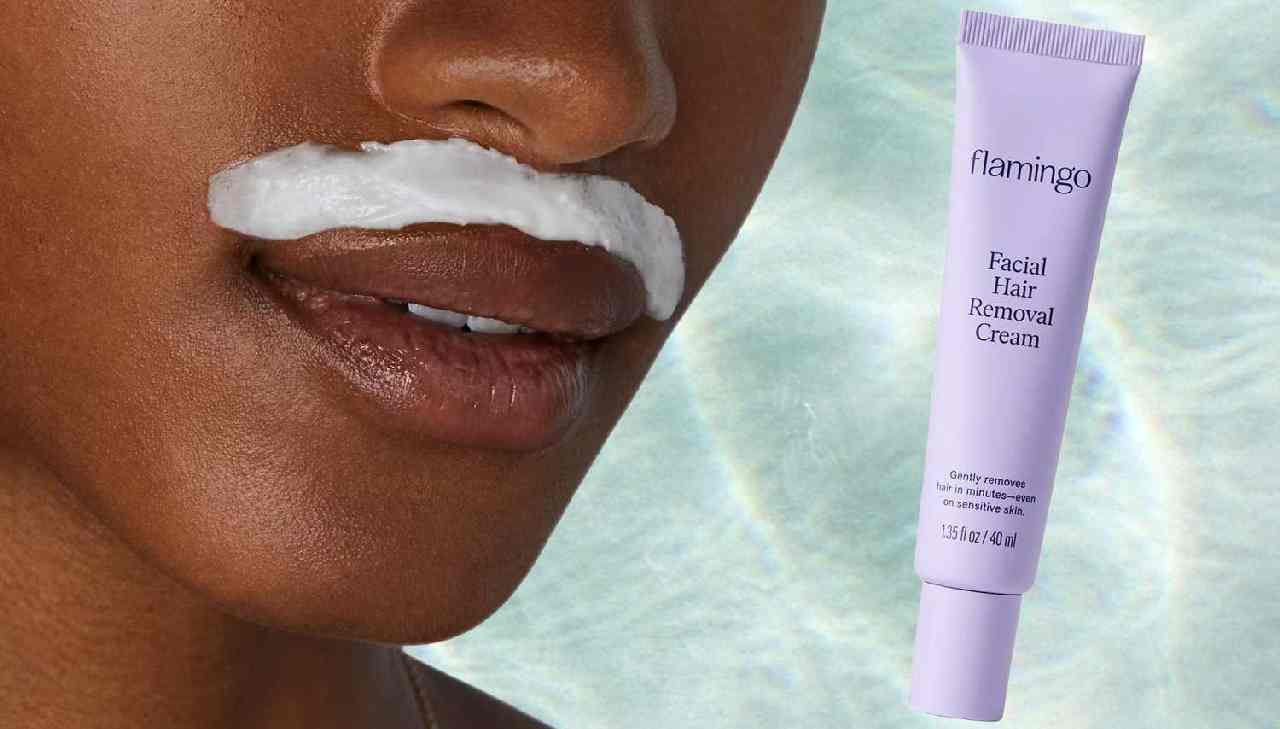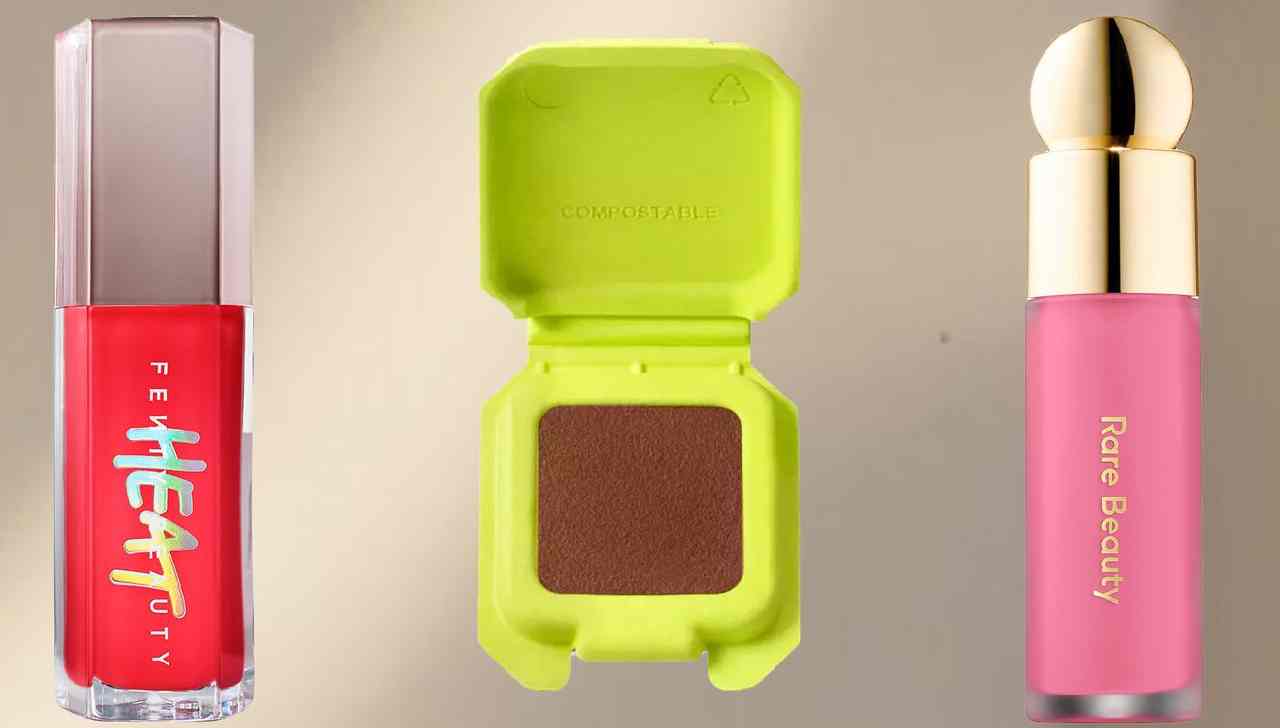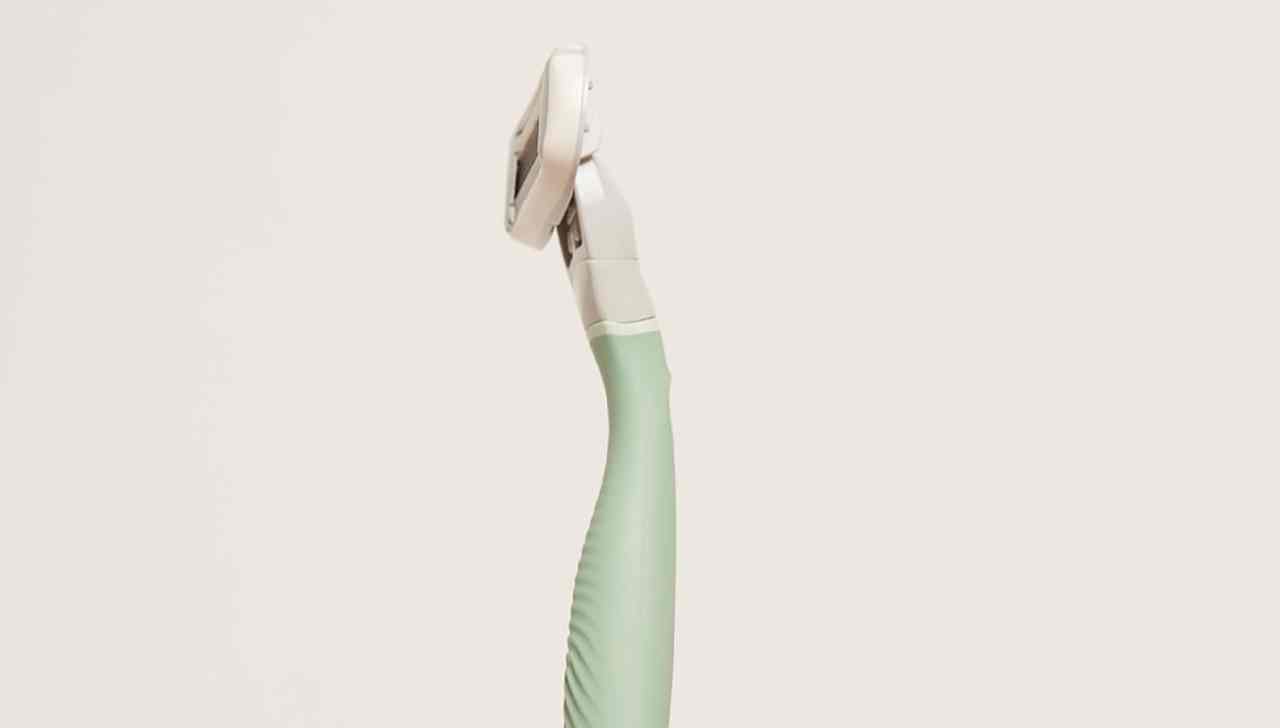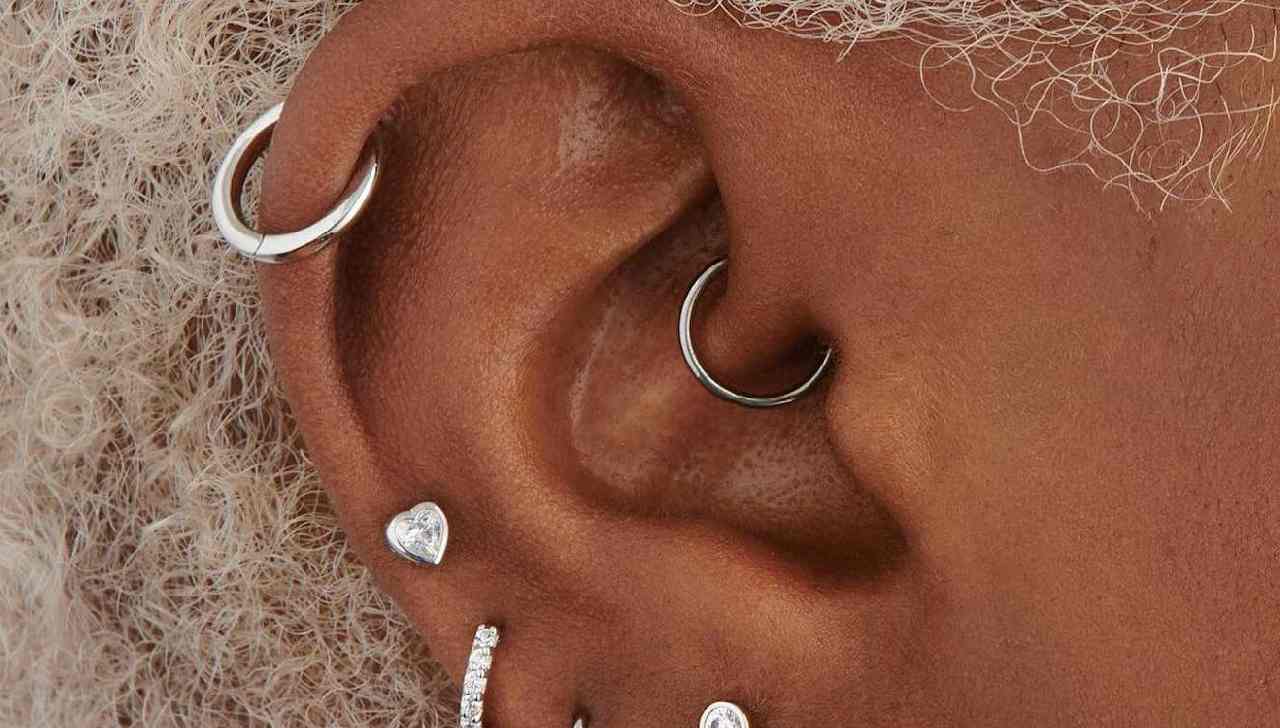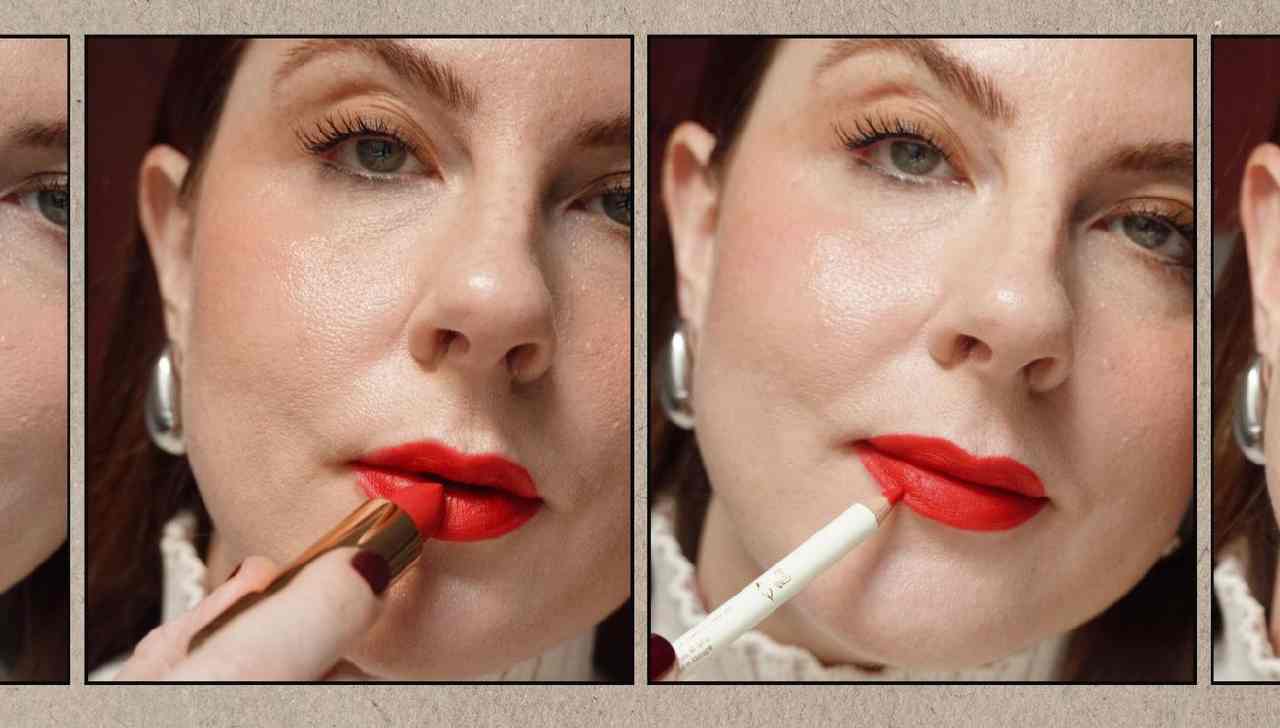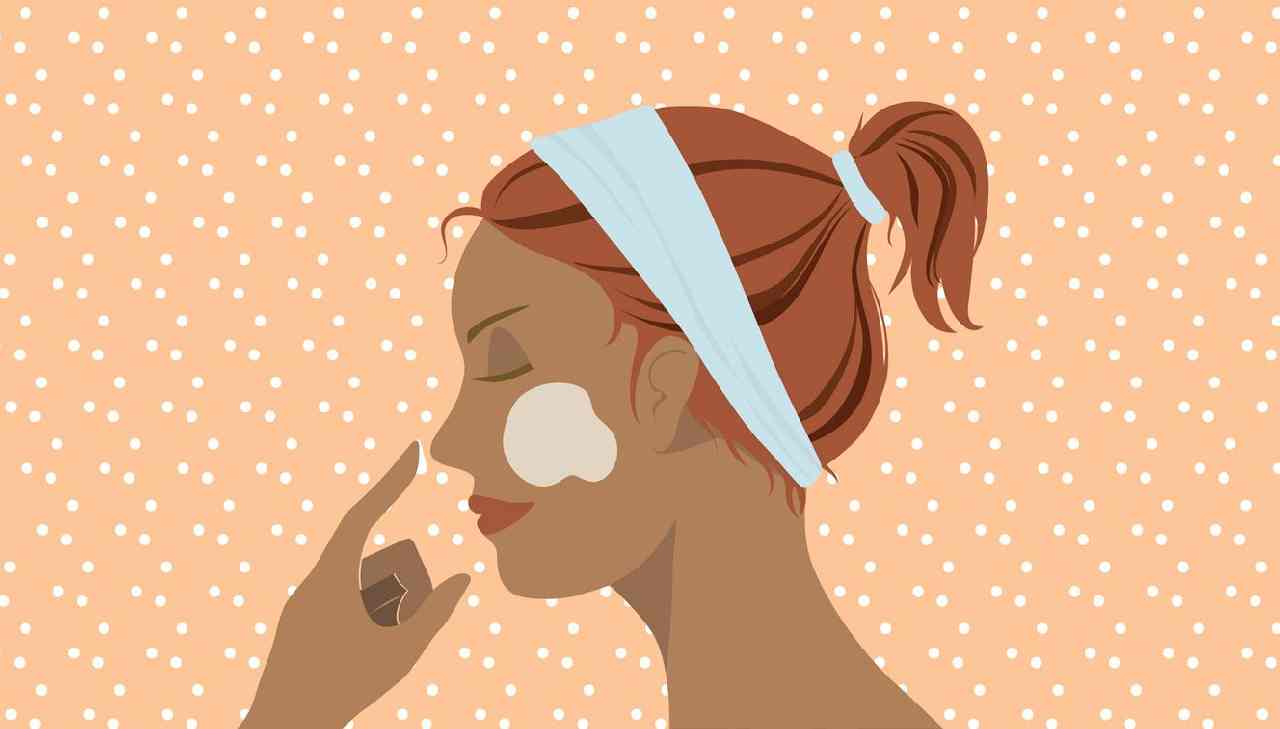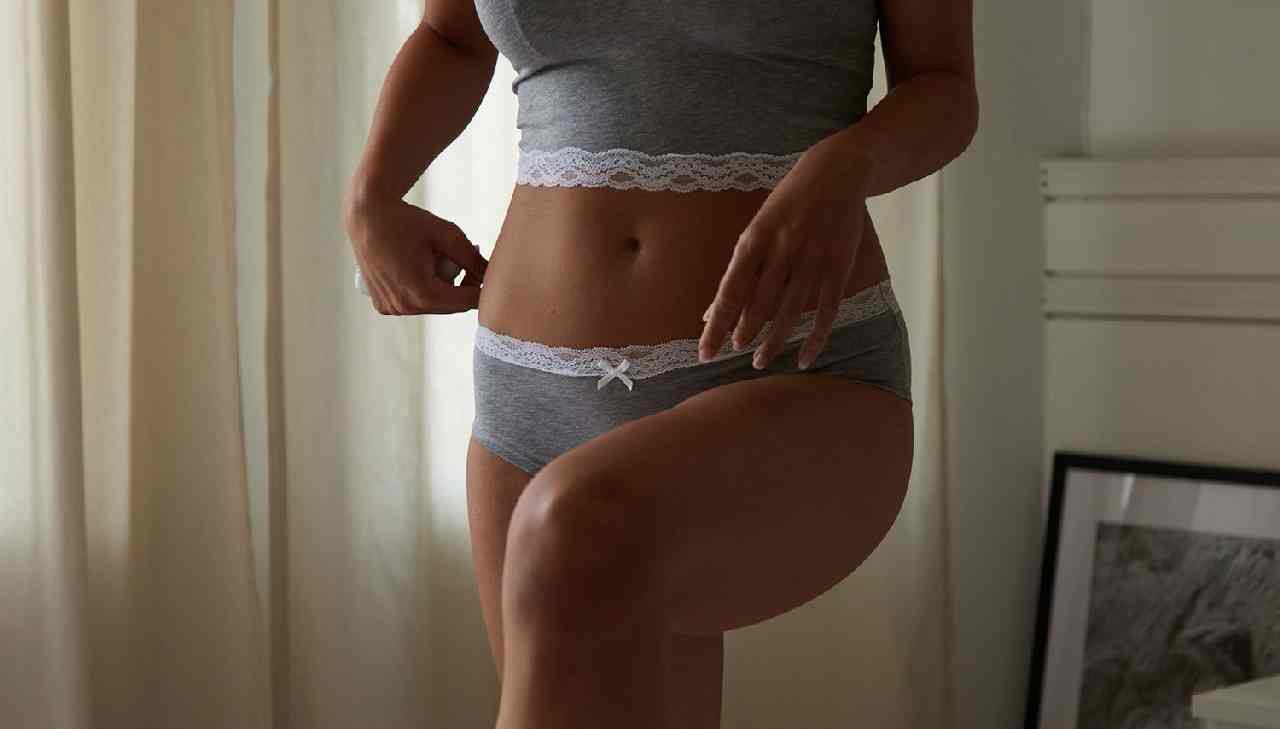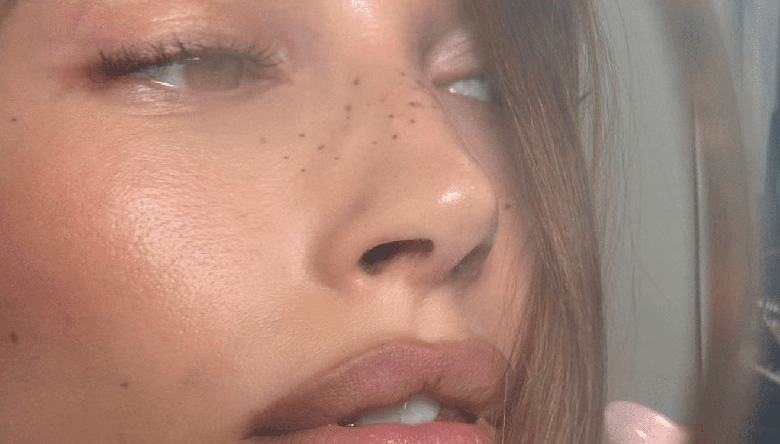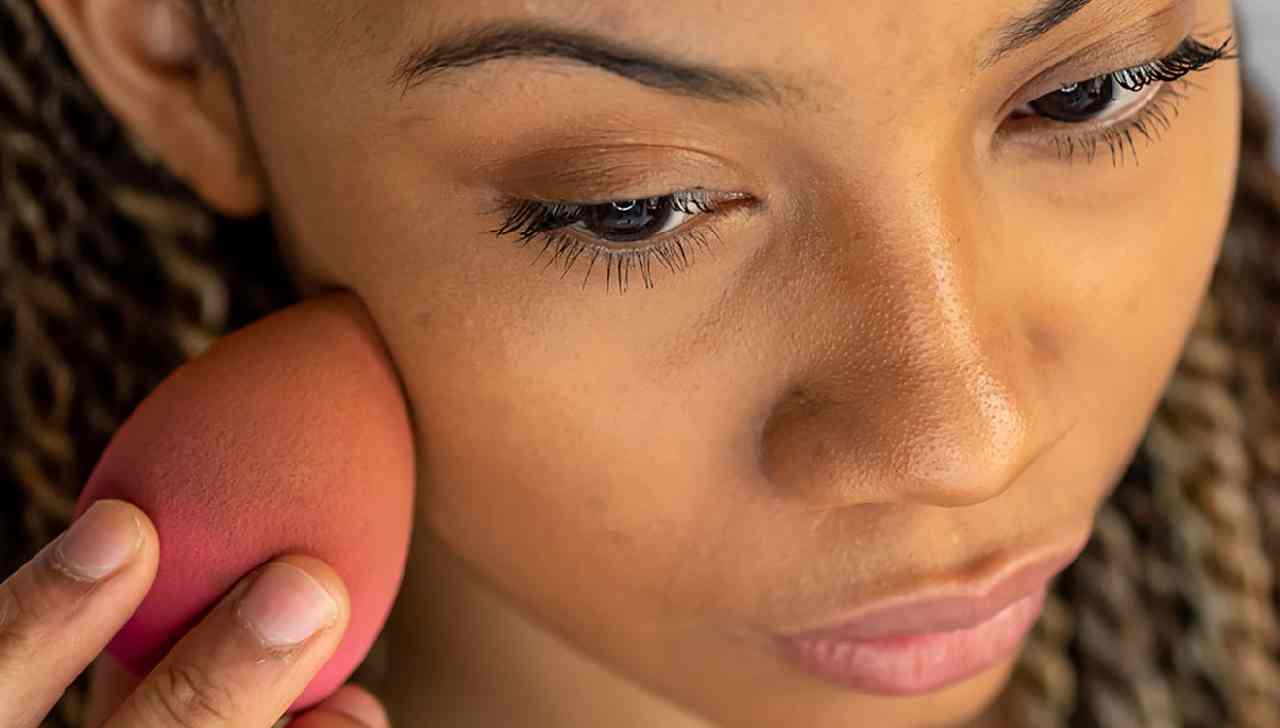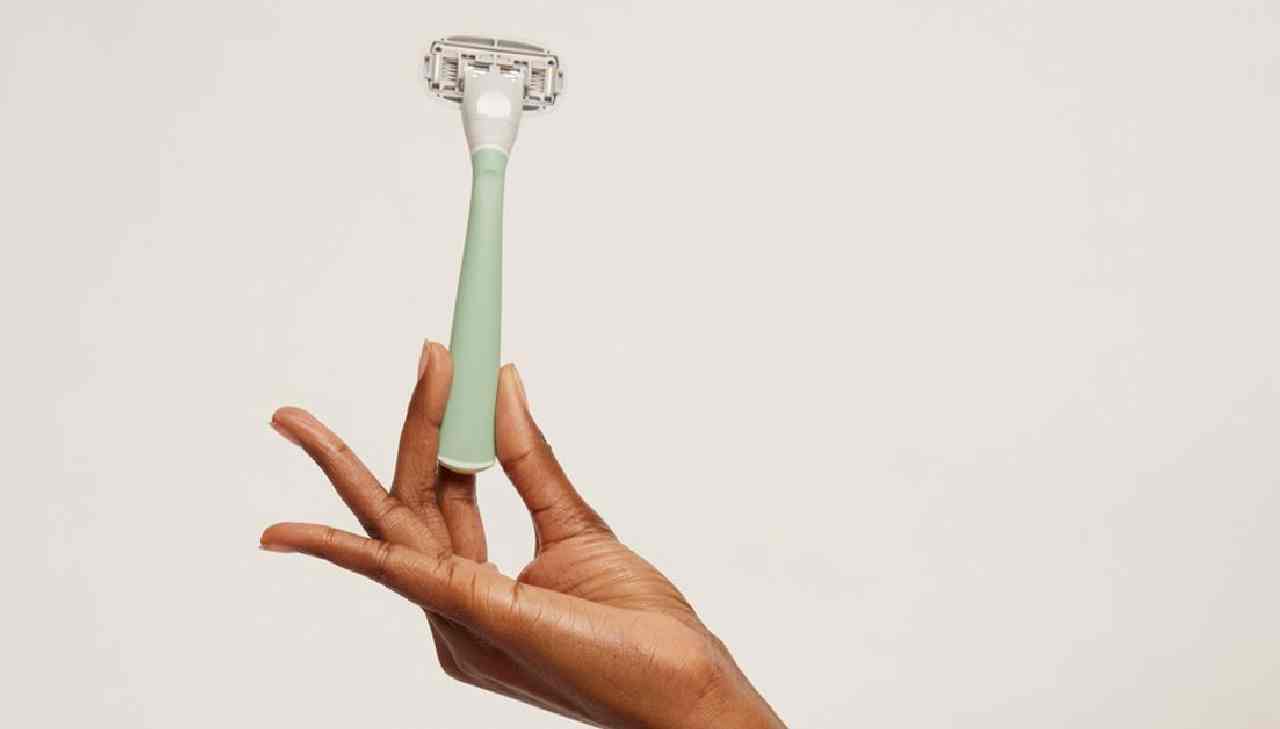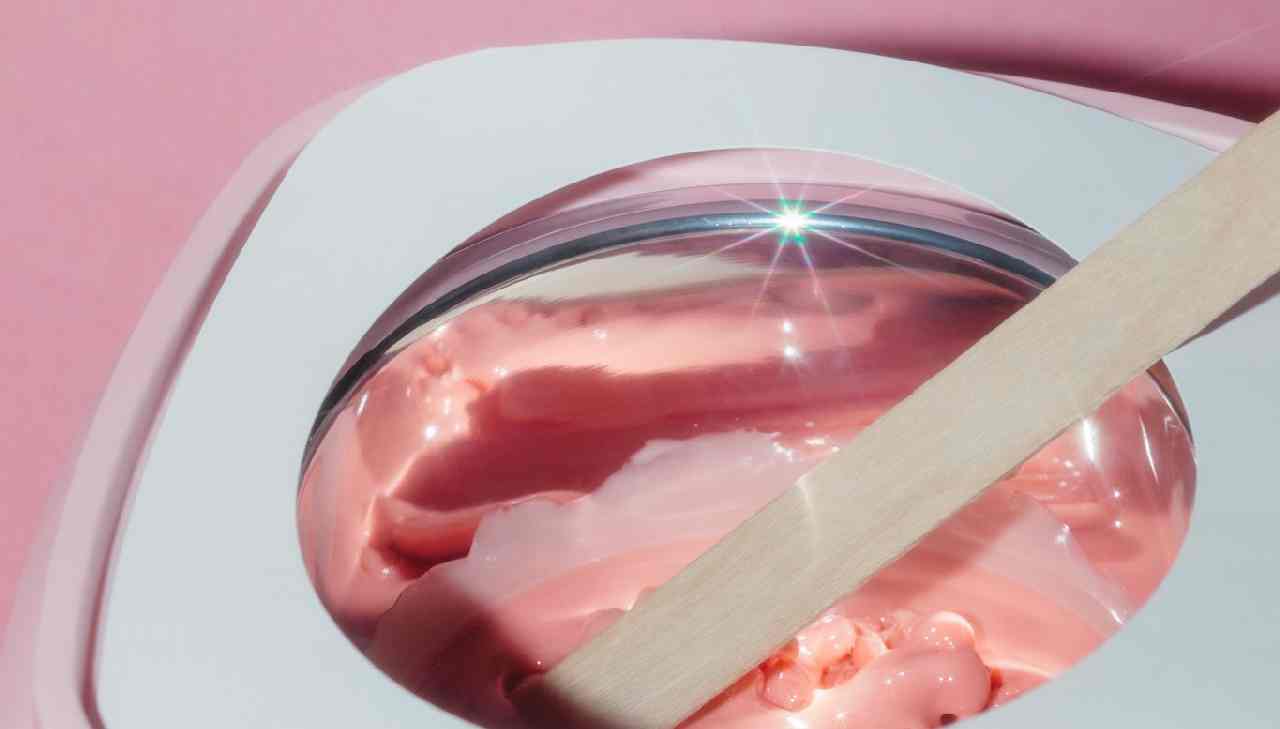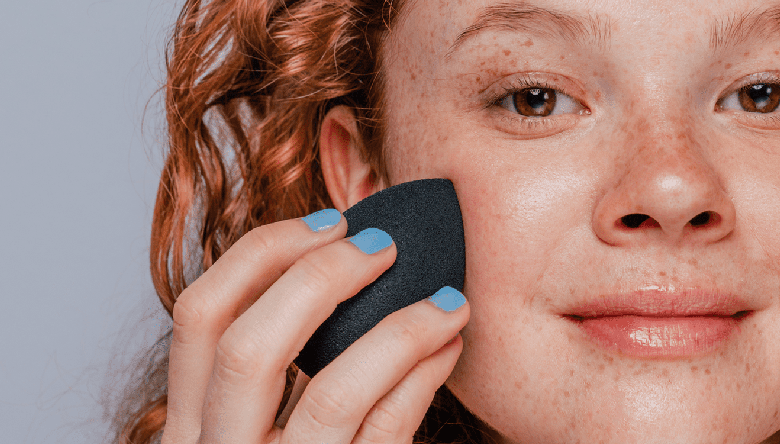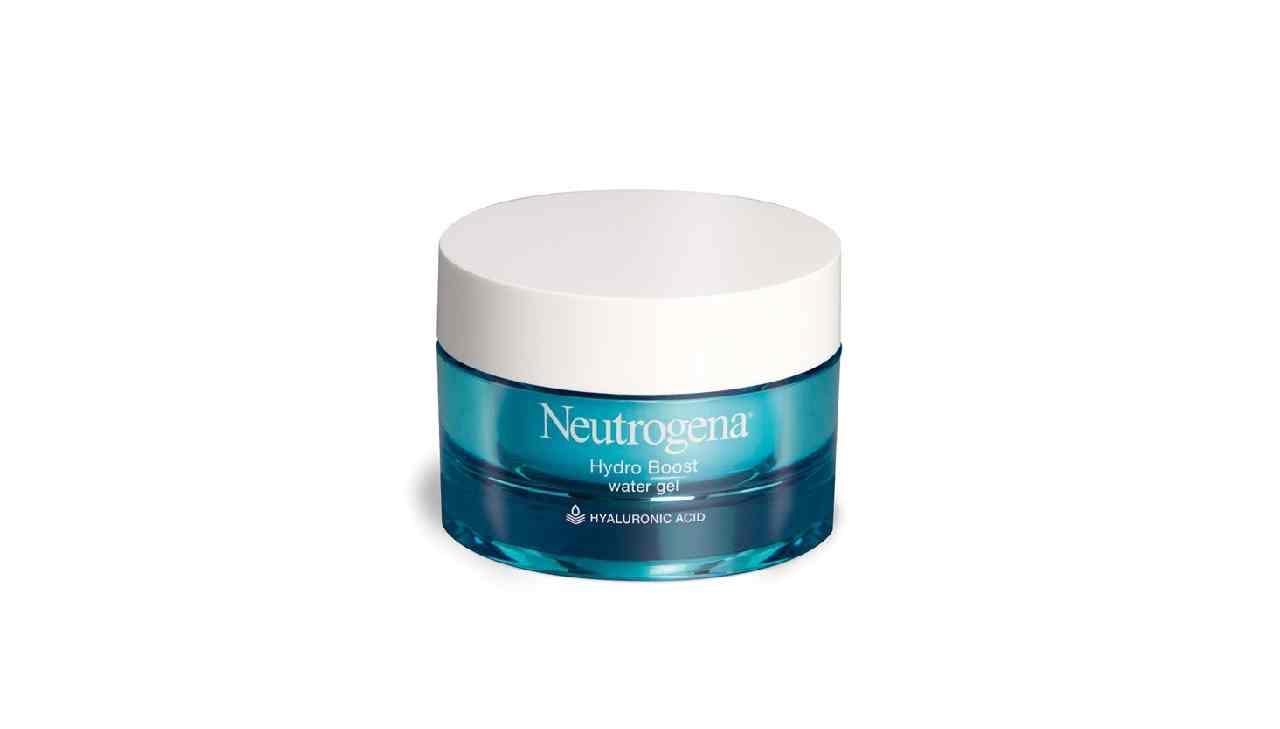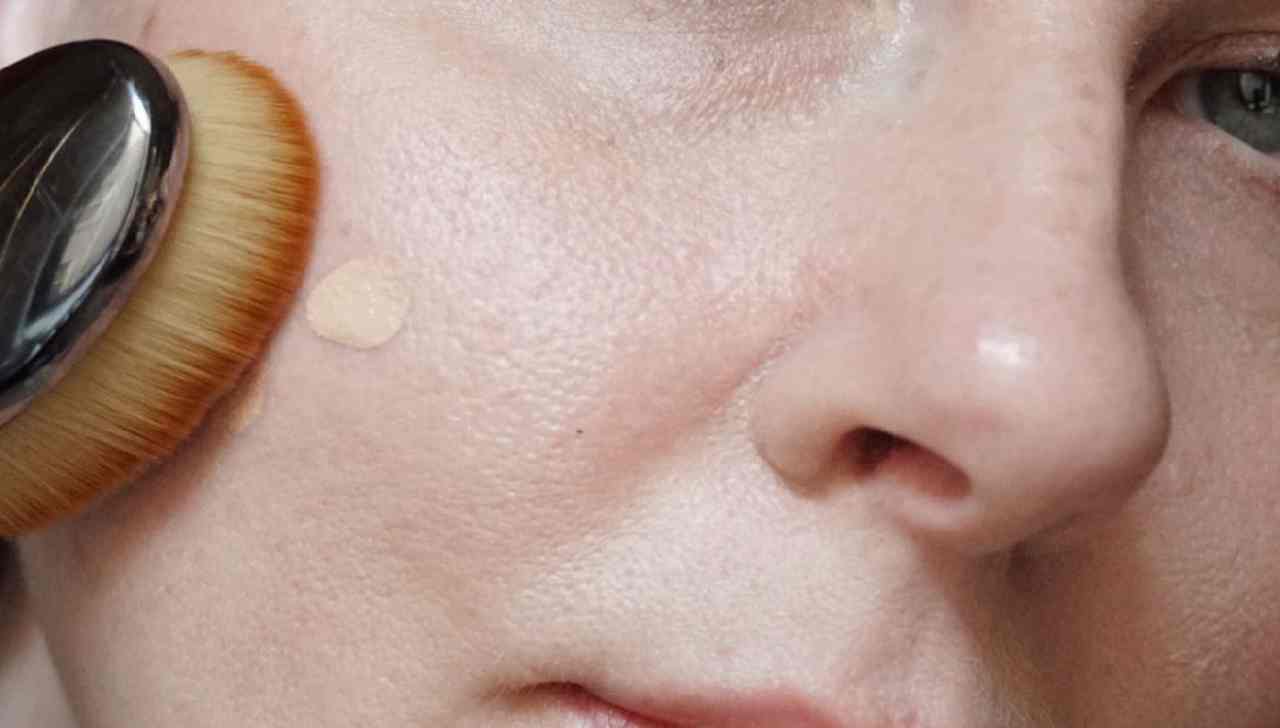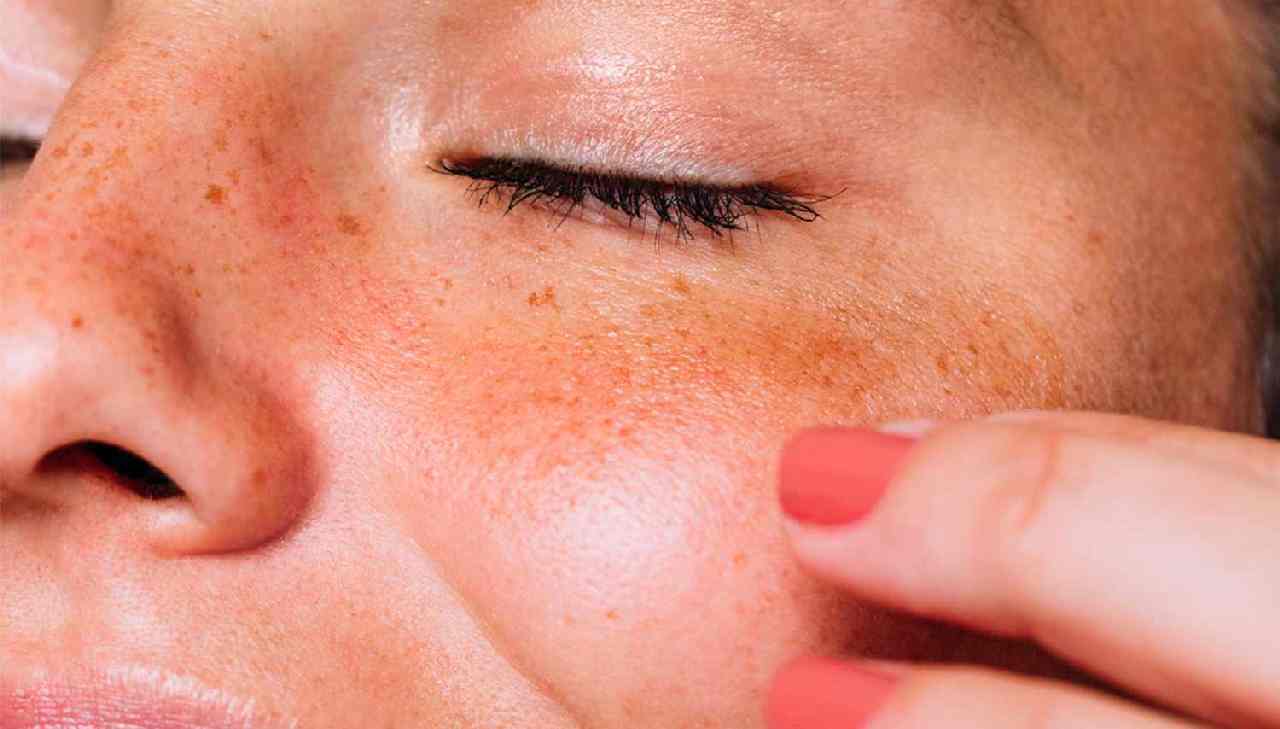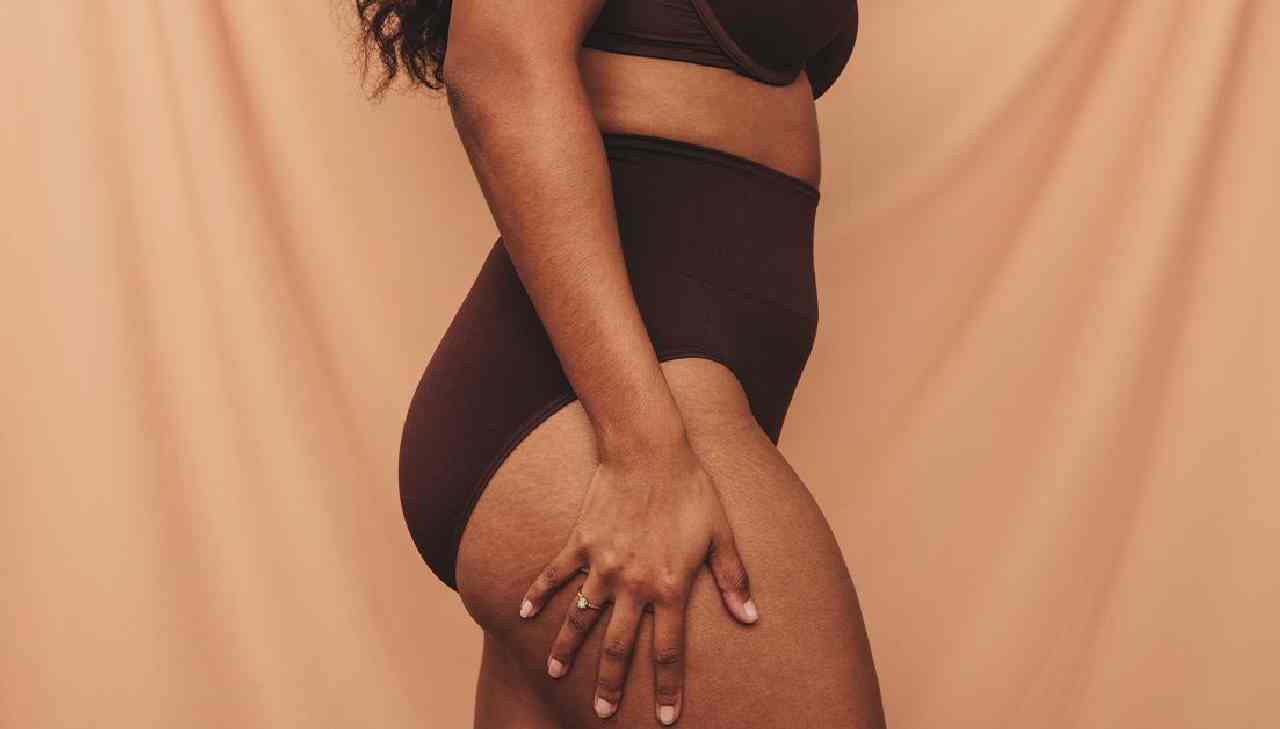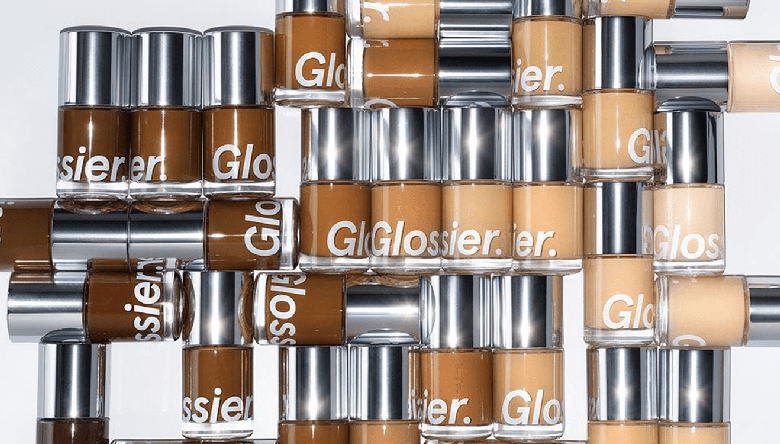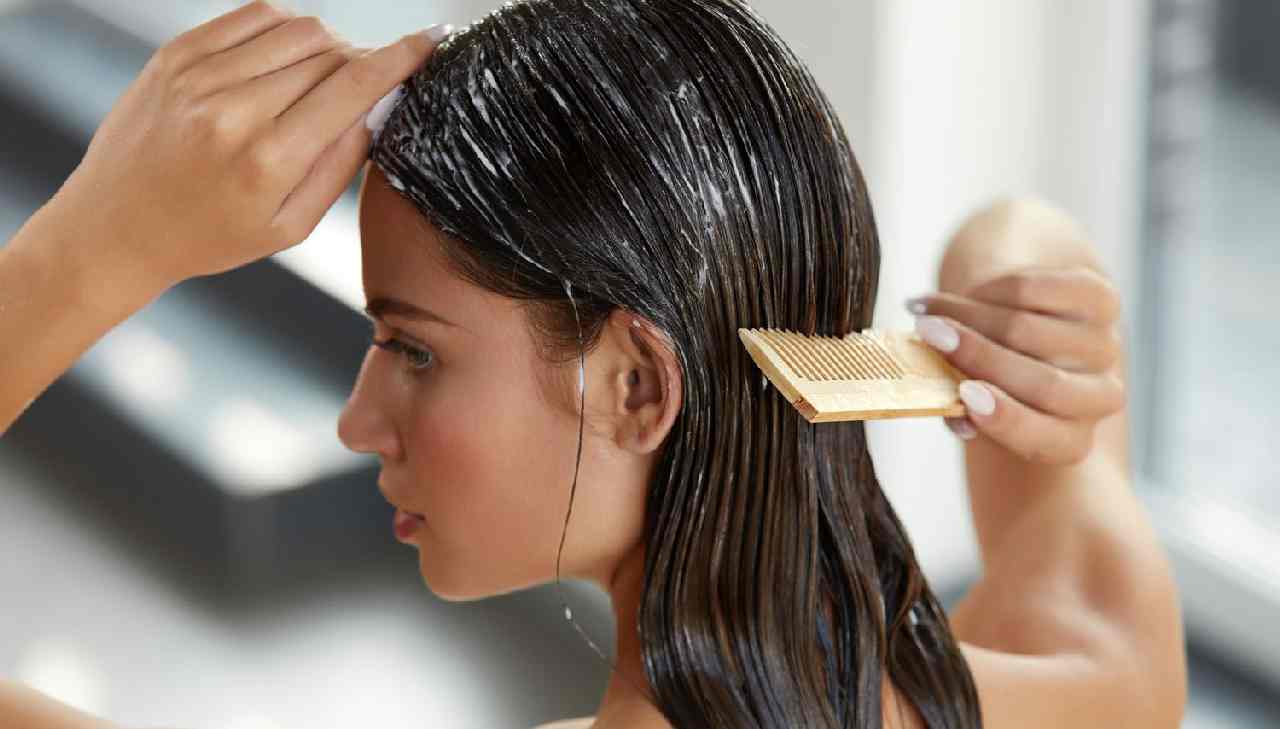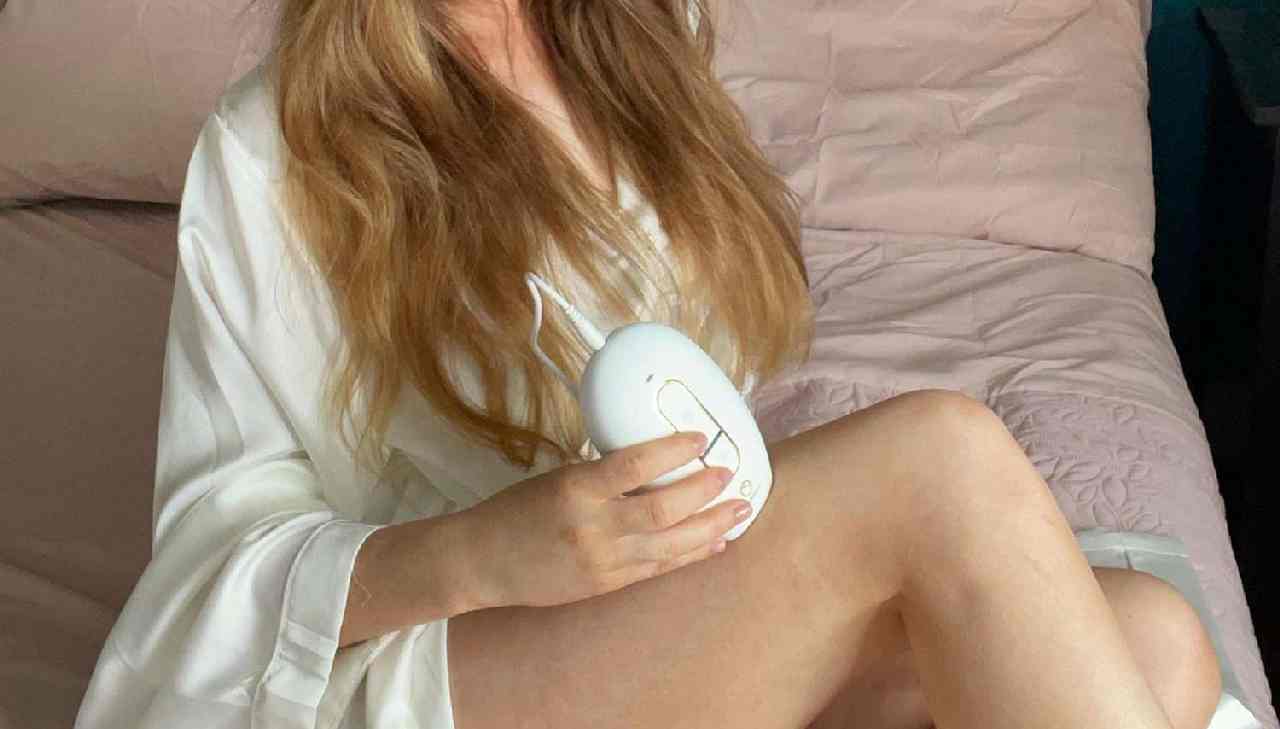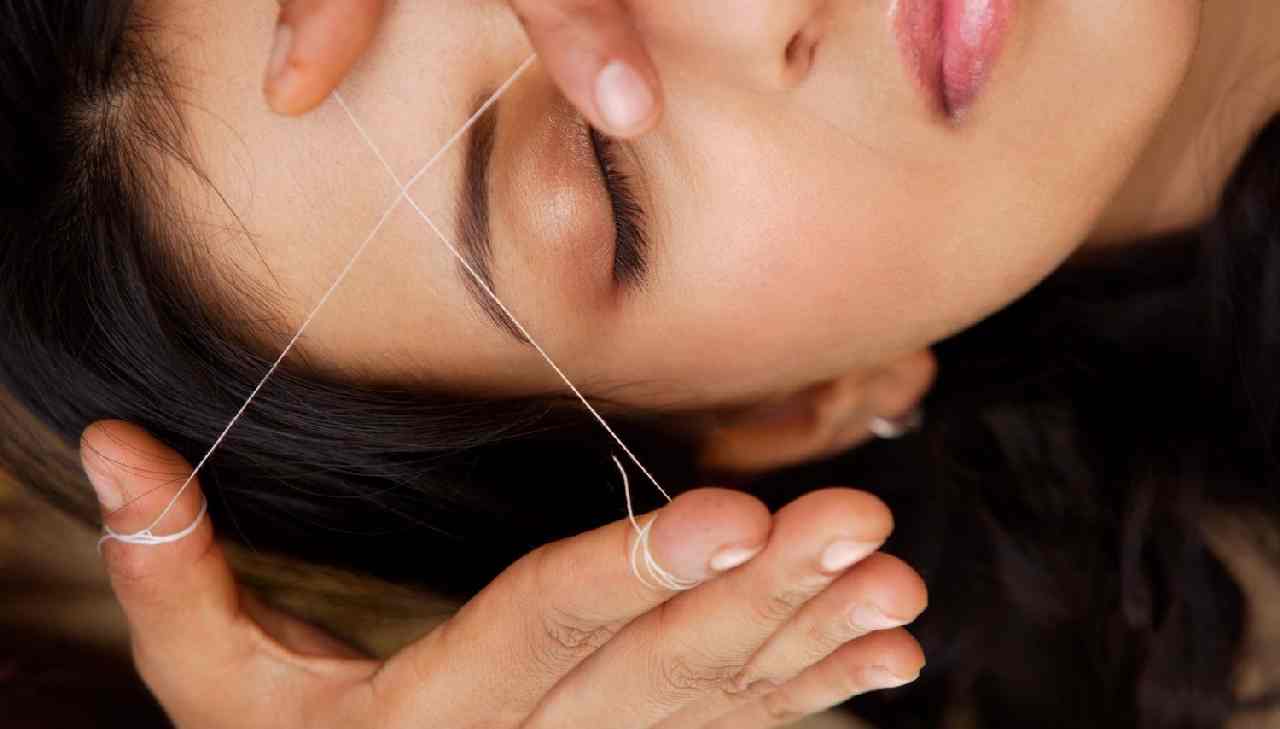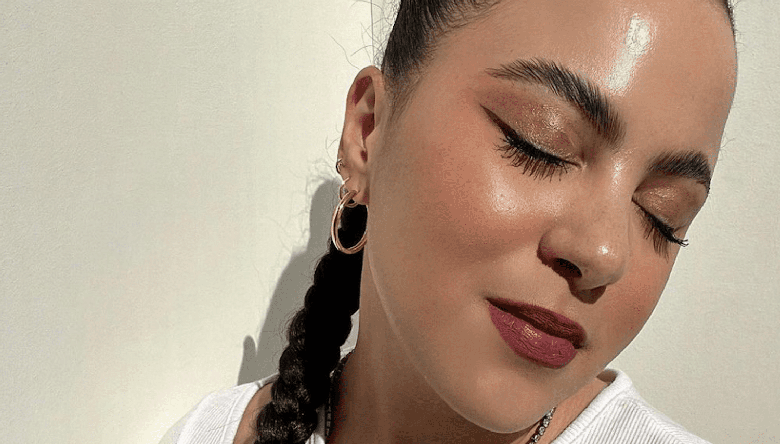6 Reasons Why Your At-Home Waxing May Not Be Working
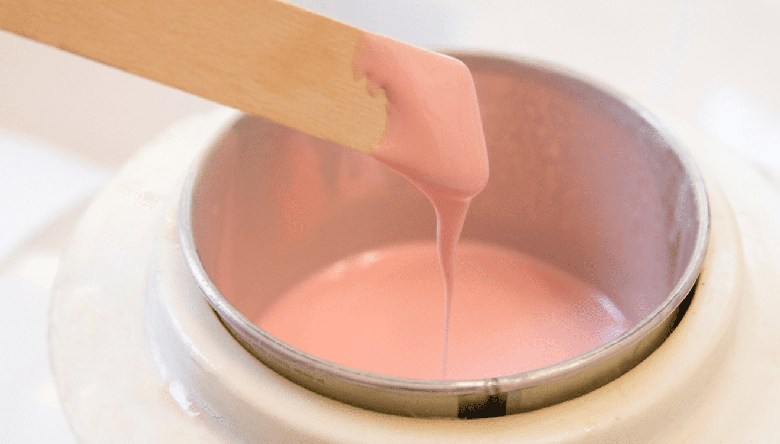
At-home waxing is a great alternative for those who want to save a bit of coin, or for people who feel a bit awkward getting their wax done at a salon or a spa. Luckily there are a lot of at-home waxing products on the market today if you fall into these categories or simply want to give DIY a try. But as with any beauty treatment, there are a few steps that should be followed to achieve the best results. It’s normal for a couple of strays to be left over when waxing, however, if the majority of your hair isn’t being removed or is breaking during the process, it’s time for some investigation into why.
Below are some of the biggest reasons waxing may not be working for you. Read ahead for expert-approved tips to make sure your next at-home waxing session is a success.
Meet the Expert
- Christina Uzzardi is an esthetician and the founder of Cheeks + Co, a spa based in Pasadena, CA.
- Jill Skibba is the Lead Waxing Educator at Cheeks + Co.
- Mikelle Brown is an esthetician and the Director of Education at FACE FOUNDRIÉ.
01
of 06
Your Hair Isn’t the Right Length
Most commonly, length is a major factor. Generally, hair needs to be about ¼ inch for the wax to fully grasp it. If it’s any shorter than that, the wax may not be able to take hold, and therefore may not be able to be removed. But waxing isn’t necessarily about “the more, the better.” If the hair you’re waxing is too long for the procedure, there’s more chance of not only serious pain, but also broken and missed hair. A good rule of thumb is that hair should be about as long as a grain of uncooked rice, or just slightly longer.
“I like to recommend at least 6 weeks of hair growth between waxing and shaving. If the hair is longer than 3/4 of an inch then you should trim it beforehand,” Jill Skibba, an educator at waxing salon, Cheeks + Co., says.
02
of 06
You Aren’t Waxing Properly
If you’re not getting the results you want, there’s a chance that you waxed the wrong way. Wax has to be applied in the direction of hair growth and removed swiftly in the opposite direction. If it’s not removed fast enough (which can be hard to do by yourself), then there won’t be enough force to pull the hair out. Additionally, the hair can break in the process. Removing the hair in the wrong direction won’t lift the hair out either, for the same reason. Watch the growth pattern, as hair can grow in different ways, especially in the underarms.
03
of 06
Your Skin Isn’t Clean Enough
Sometimes waxing has nothing to do with the hair at all, but with the skin, which needs to be completely clean before you wax. Anything resting on top of your skin might be repelling the wax, especially if you’re using a kind of wax that requires a strip. If you don’t have a pre-wax cleanser, use a gentle facial or body cleanser, then take a clean cotton pad to swipe away any remaining moisture. Skin should be dry, too. Two major reasons to remember this tidbit: along with making waxing less painful, it allows more hair to be removed.
“Before waxing, you’ll want to make sure you start with clean, bare skin (avoid lotions and oil). I recommend taking a warm shower or bath right before, as this will ensure your pores are prepared,” Christina Uzzardi, the founder of Cheeks + Co. says.
Byrdie Tip
Apply pre-epilation powder to the skin before waxing to absorb excess moisture and help the wax stick to the hair instead of the skin.
04
of 06
You Aren’t Using the Right Type of Wax
You might be using the wrong kind of wax. Hard wax works well on coarse, thick hair. Soft wax can feasibly remove this type of hair as well, but needs to be strong enough. Check the label of your wax to see what type of hair it’s recommended for. Don’t put soft (a.k.a strip) wax on too thick. The strip will work to remove all the wax instead of the hair. It should just cover the hair instead of coating it thickly. Along with leading to missed hair, putting on too much product can lead to bruising.
Hard wax, in turn, needs to be applied much thicker, because it acts as its own strip, and “shrink wraps” the hair. While the instructions tend to vary with the manufacturer, a rule of thumb is that it should be roughly the thickness of a nickel. Hard wax that’s applied too thin won’t pull off in one piece, instead flaking off when you remove it, which renders it ineffective. Hard wax also needs to cool to fully harden. It will look kind of dull as it hardens and will sound like plastic when you tap it. If it’s not fully cool, it hasn’t completed “shrink wrapping.” And if you remove it when that’s the case, the hair will still be there.
Pre-made strips are a whole other beast and don’t have many fans in the professional waxing space.
Mikelle Brown, an esthetician at FACE FOUNDRIÉ says, “Pre-made wax strips can cause bruising or lifting if not done correctly.” But, some people sweat by them– it all comes down to personal preference. In general, they work best on sparse areas of hair, which on most people means the toes and the belly. Typically, when they’re used for the legs, bikini line, or back, the results tend to be less than optimal. Regardless, be sure to heat them a bit before you pull them apart, rubbing them between your hands so they’re at least room temperature. This is important as cold wax won’t stick well to hair.
With any wax that uses a strip, pre-made or not, firmly smooth hands or fingers over the strip in the direction of hair growth a couple of times after applying. This allows heated wax to slightly cool, and heated or non-heated wax (like pre-made strips) to attach to hair.
Another type of wax that exists, but we don’t recommend, is cold wax. It has its fans, but soft wax that’s heated up in a wax pot (not a microwave—seriously) spreads much easier and attaches to hair better, generally giving you a better result.
While it does take some time to get the technique down, you could also be using a poor-quality wax that just isn’t doing the job correctly. Get a wax pot, and make sure you’re buying the best possible quality products. If you’re looking for a soft wax then we recommend the Satin Smooth Honey Wax With Vitamin E ($18). As for a good hard wax, we recommend the Gigi Brazilian Waxing Kit ($44).
Uzzardi says if you’re serious about at-home waxing, she recommends investing in an affordable small wax warmer. Skibba seconds this sentiment and recommends using Starpil’s Starter Wax Warmer ($60).
05
of 06
You’re Picking the Wrong Time to Wax
Okay, maybe saying there’s a wrong time to wax is a bit extreme, but there are definitely more suitable times to wax to get better results. “I think it’s good to make sure you have been off retinoids or chemical exfoliants for at least 5 days before waxing as using these types of products can cause your skin to become more sensitive,” Brown explains. “You should also avoid botox or fillers 2 weeks prior to waxing.”
While waxing on your period is very much okay, you might want to avoid it if you have a low pain threshold. “Waxing on your period could possibly be more painful as your nerves are more sensitive, but you can absolutely wax while on your period,” Brown adds.
06
of 06
You’re Skipping Aftercare
If you want your skin to look good after your at-home waxing session then you shouldn’t skip out on the aftercare steps. Uzzardi recommends exfoliating a few times a week to reduce the likelihood of ingrown hairs. We recommend using Fur’s Silk Scrub ($54) to help buff away dead skin cells. While exfoliating is great, Brown thinks it’s best to wait at least 24-48 hours after waxing before using any type of exfoliant.
“Avoid excessive exercise, steam, and hot tubs for at least 24 hours after waxing,” Skibba adds.


 English
English 




